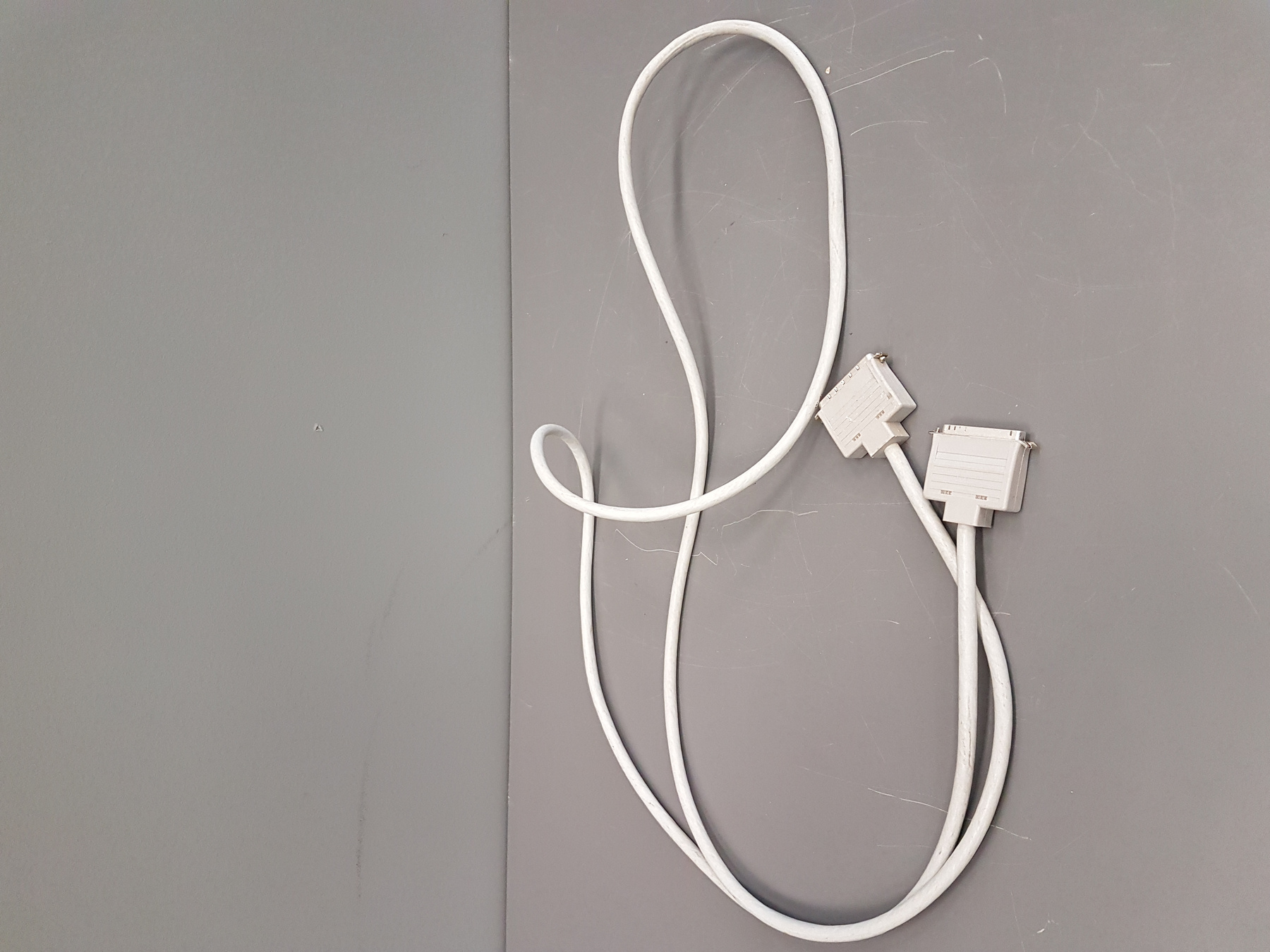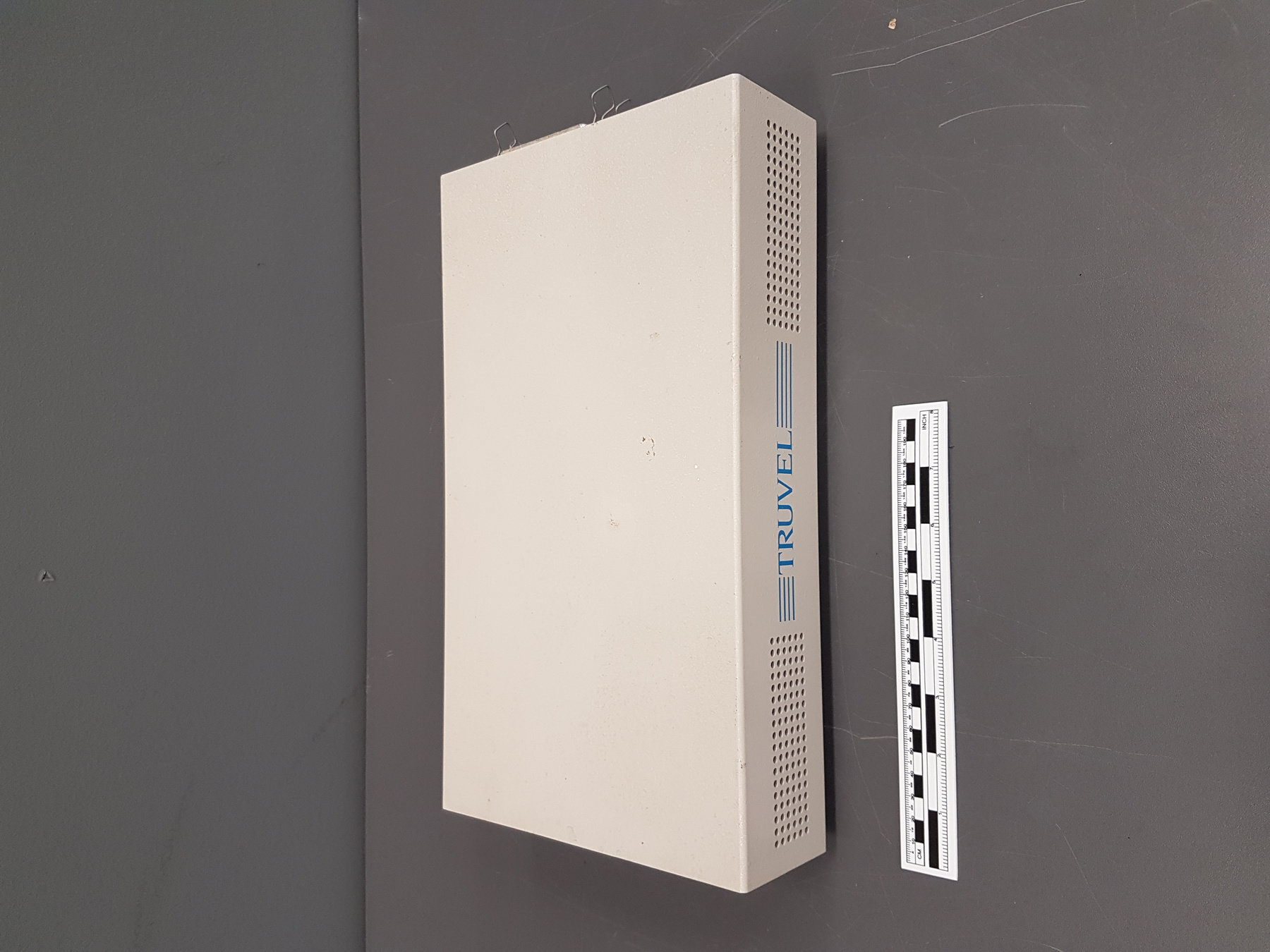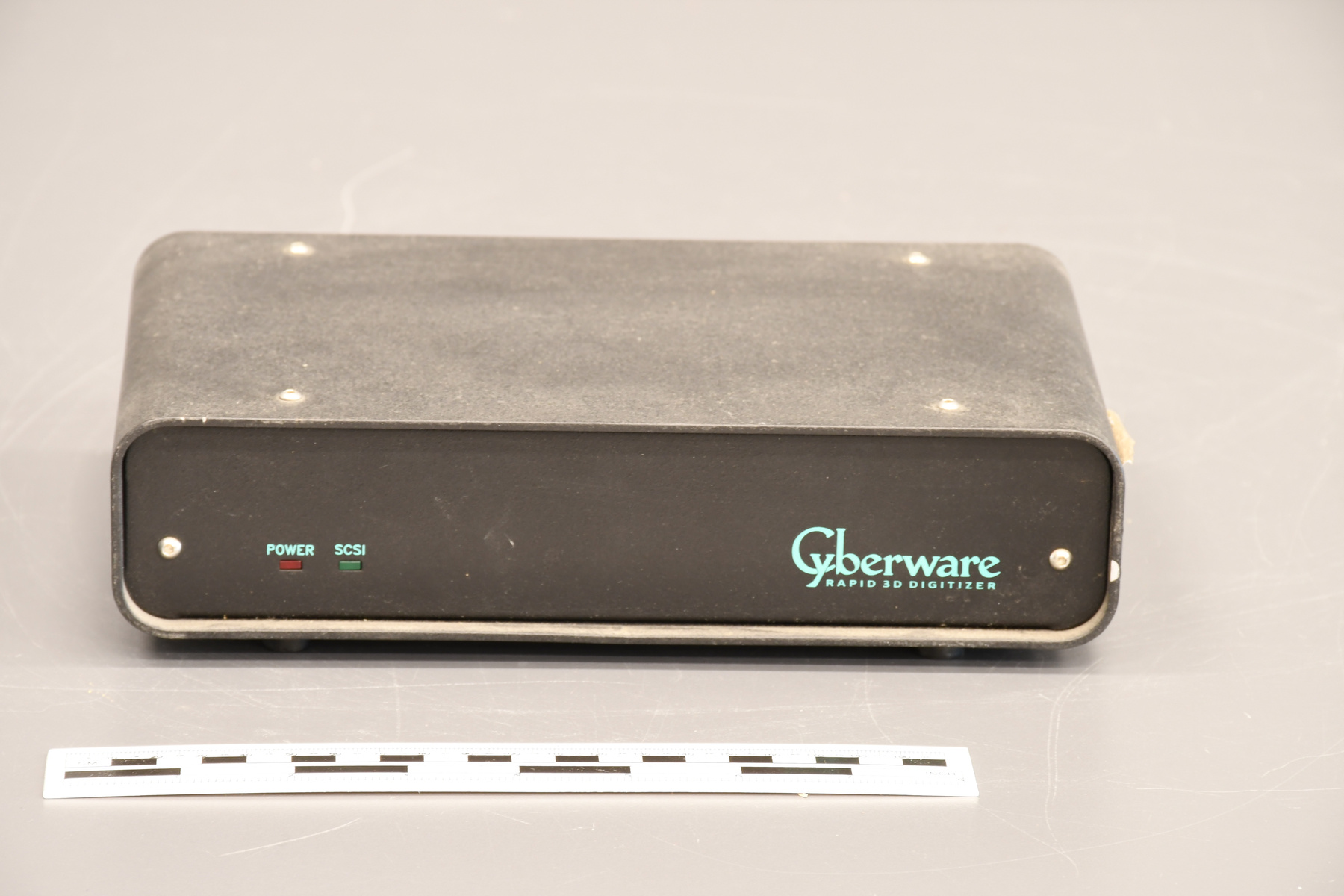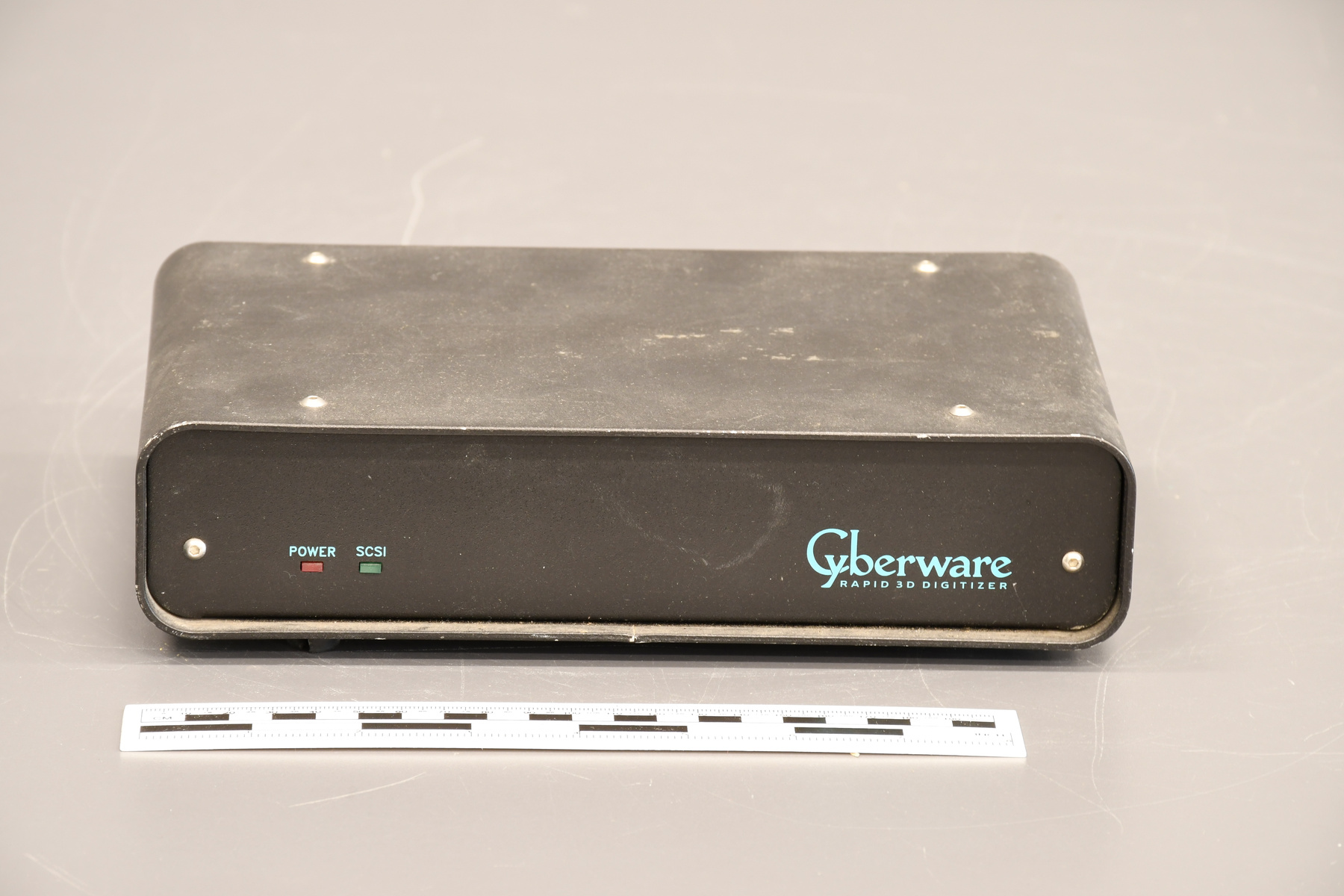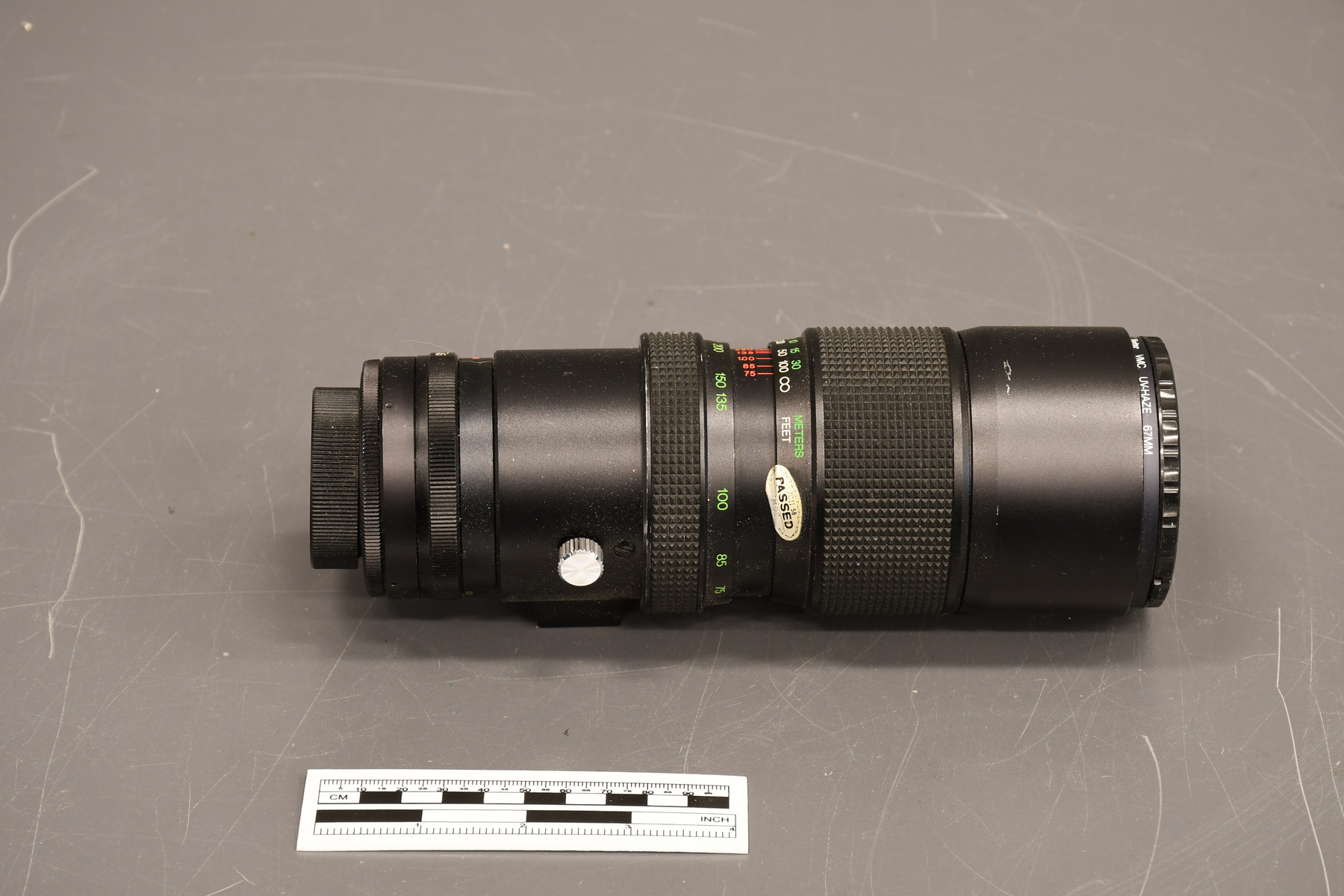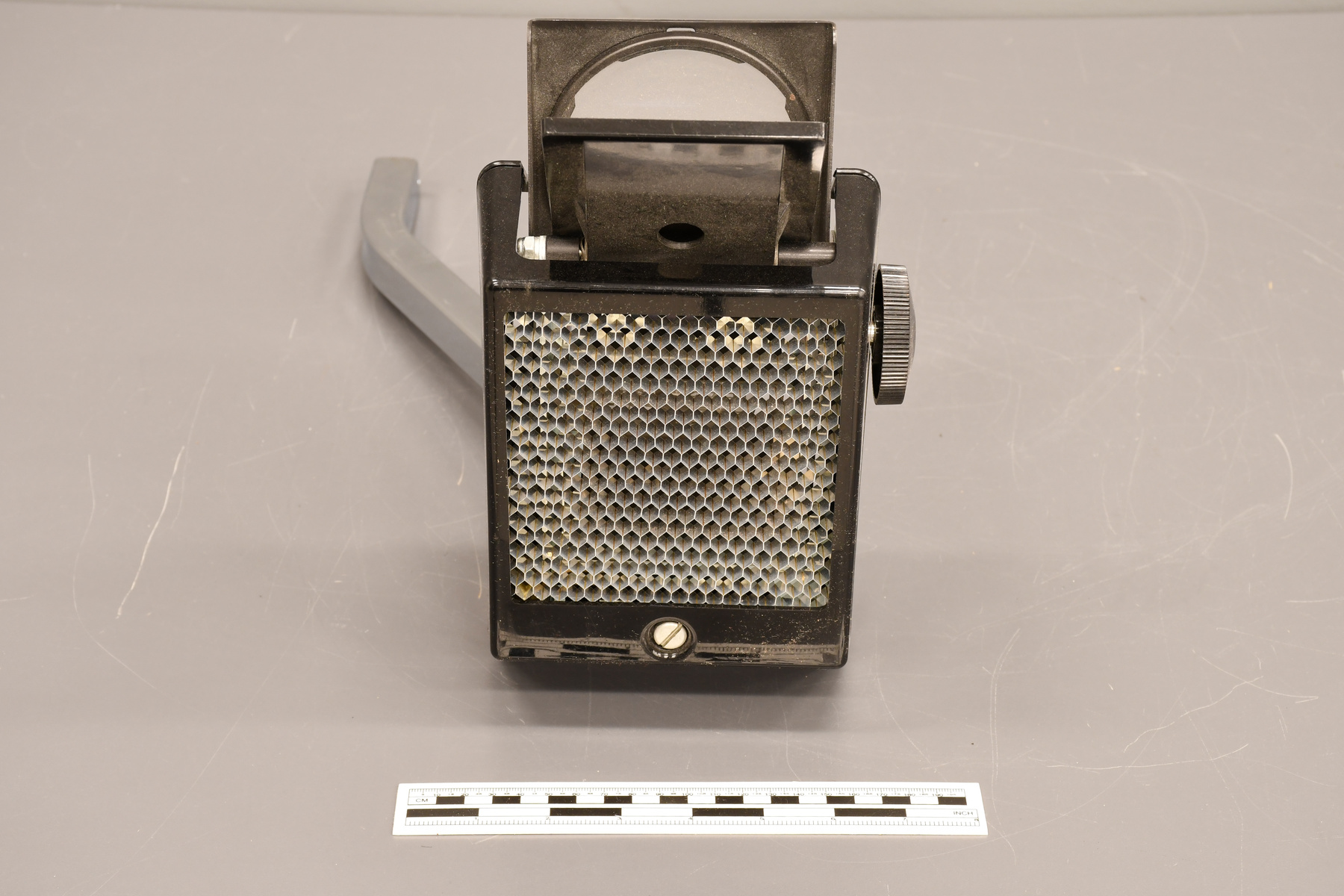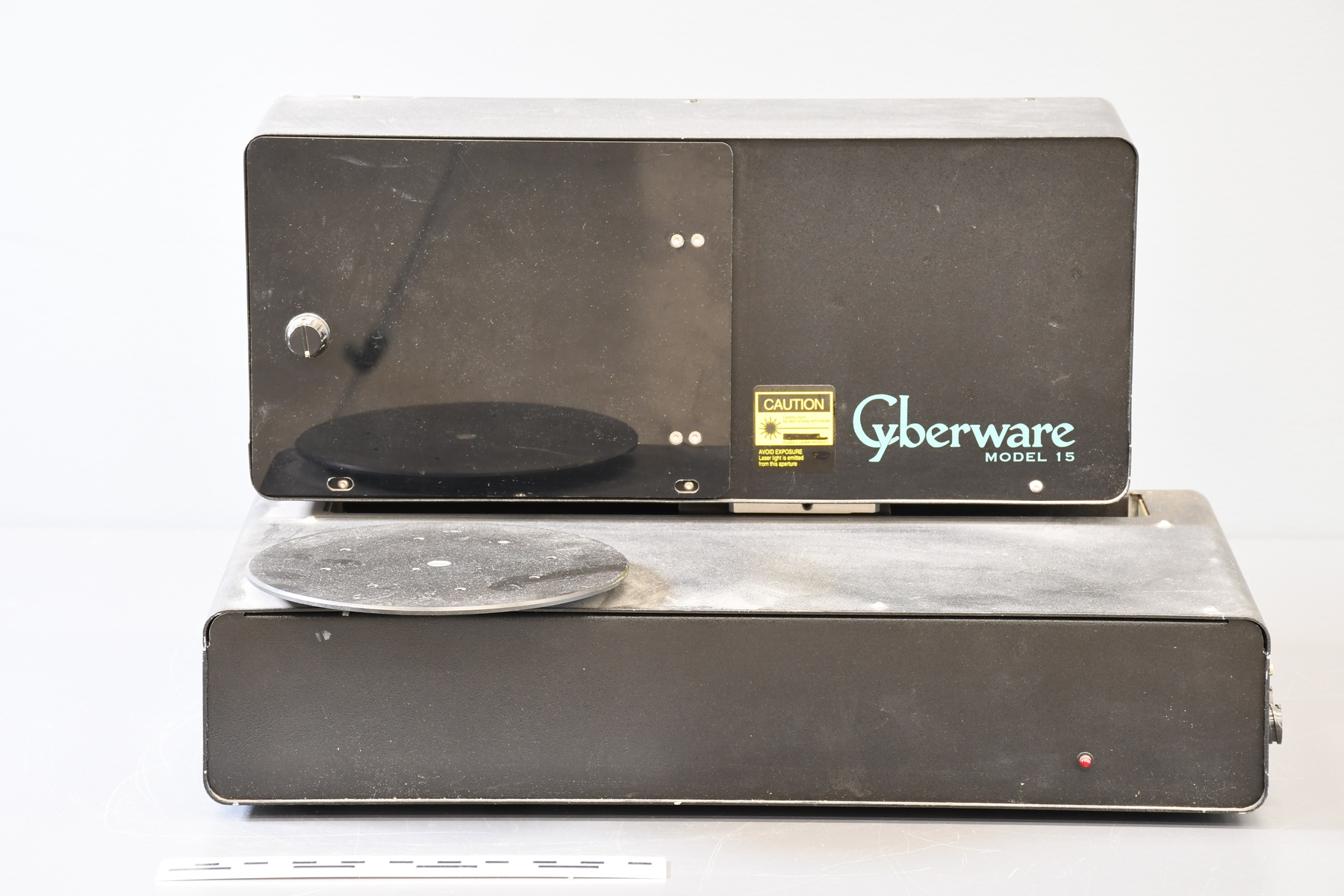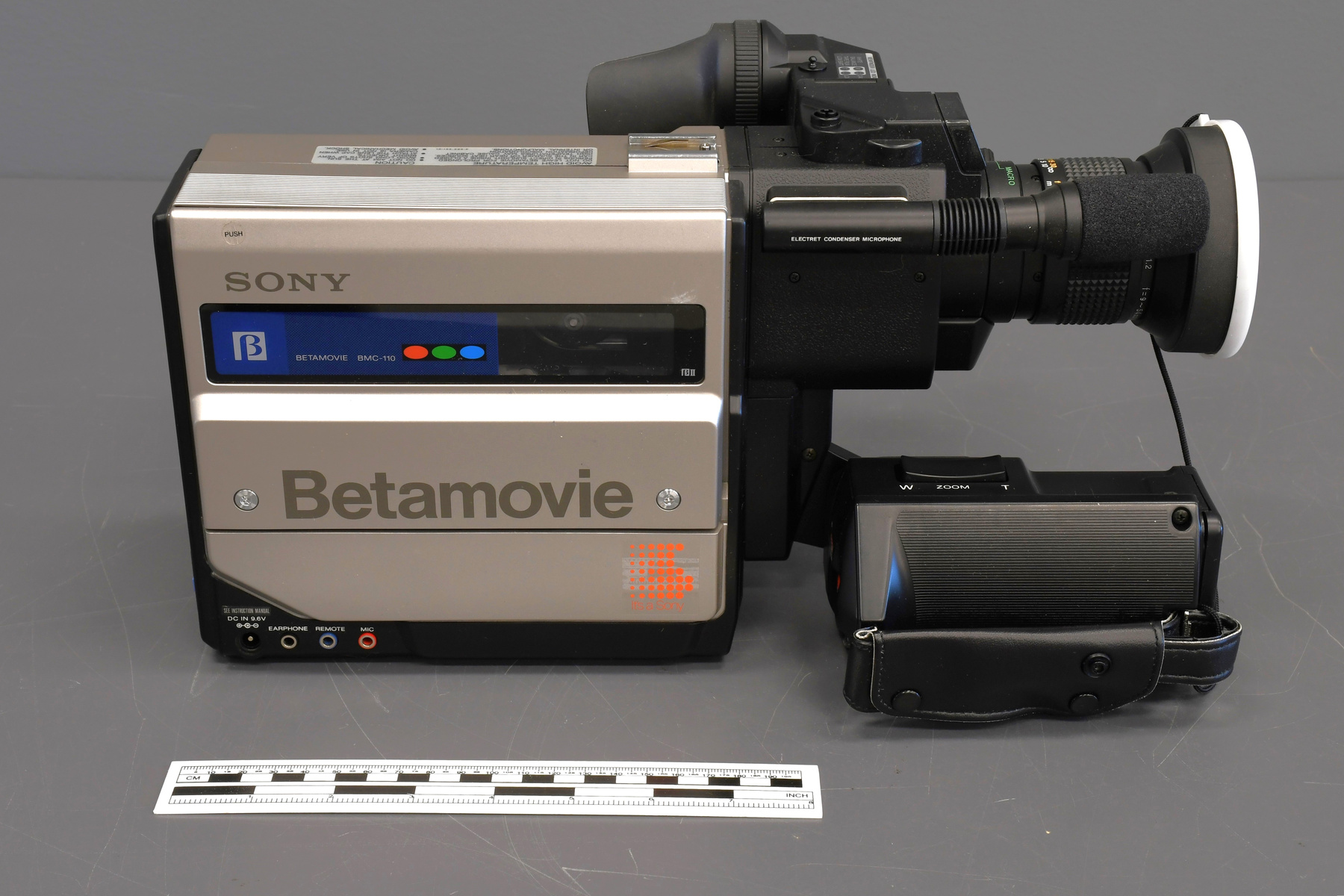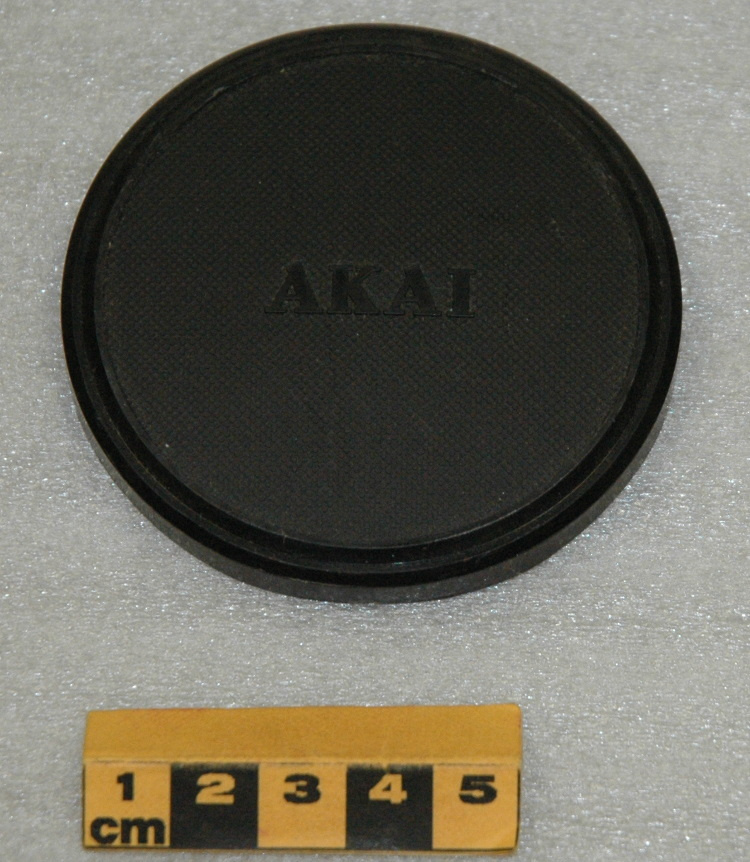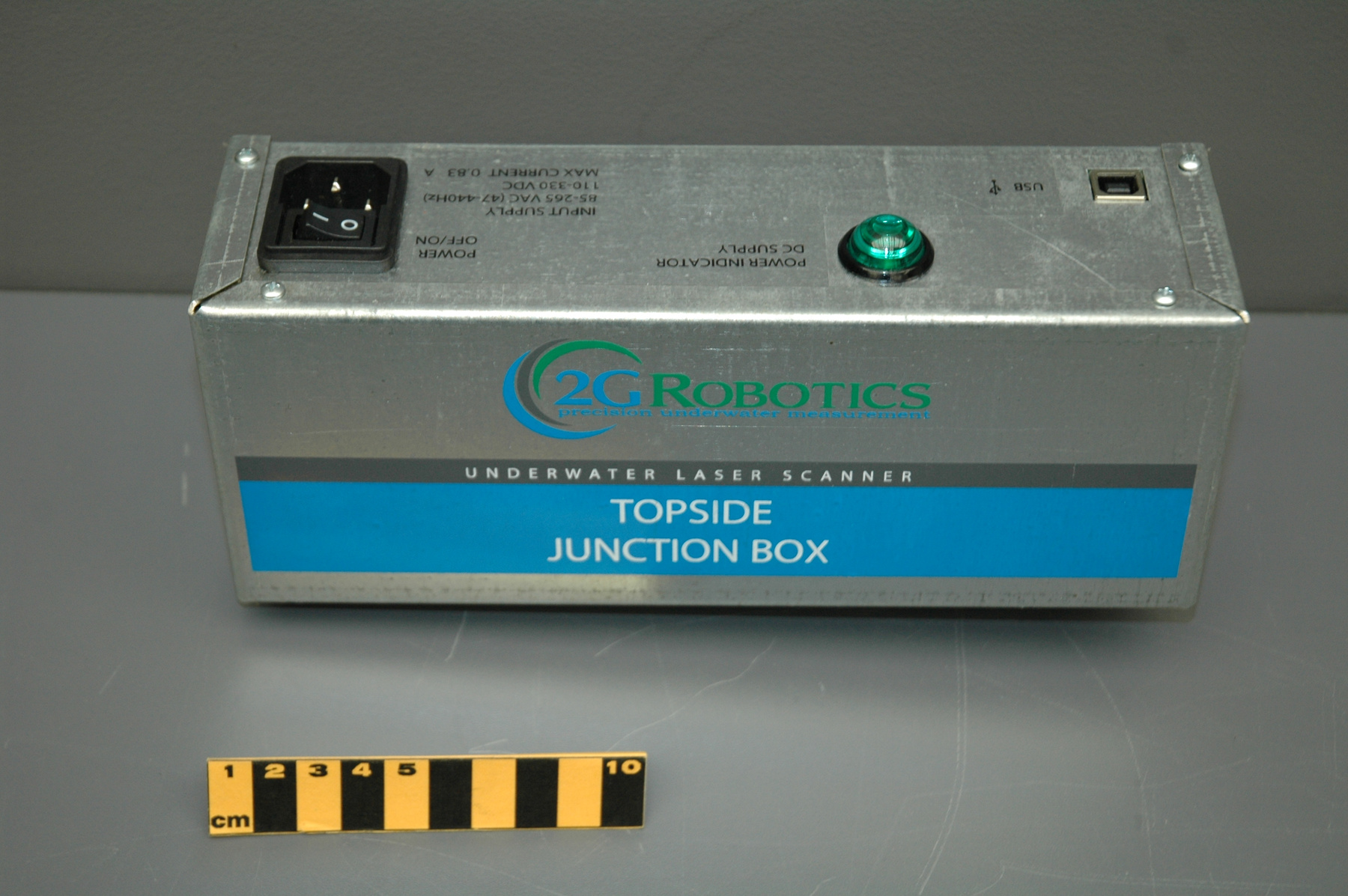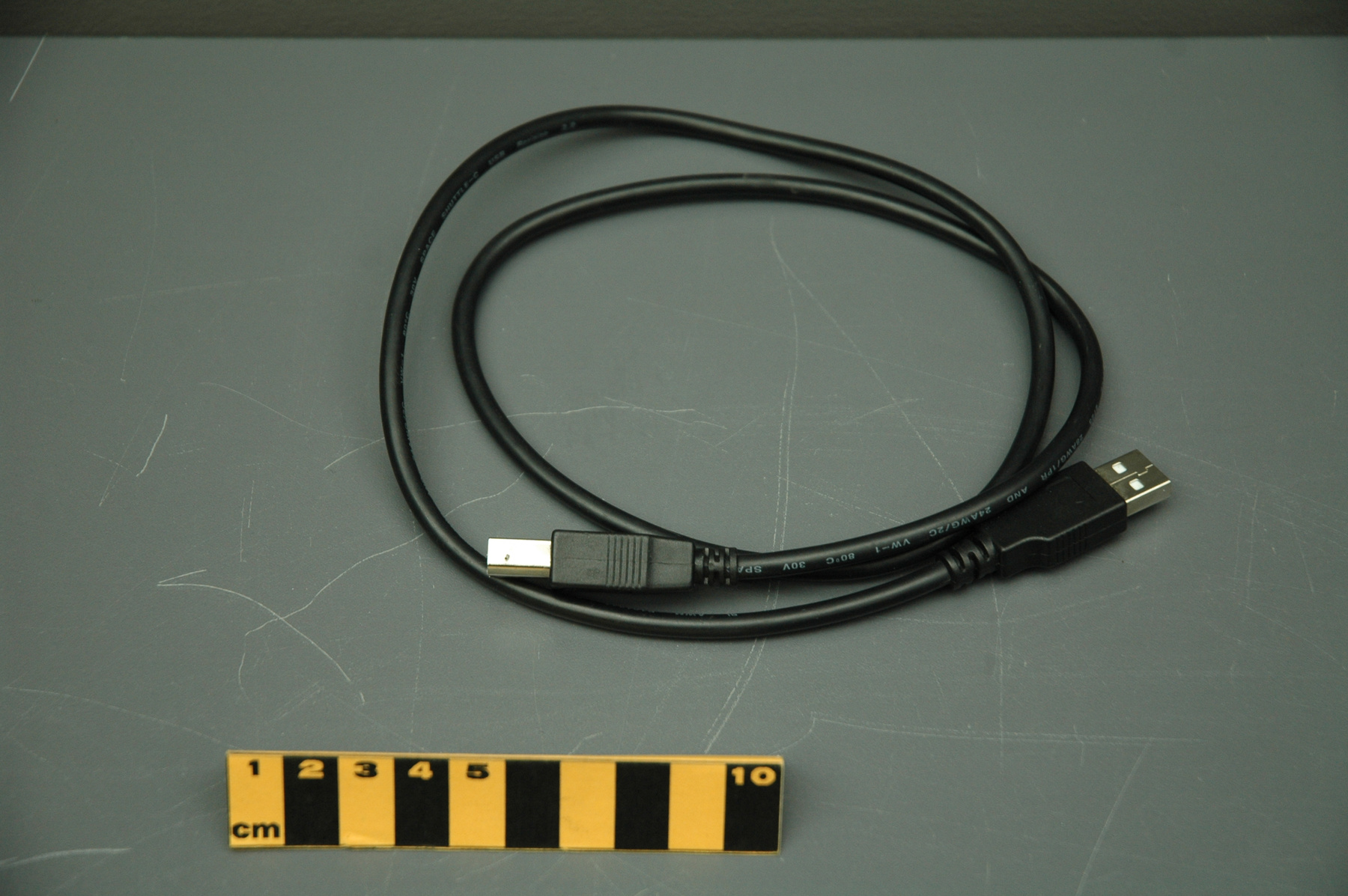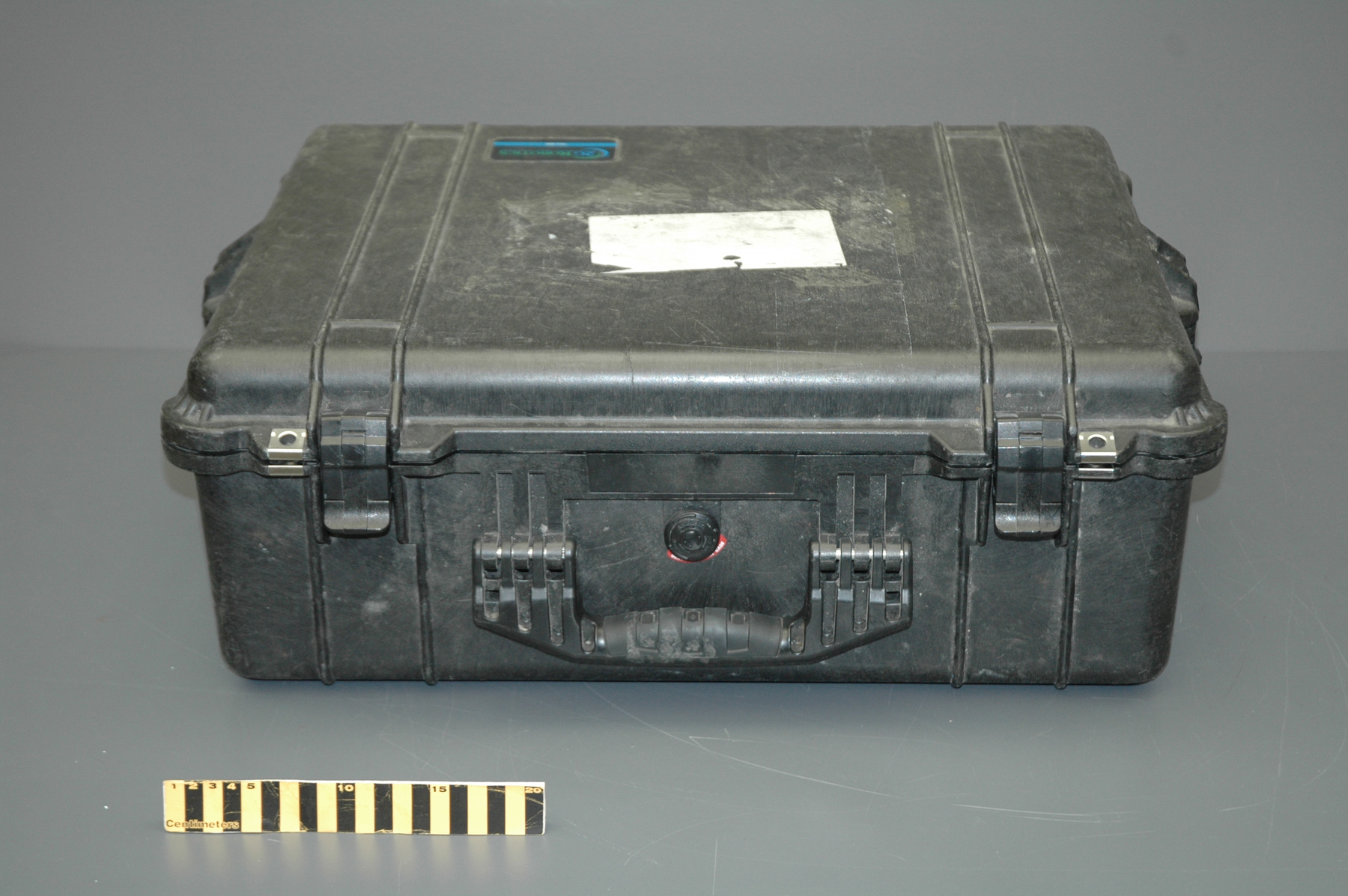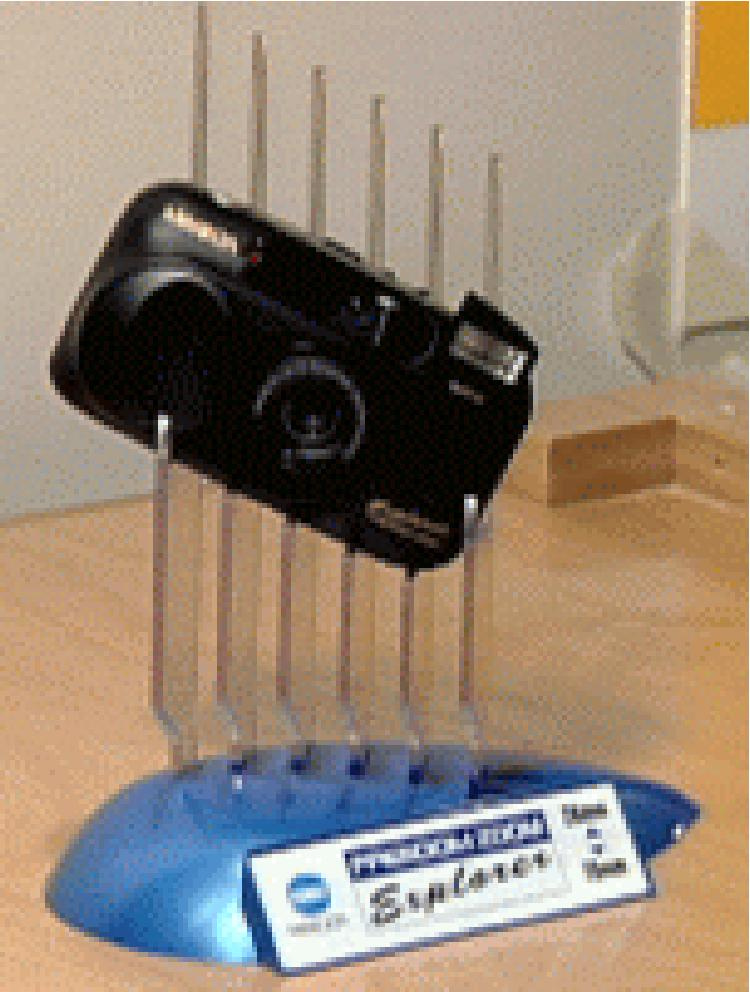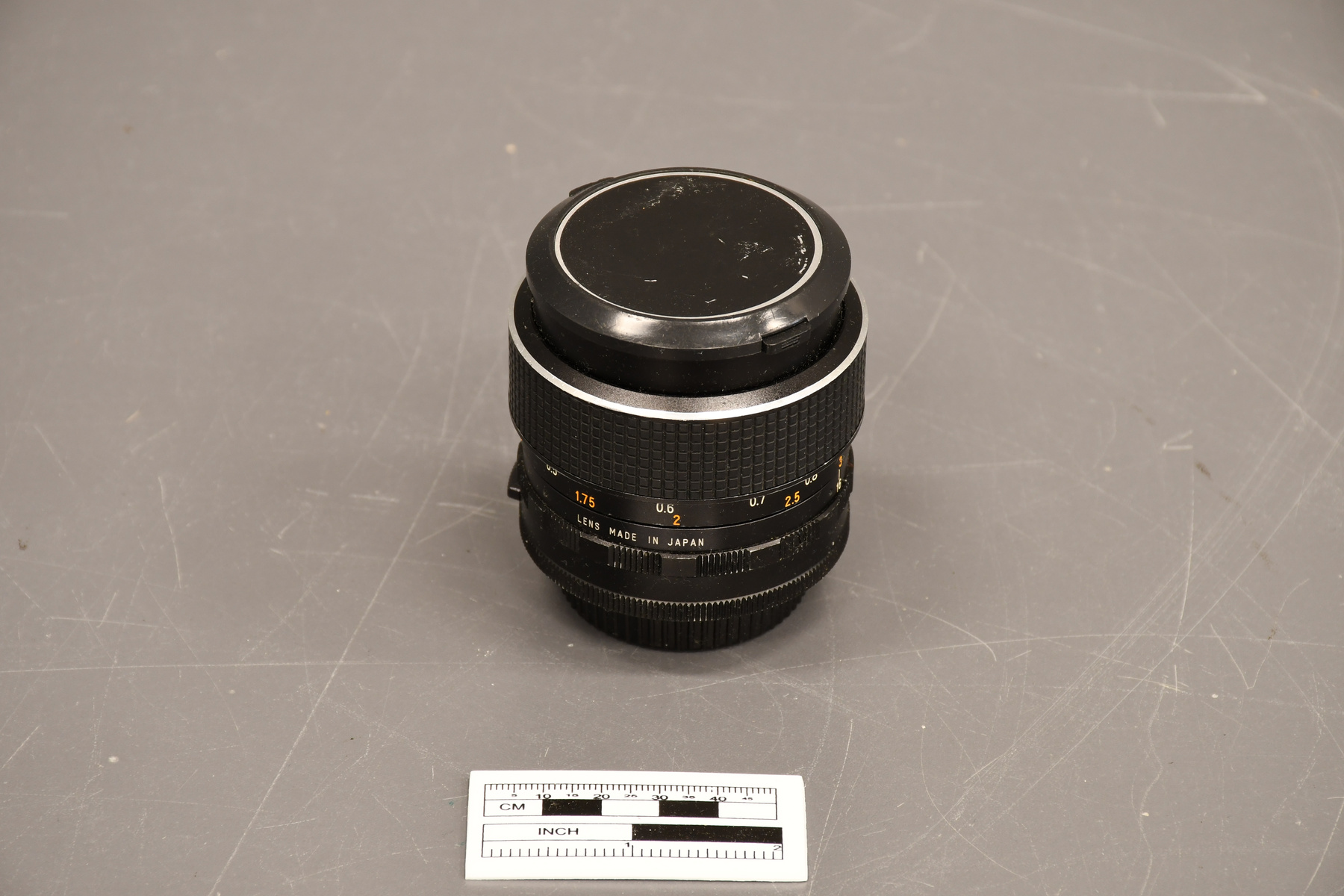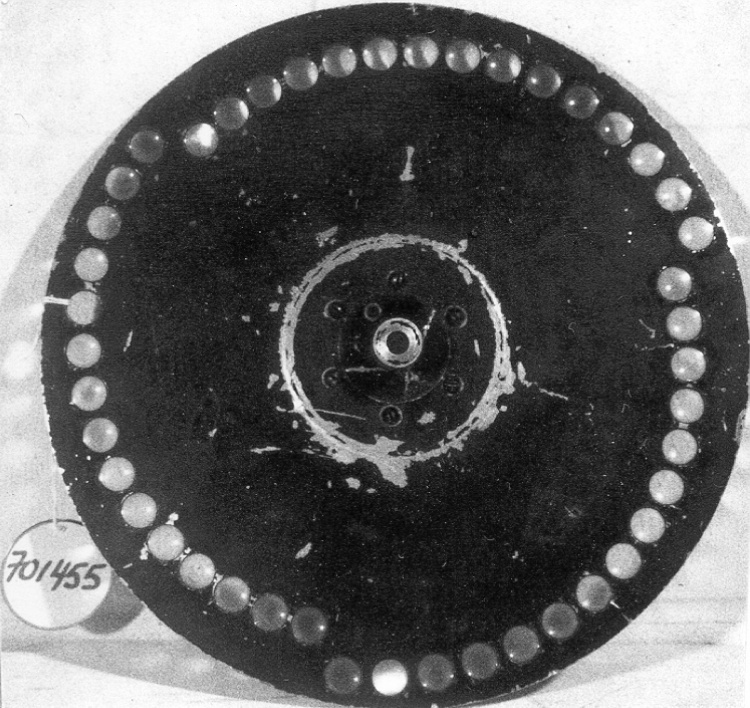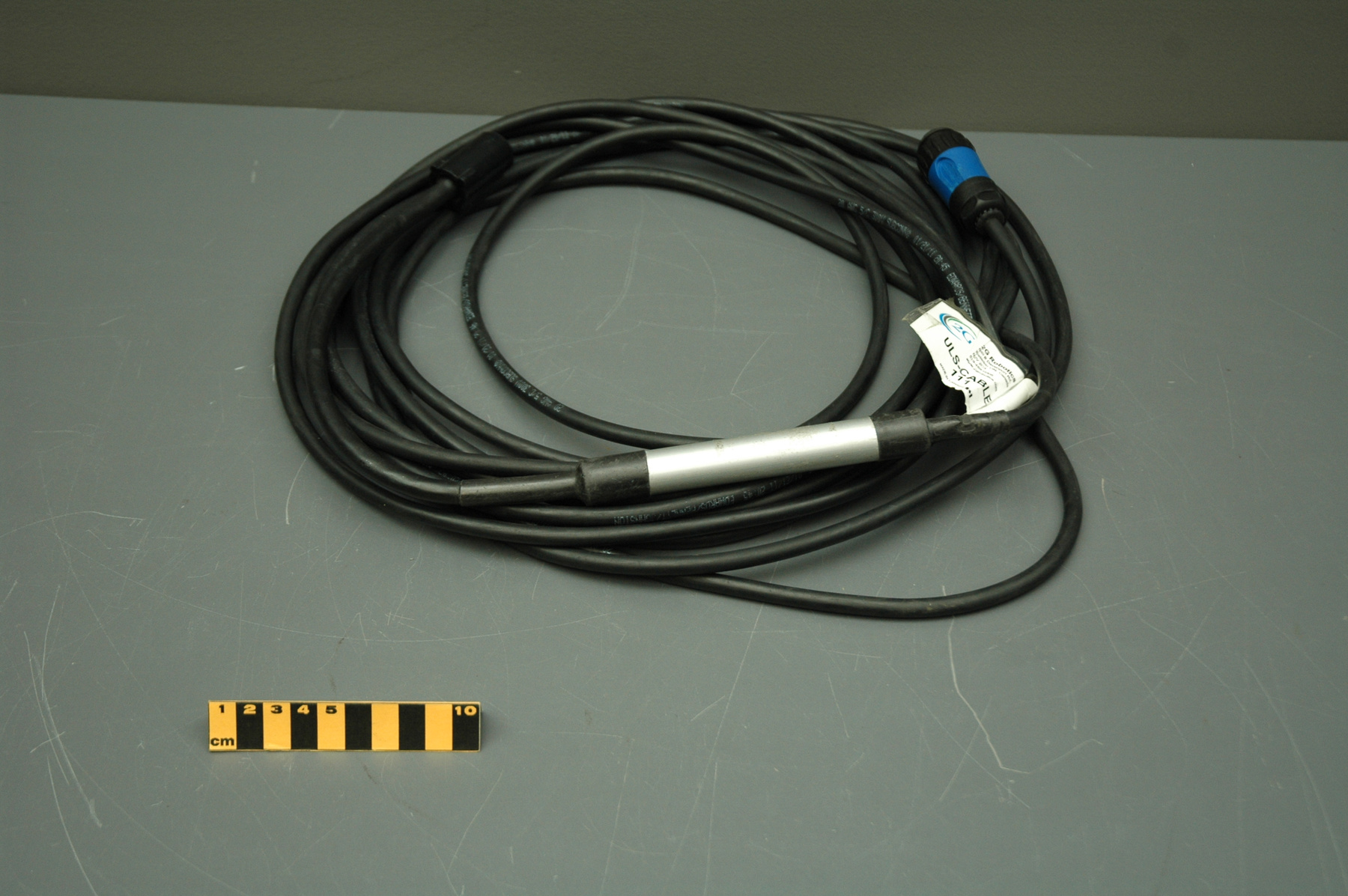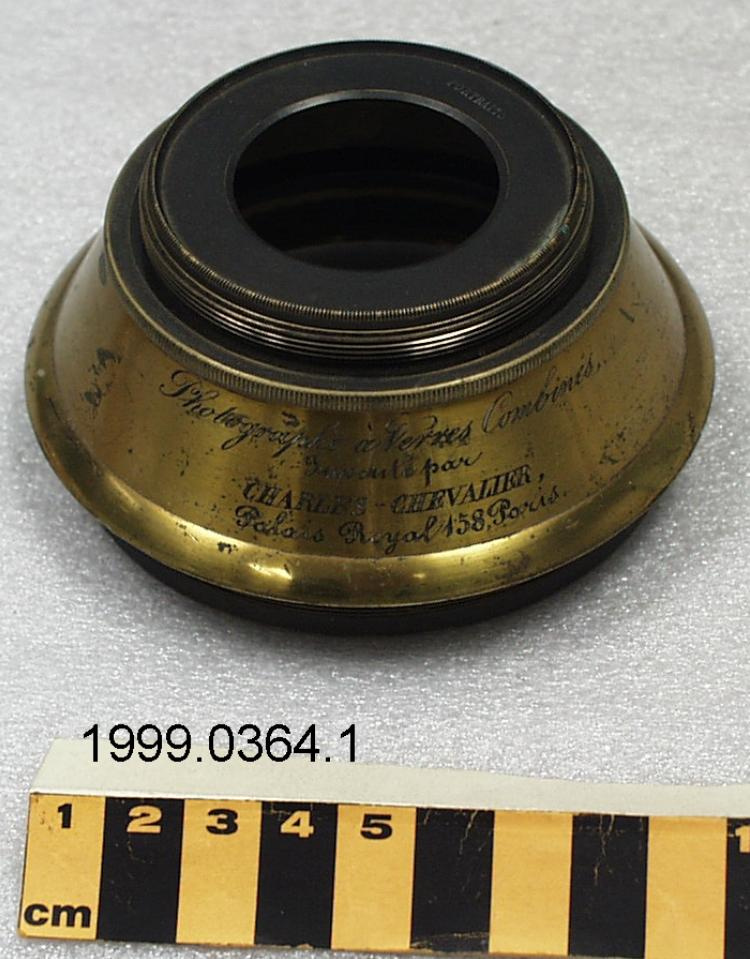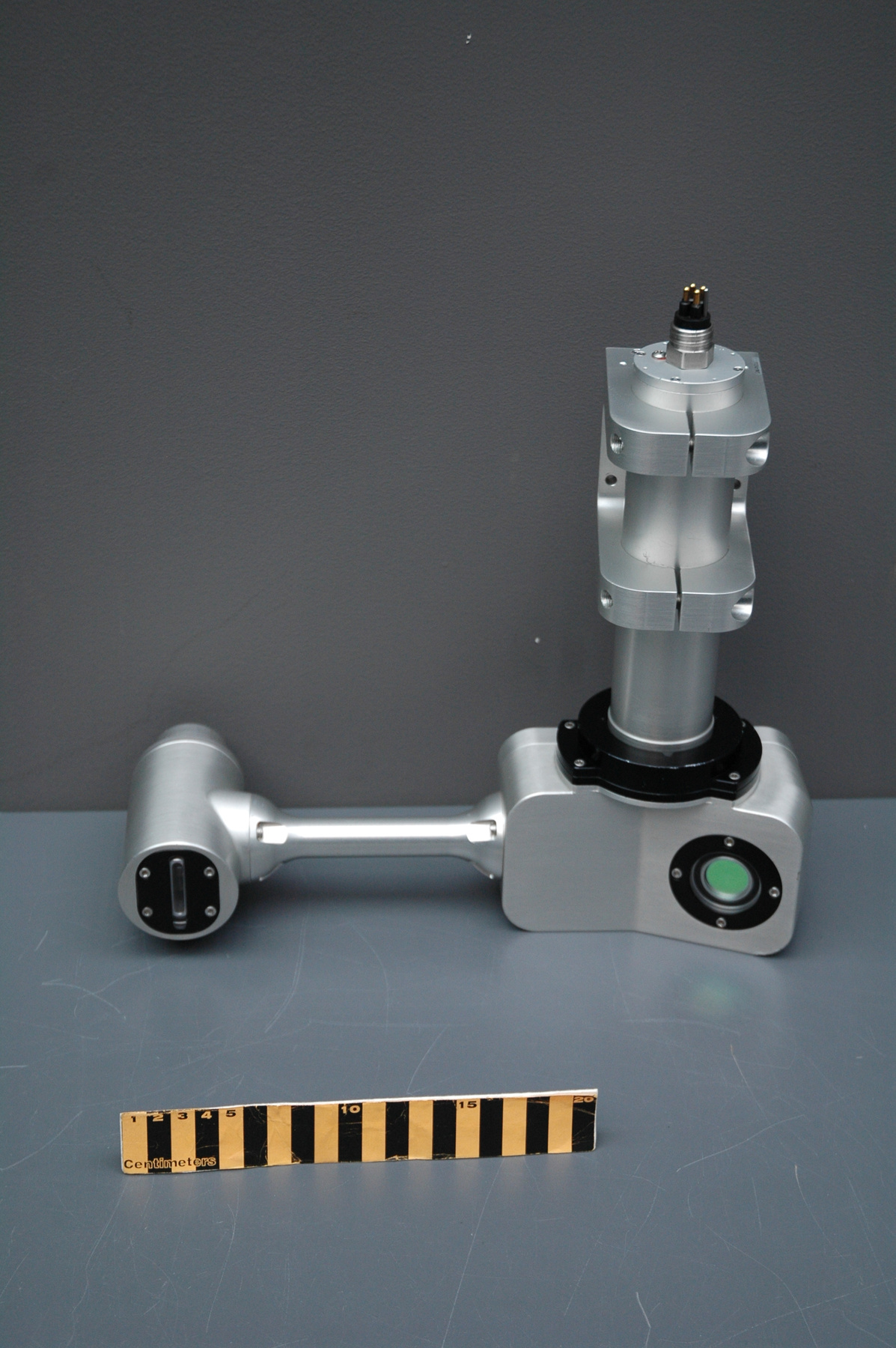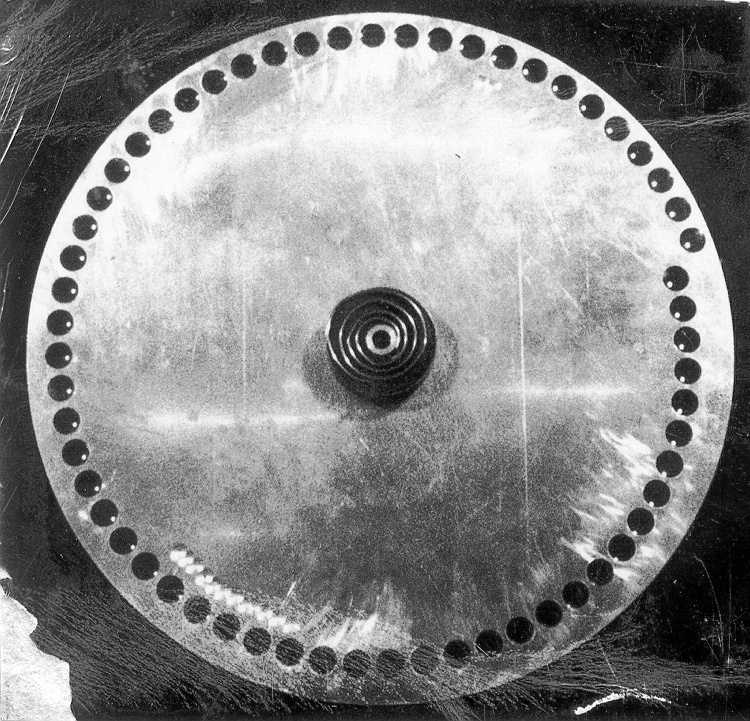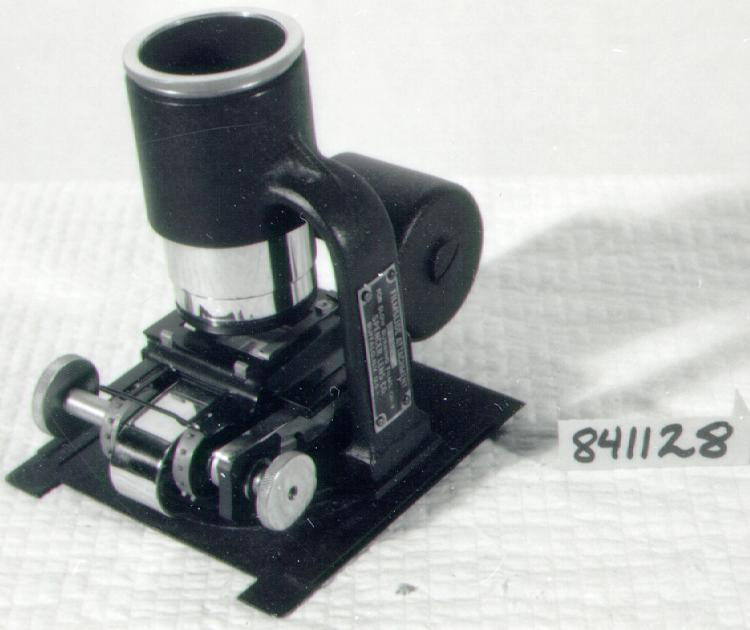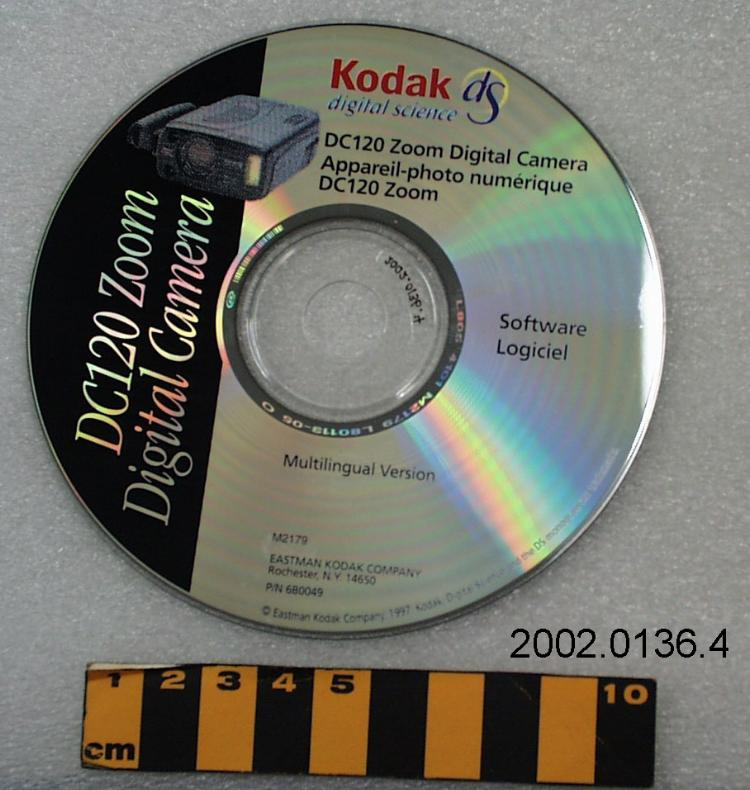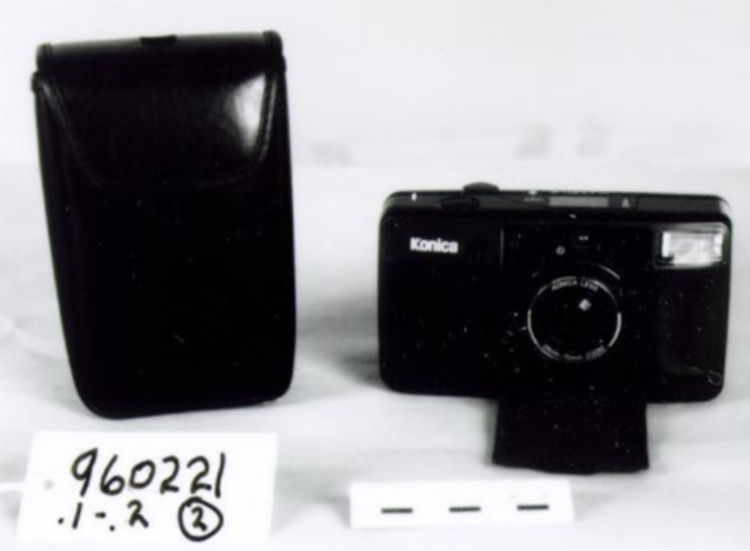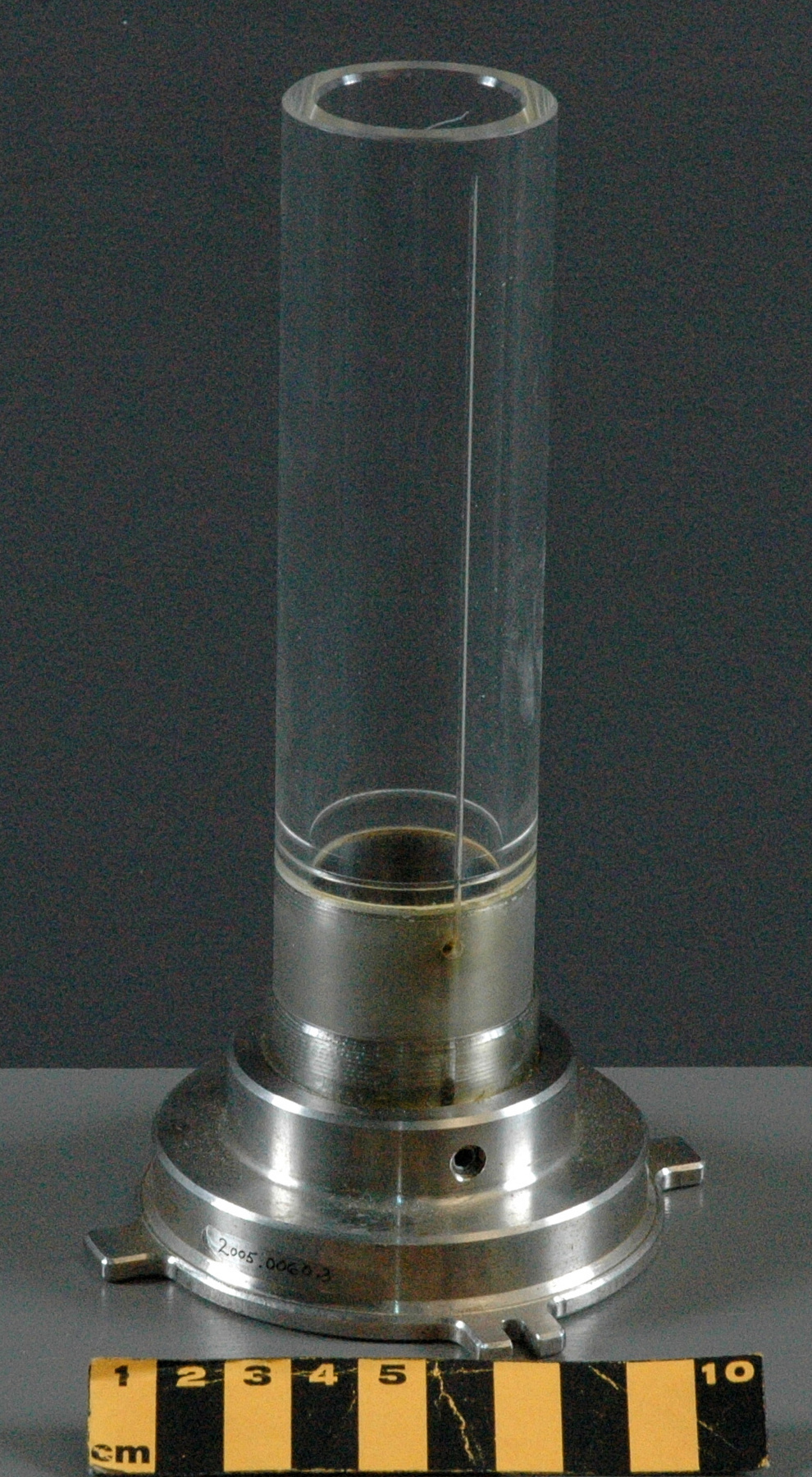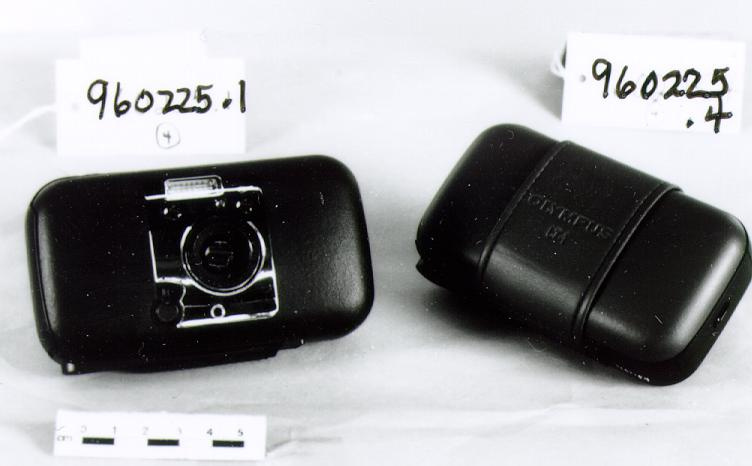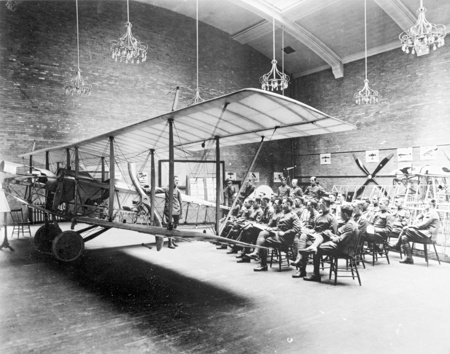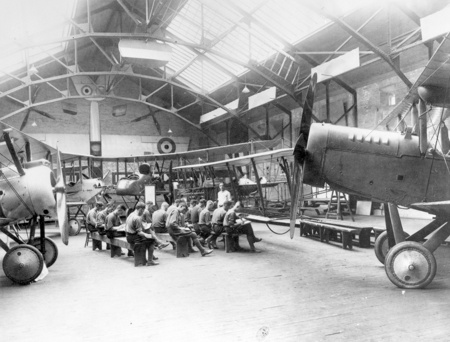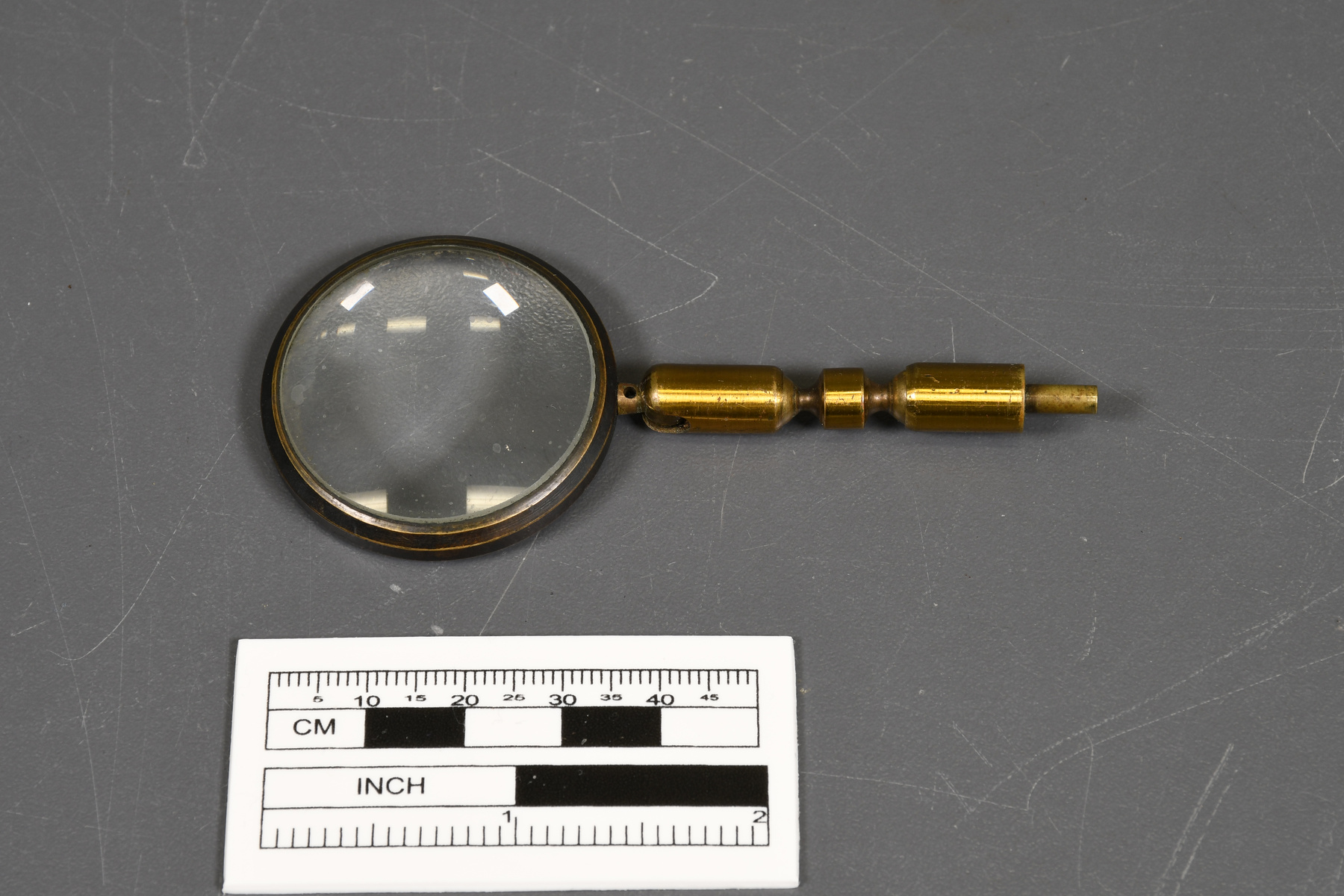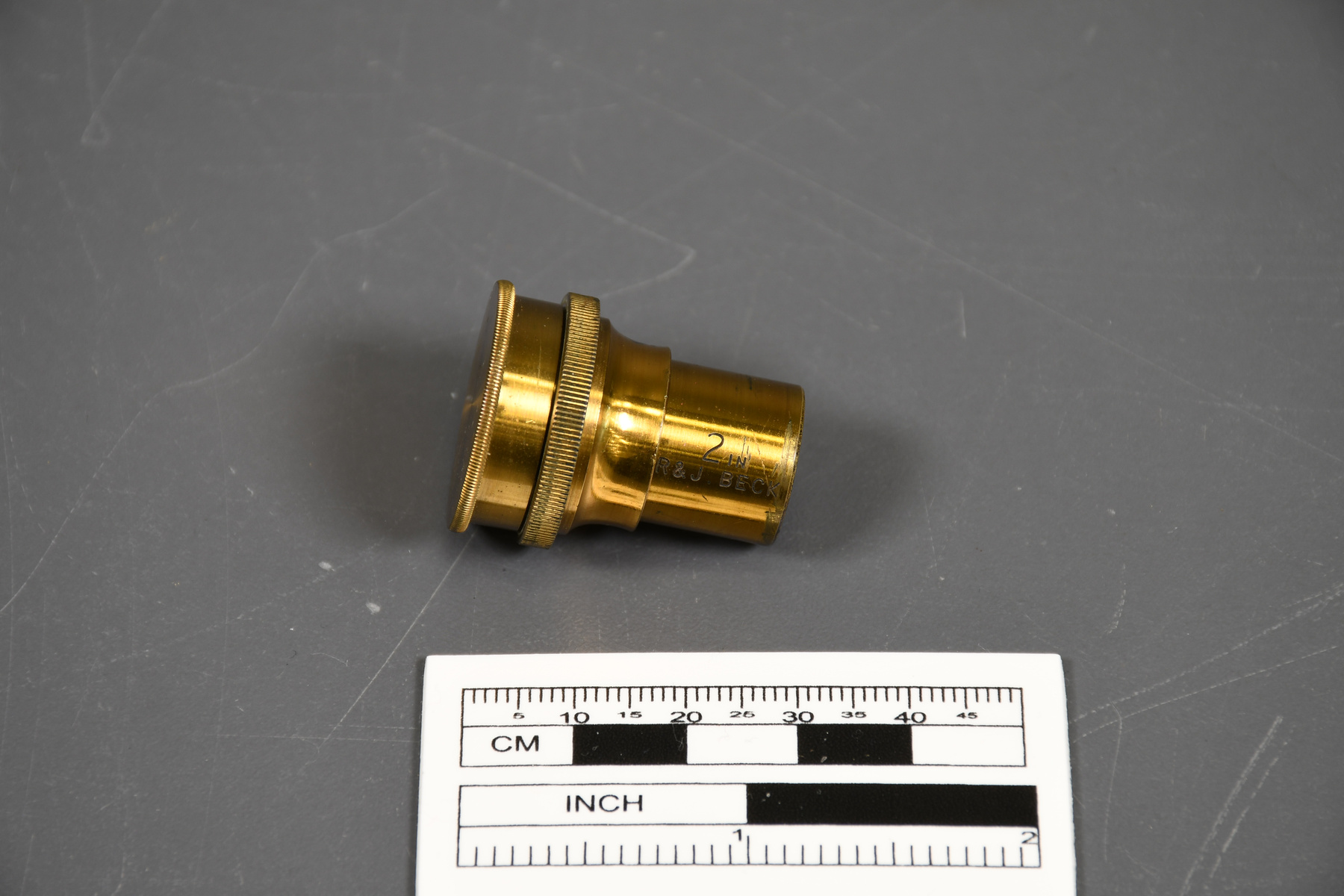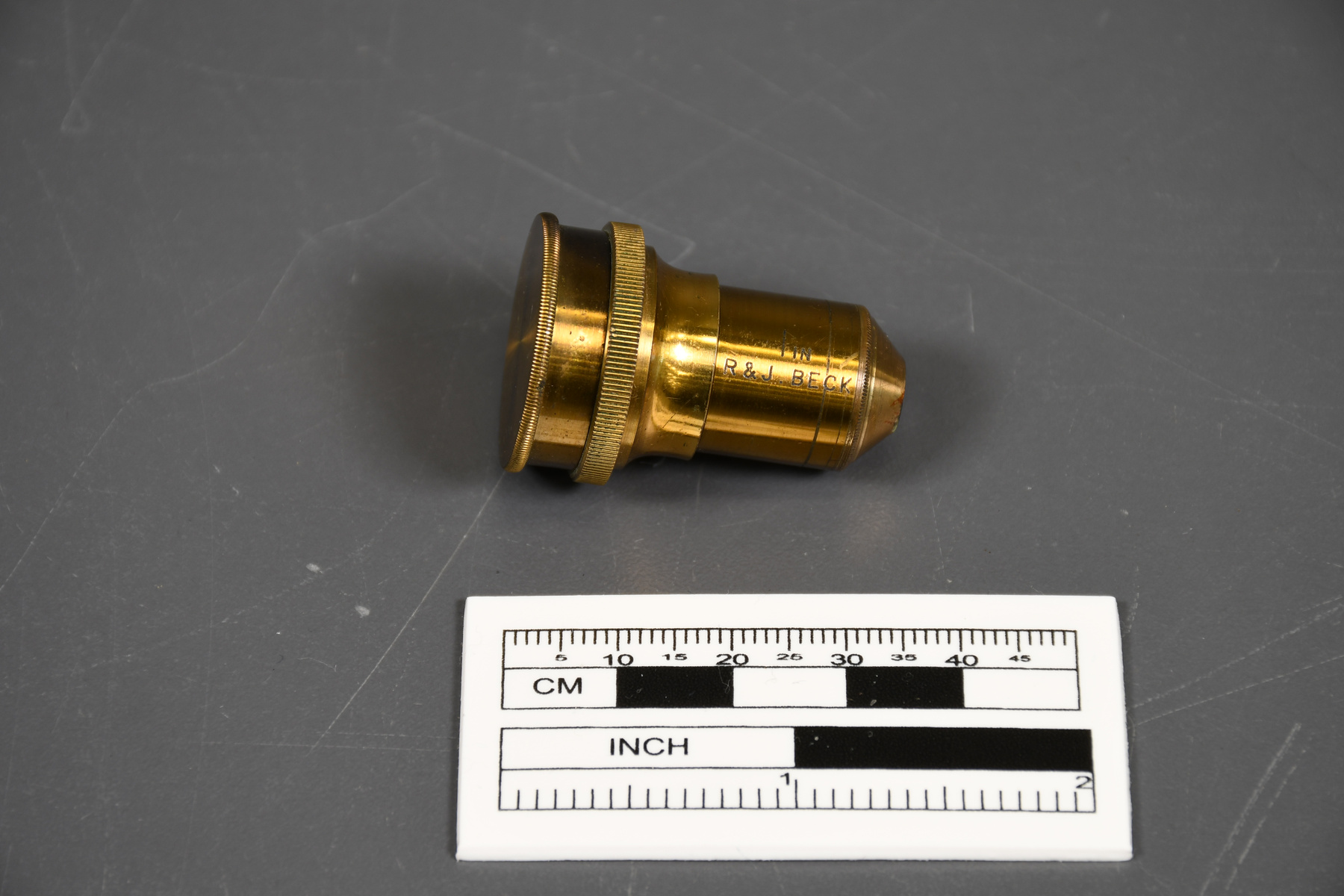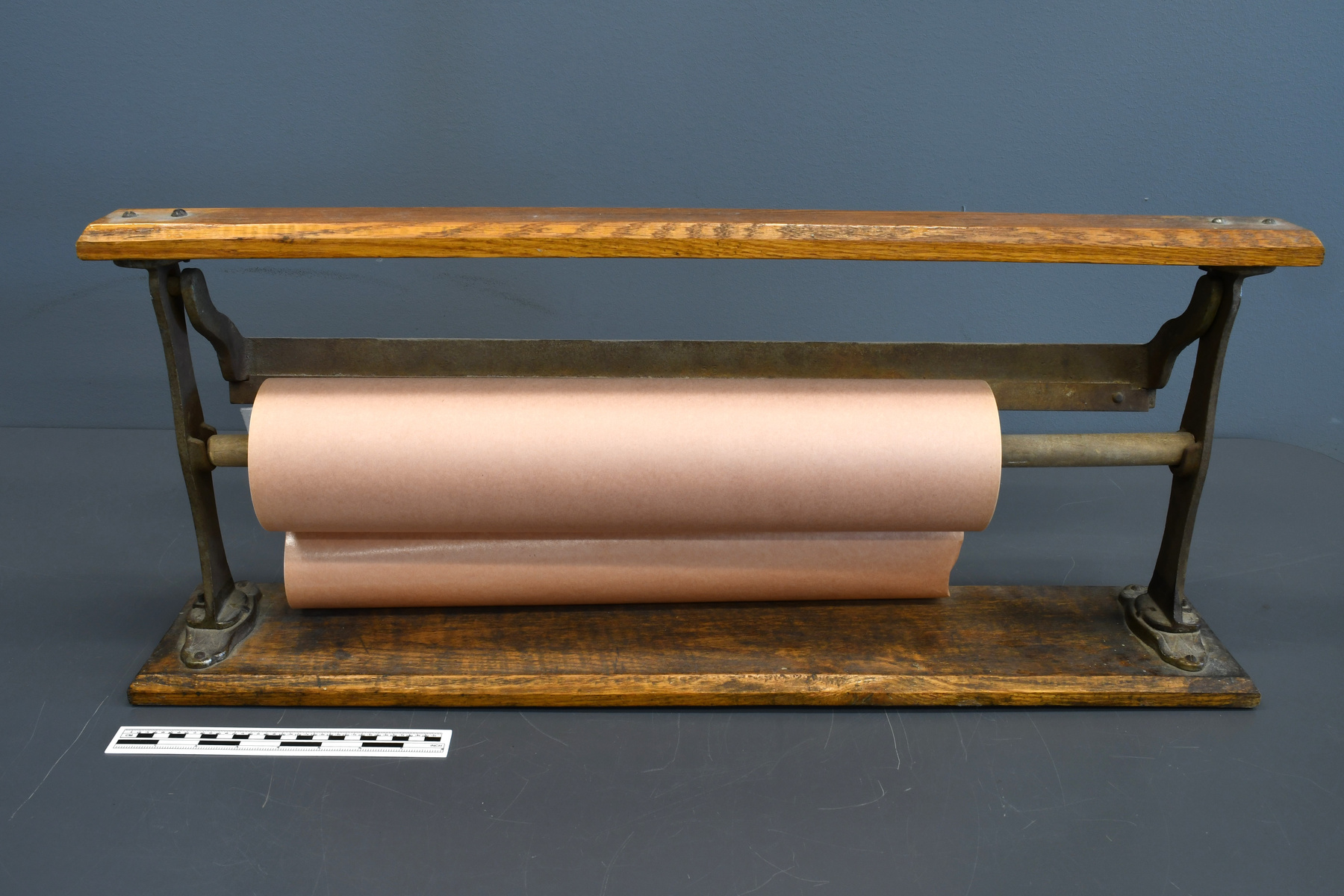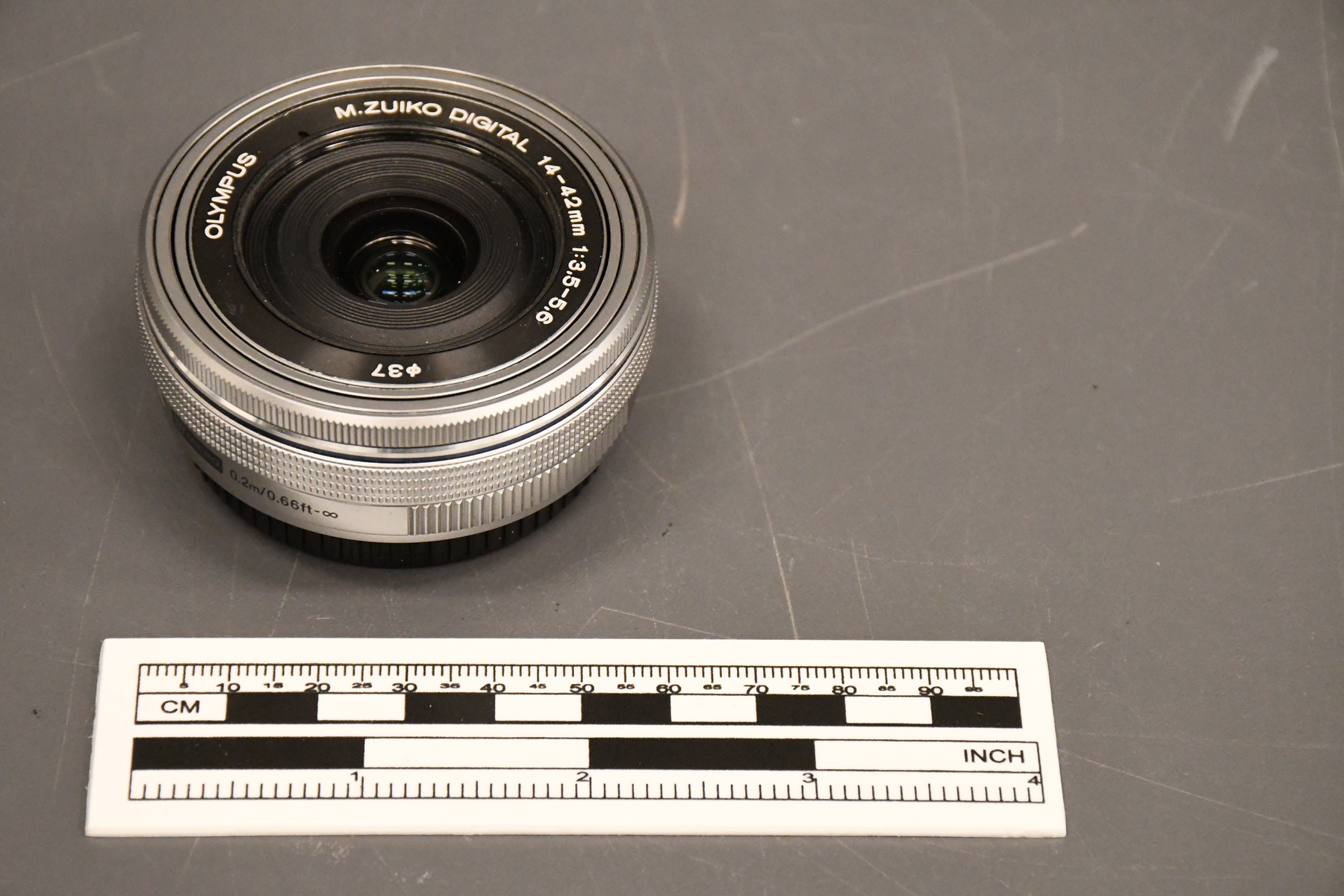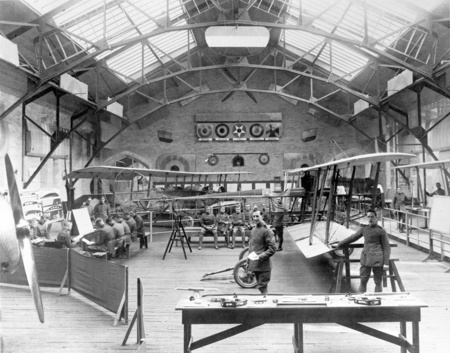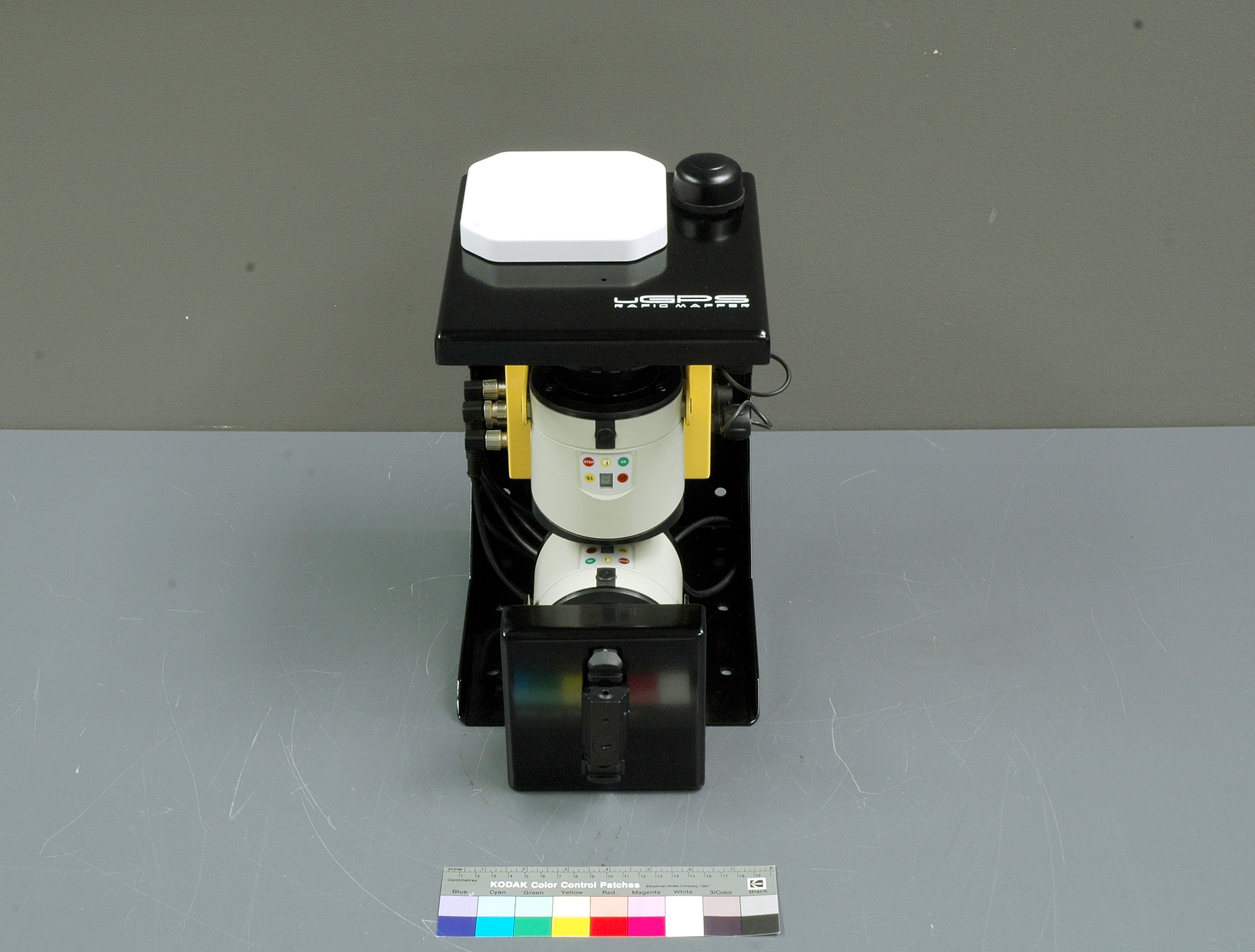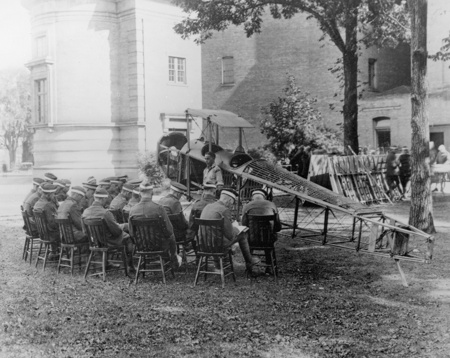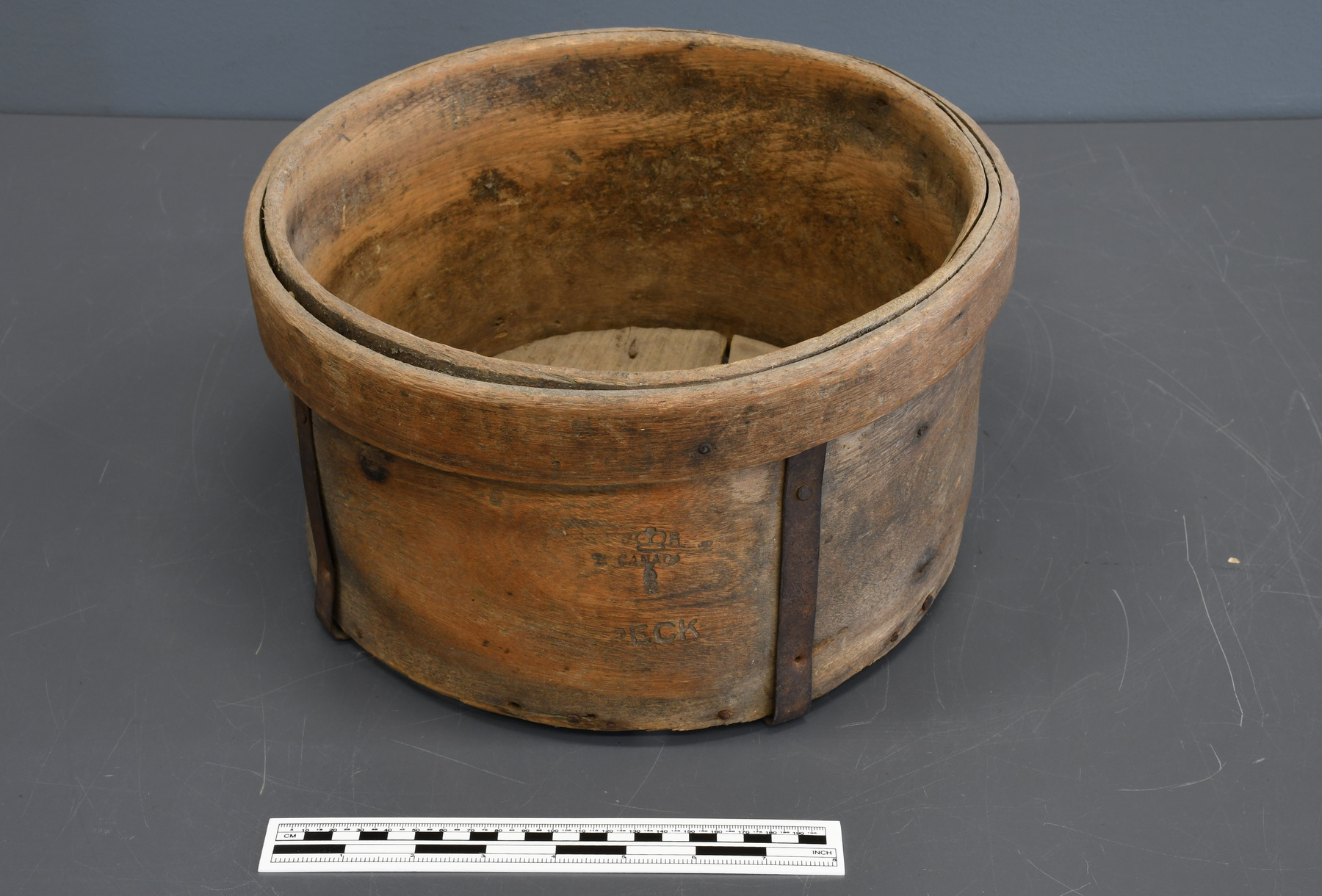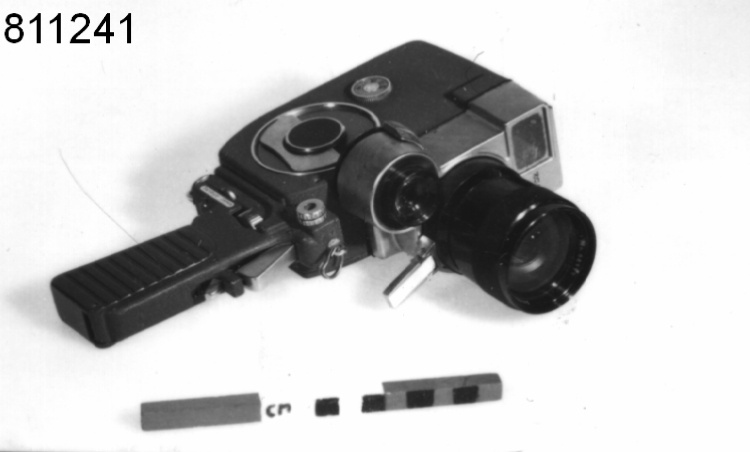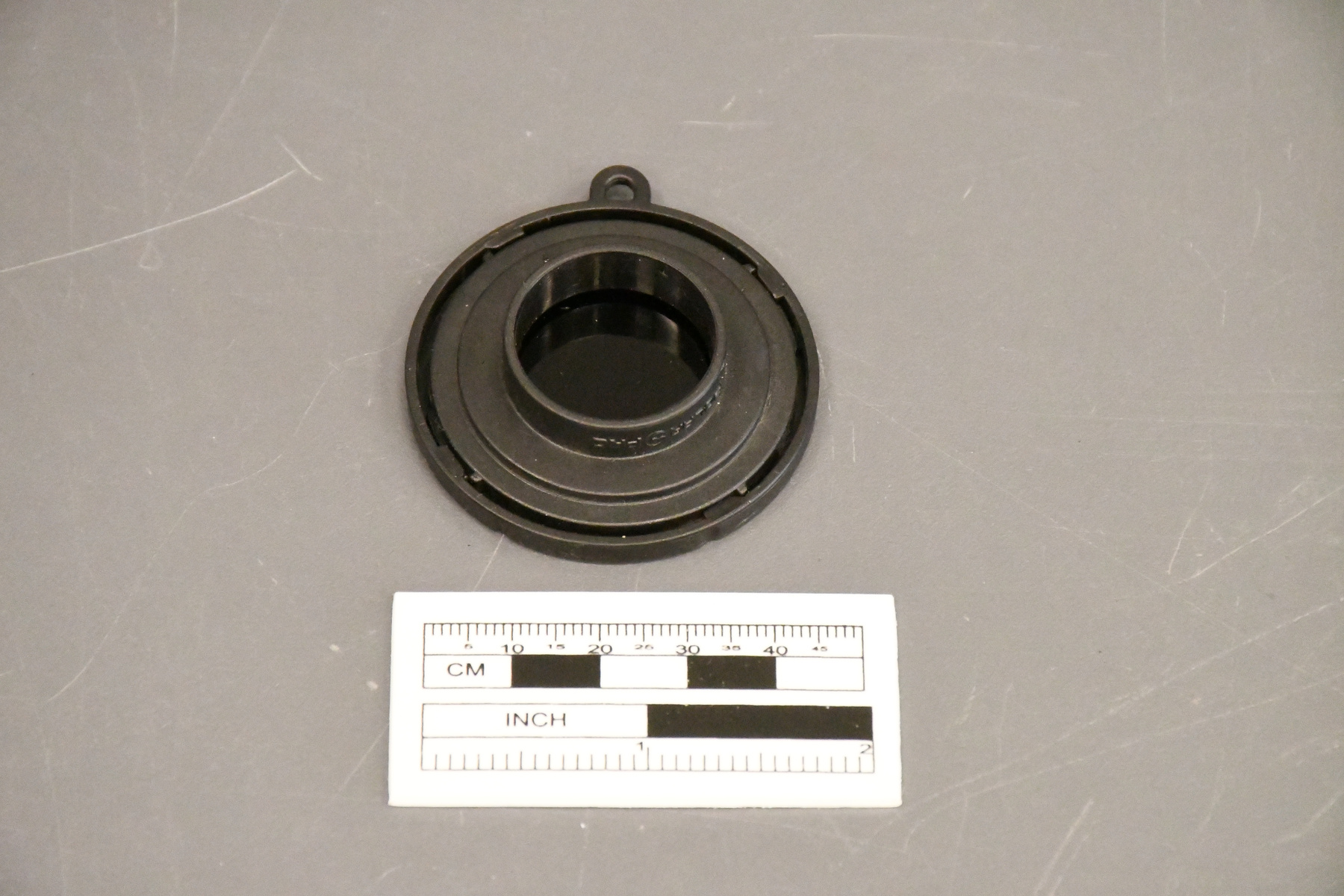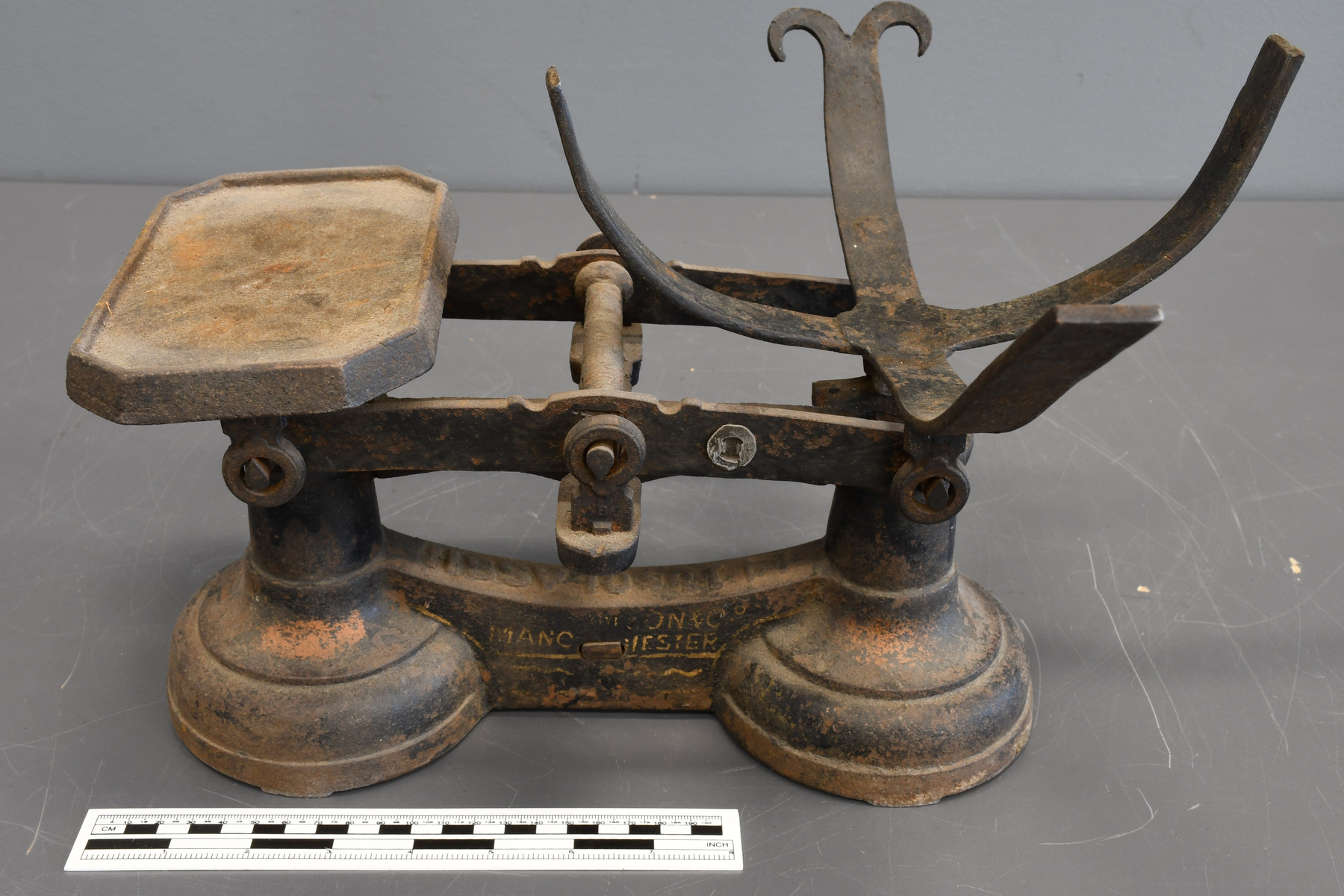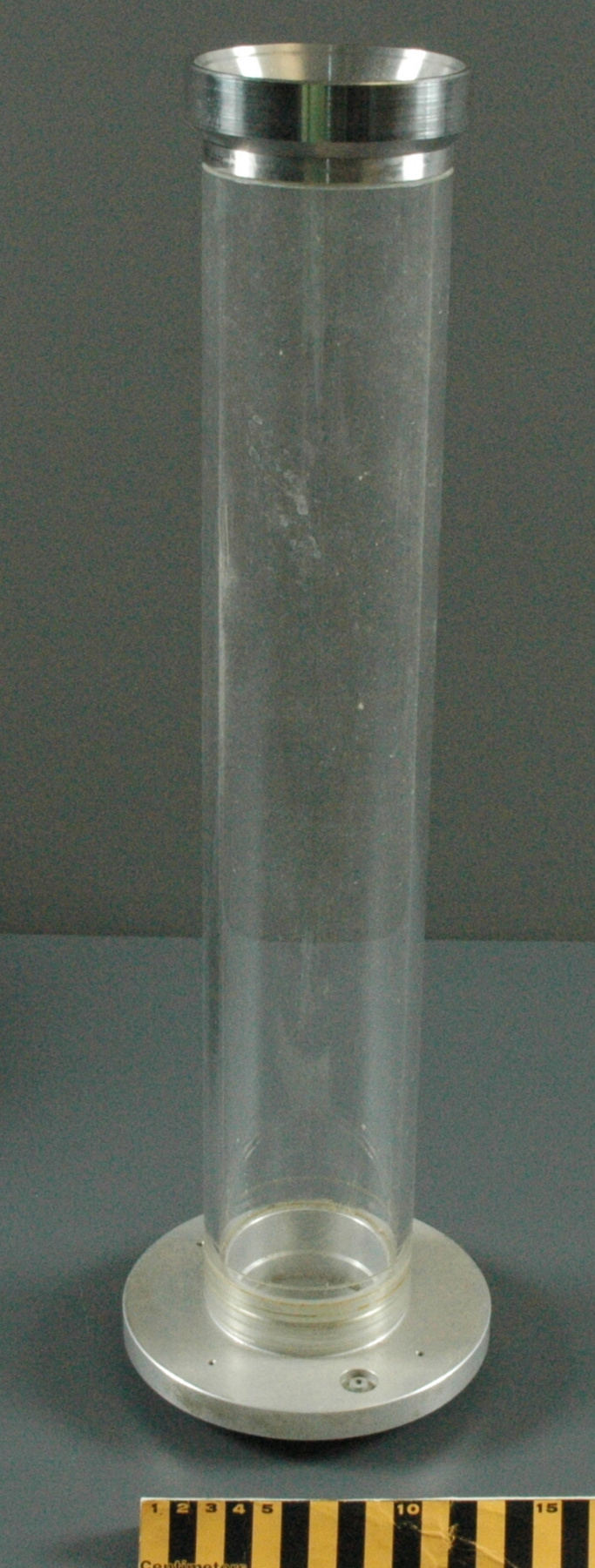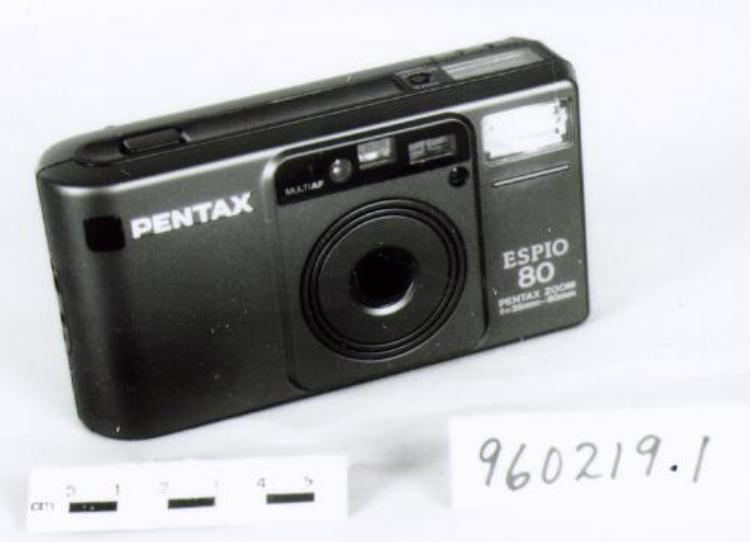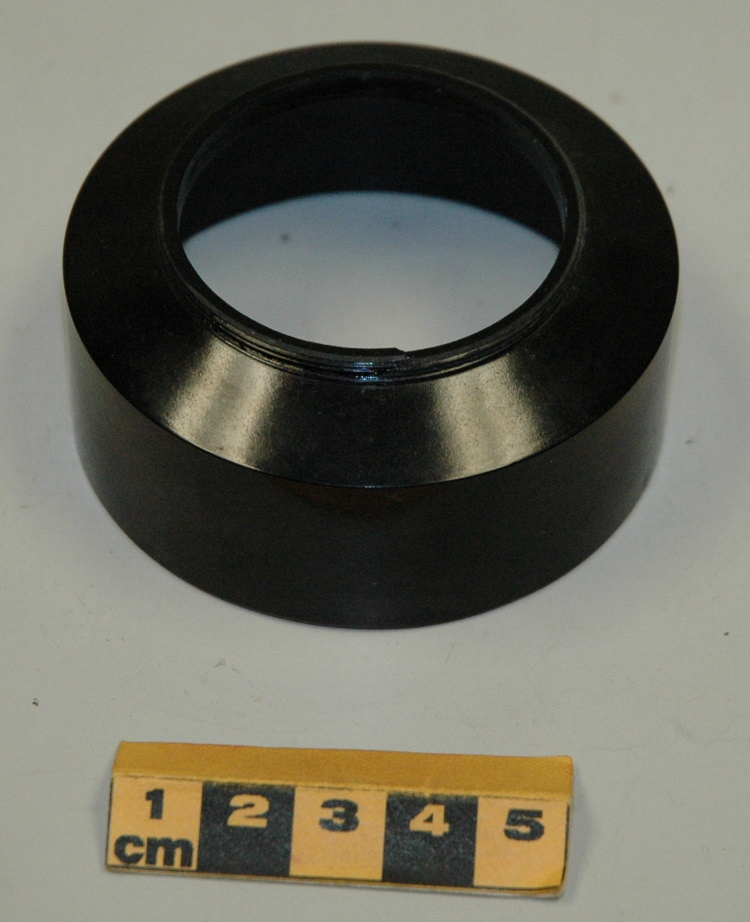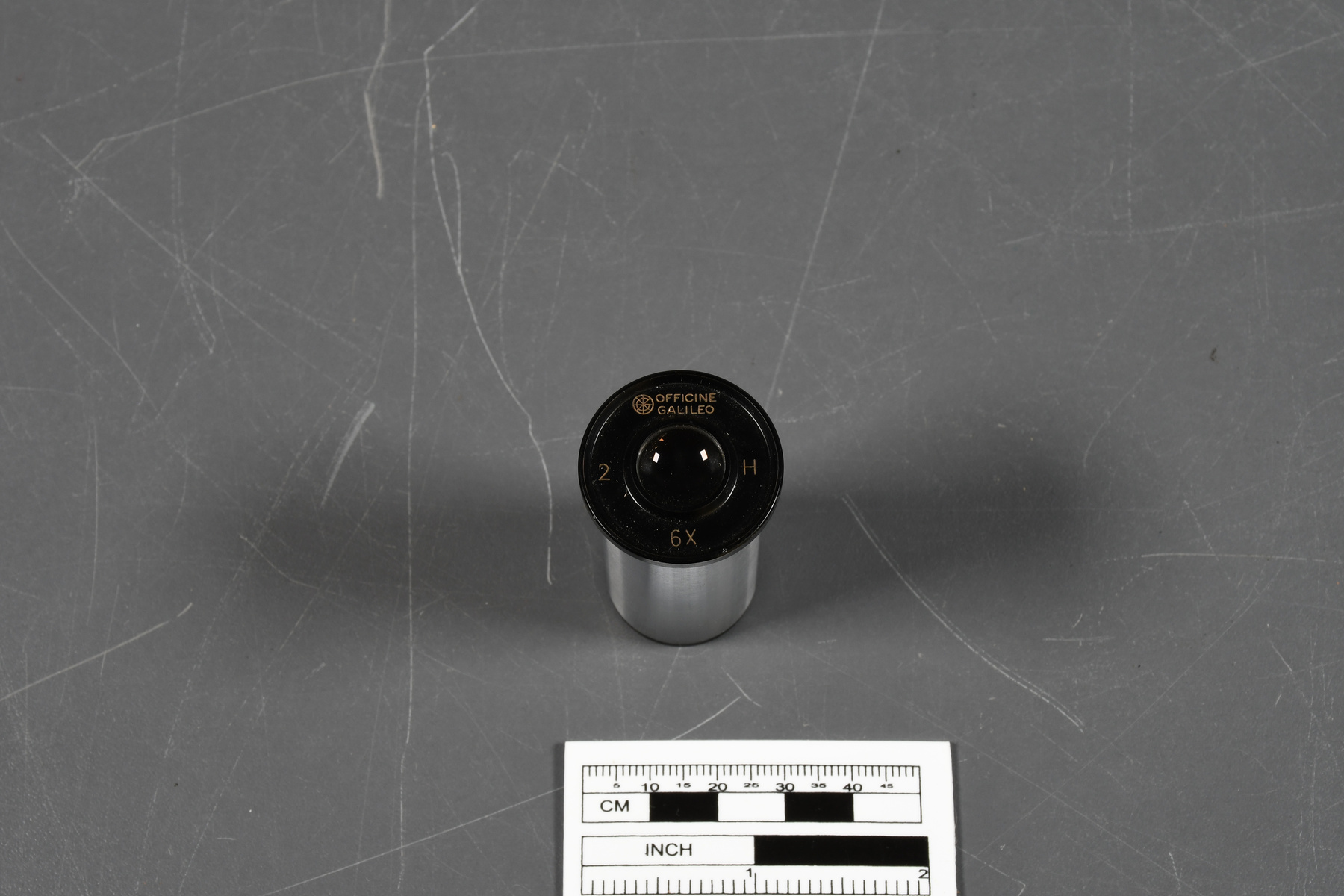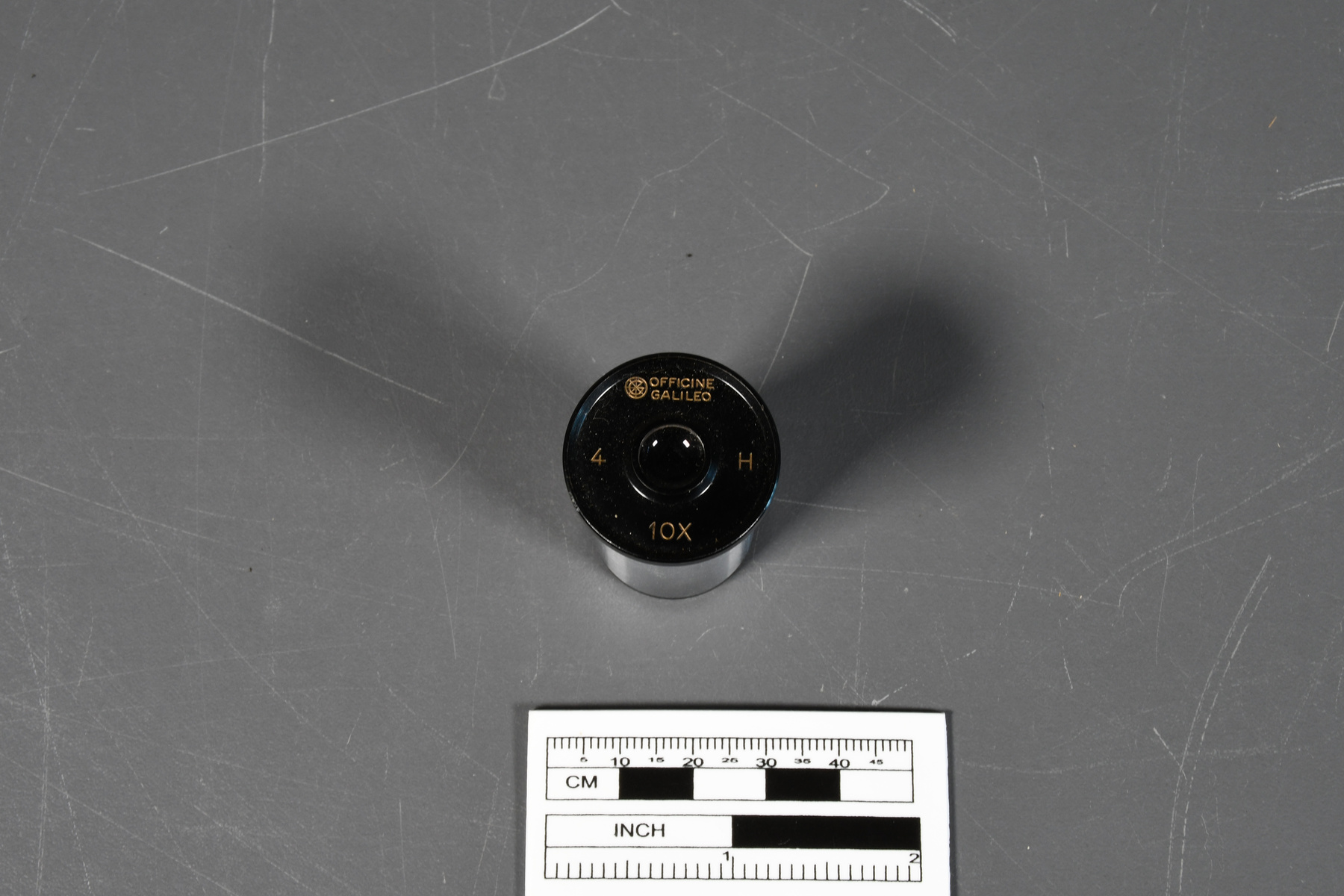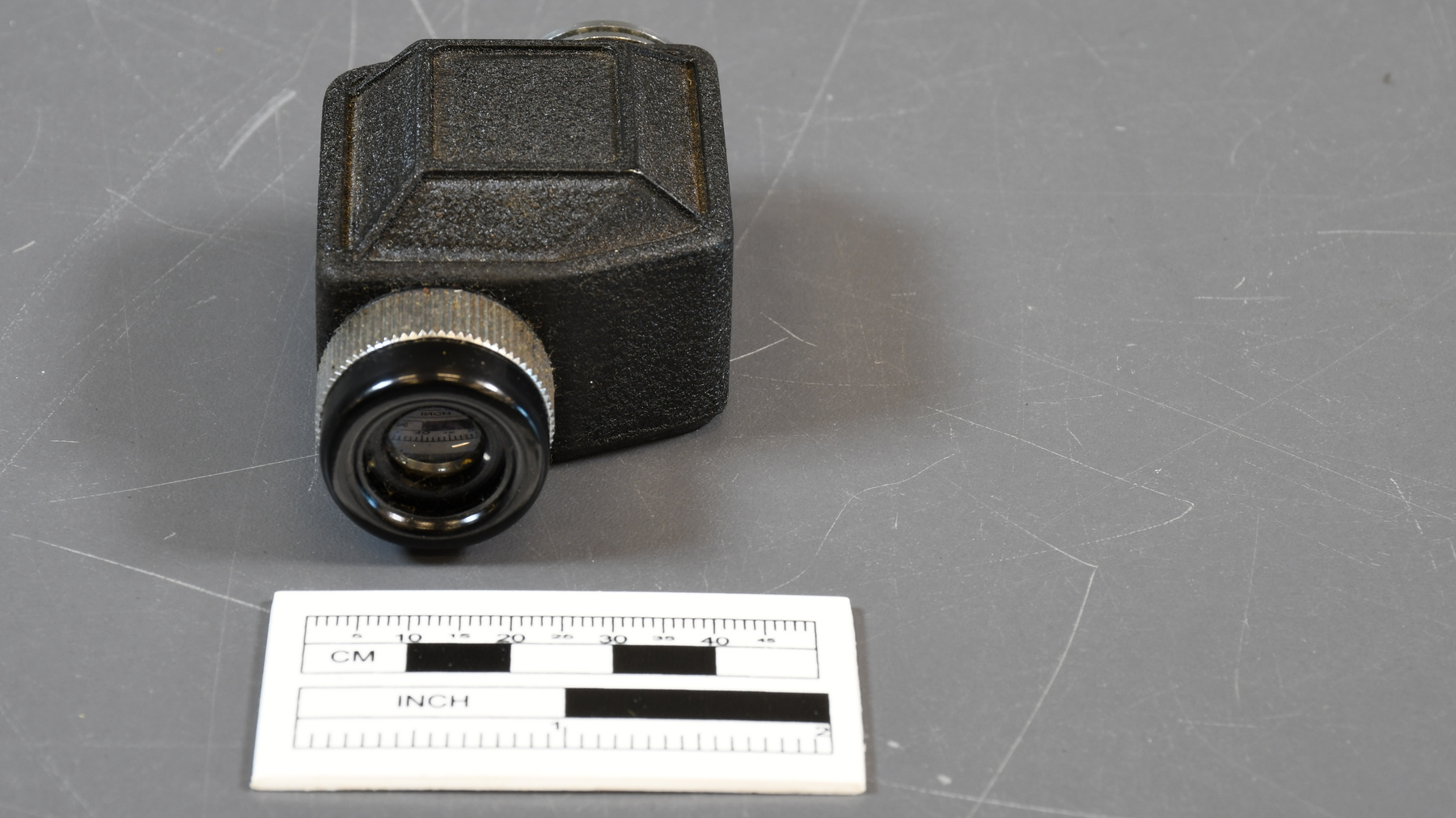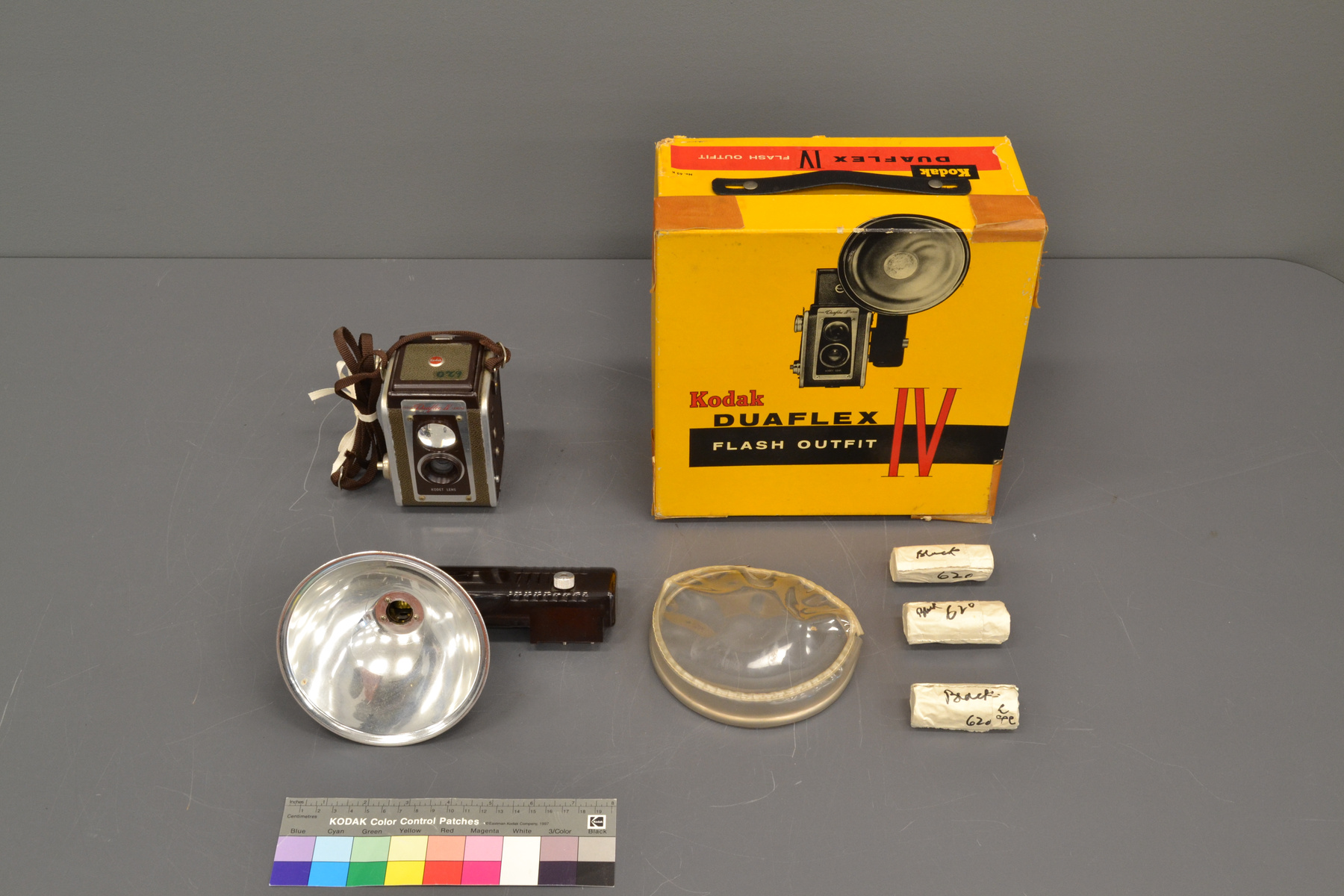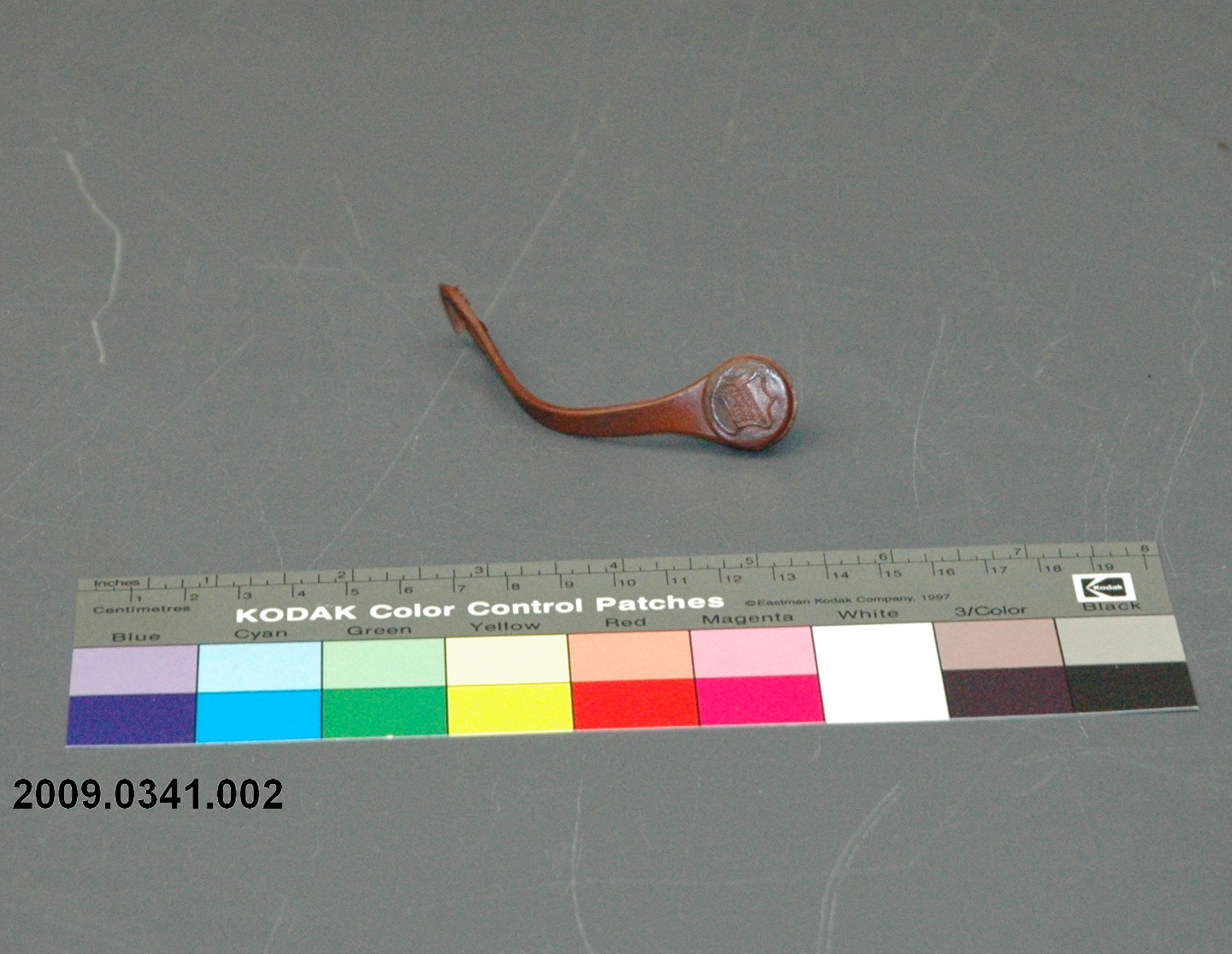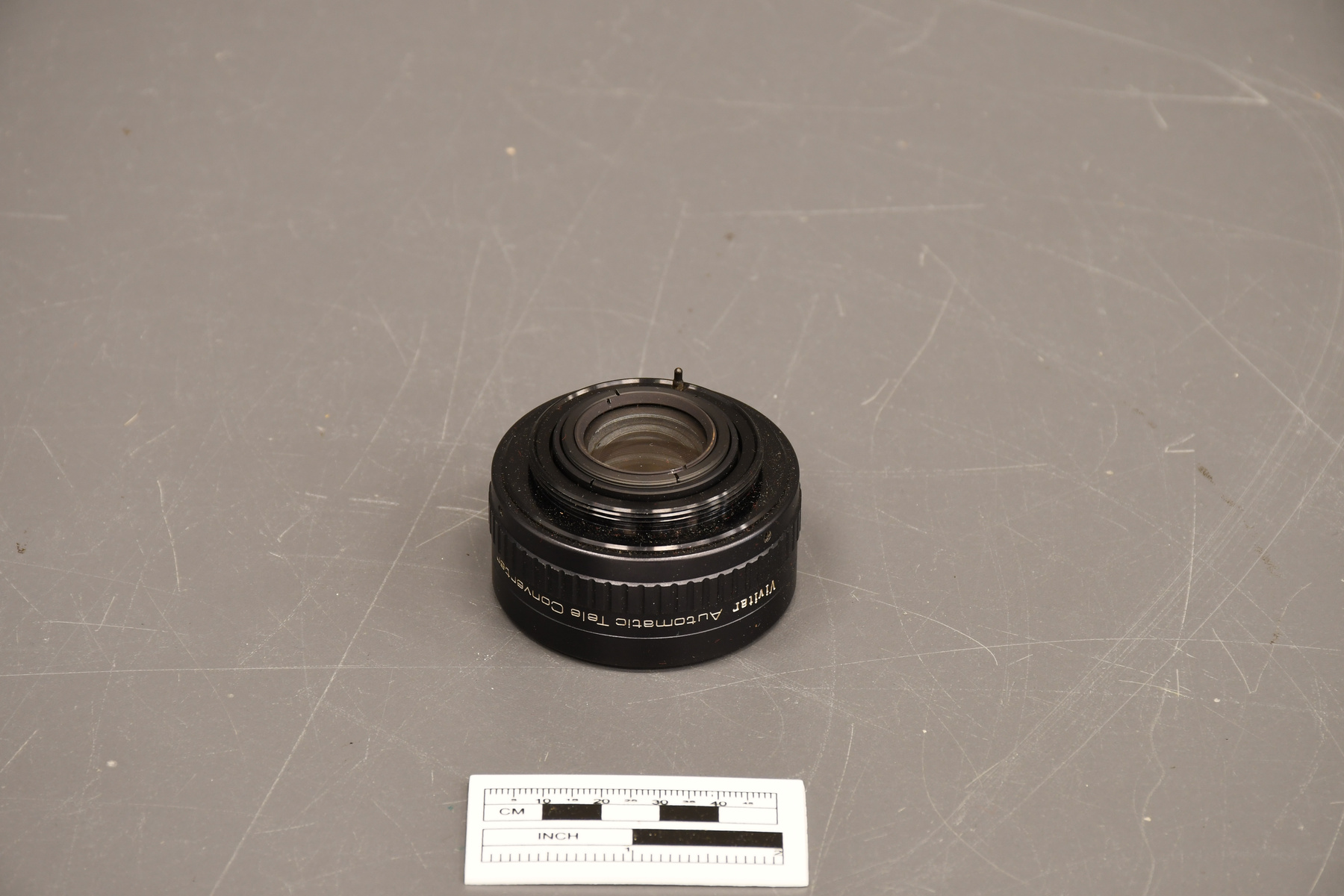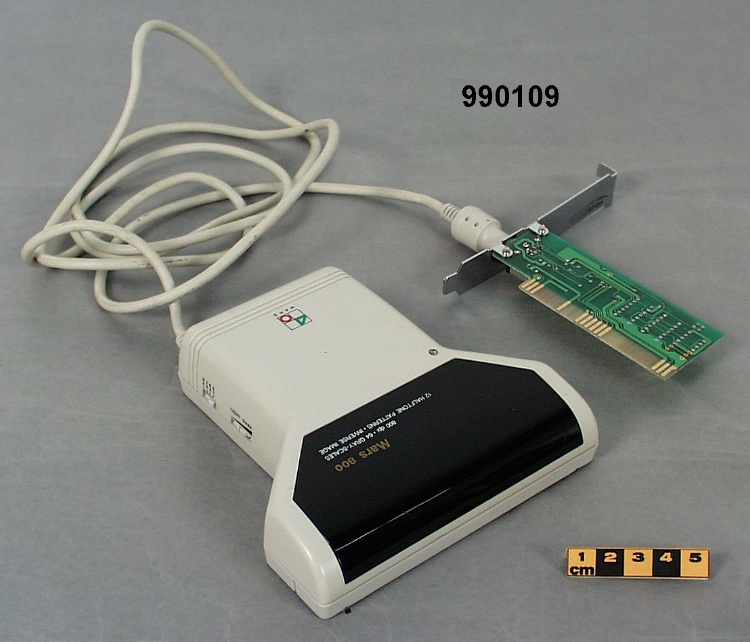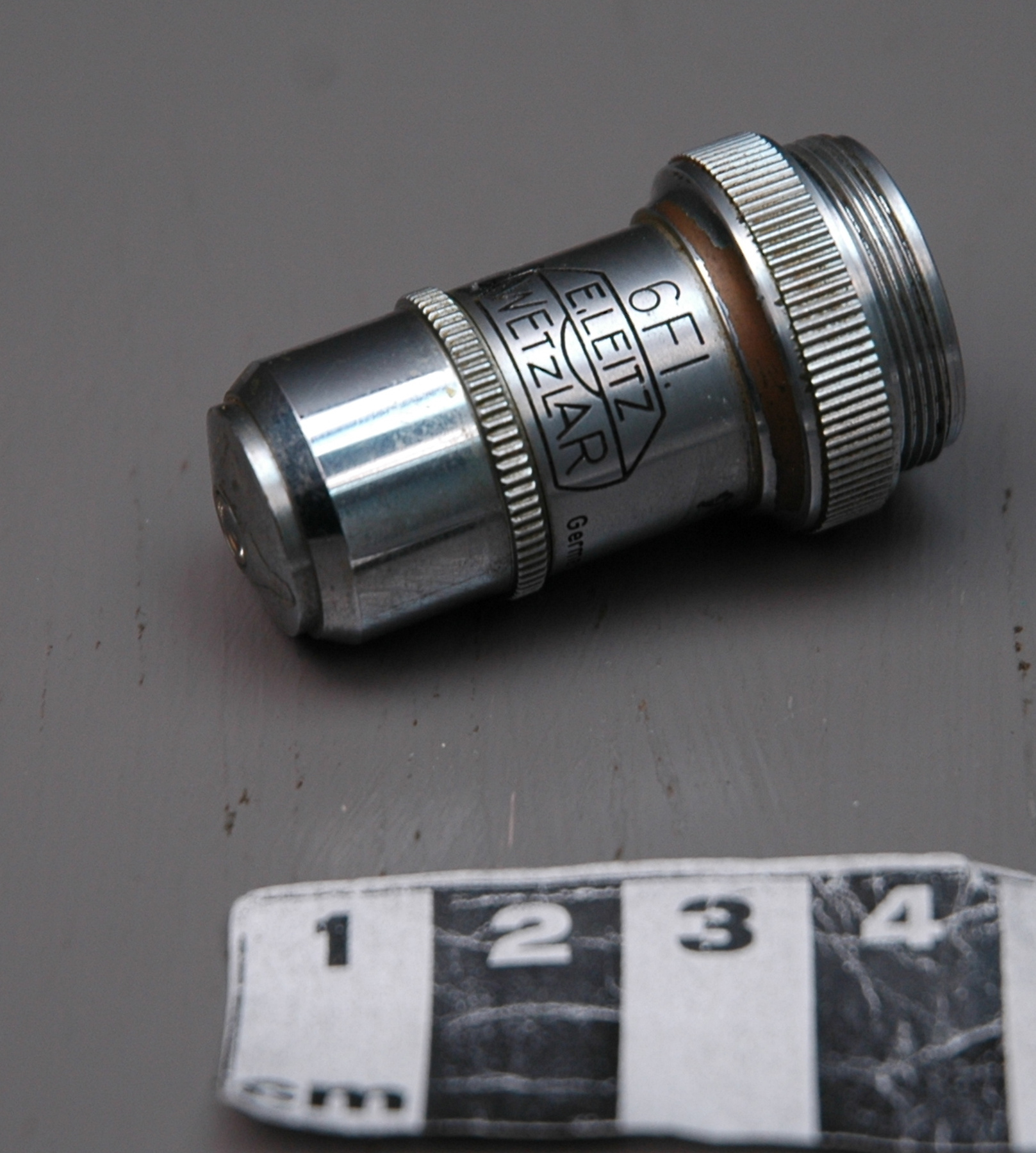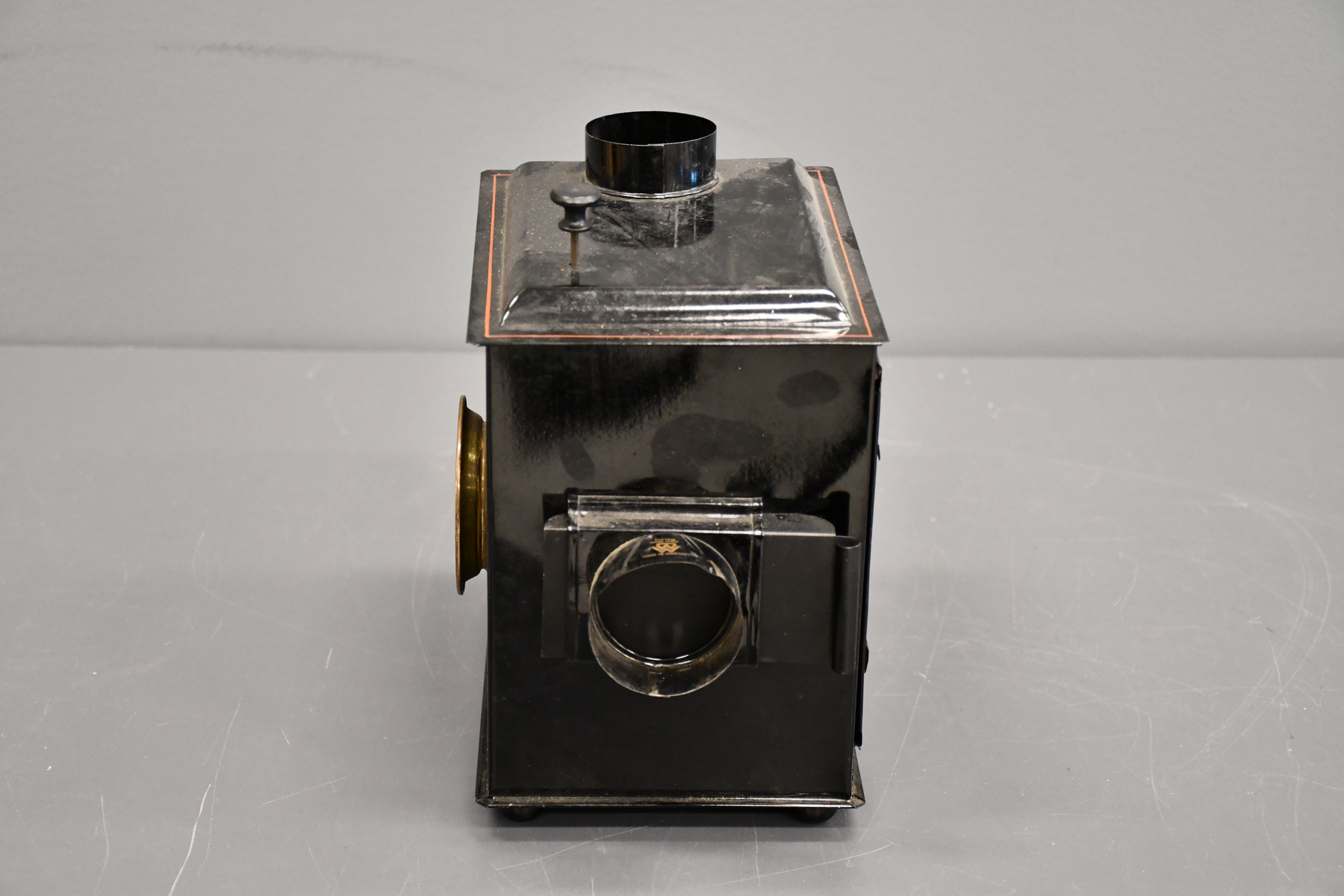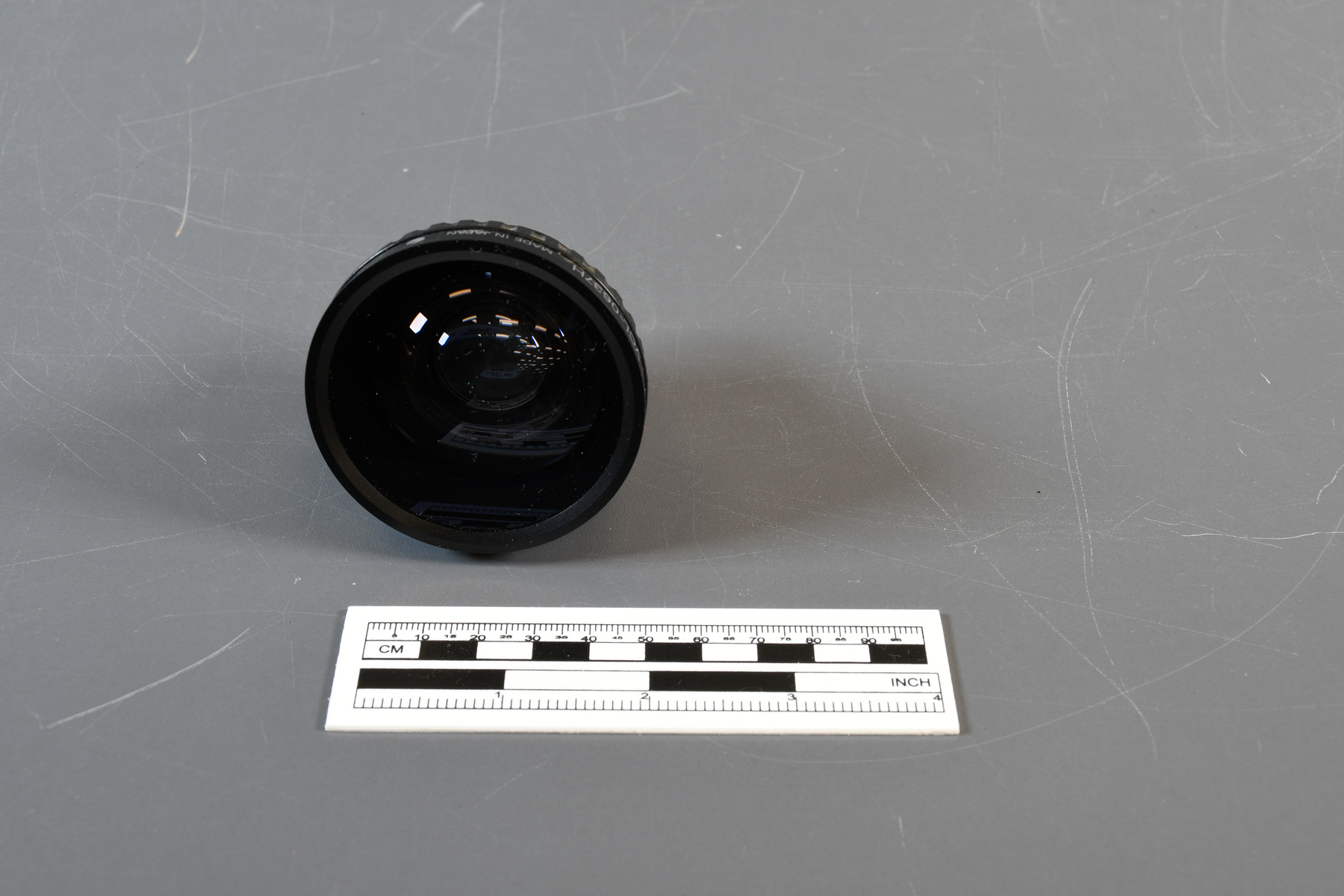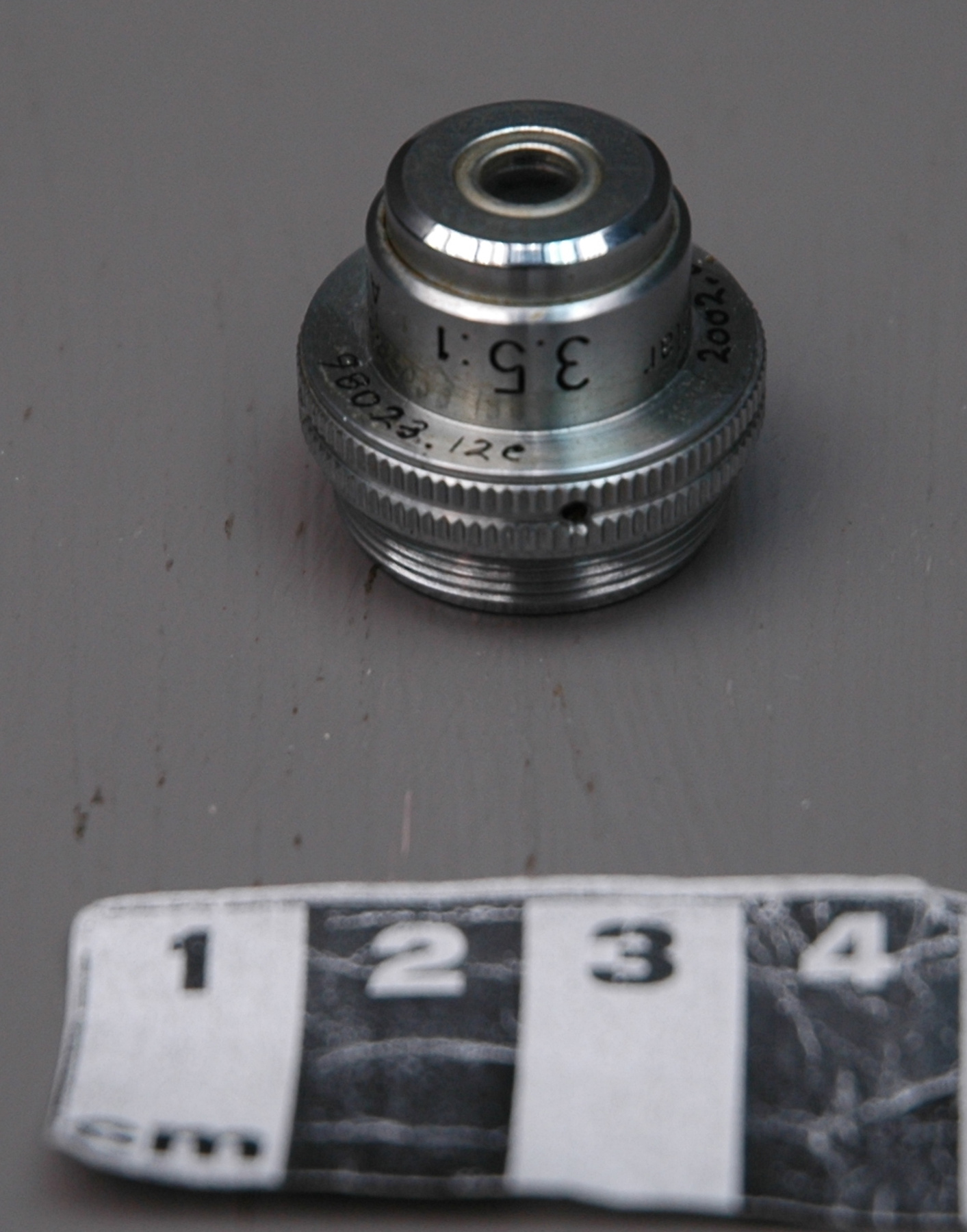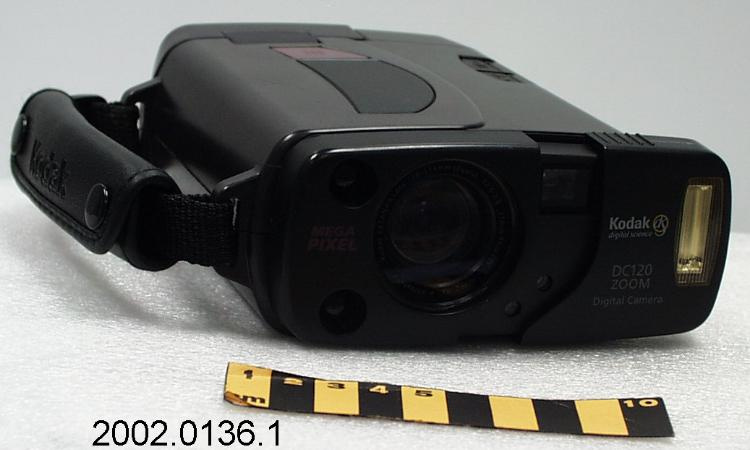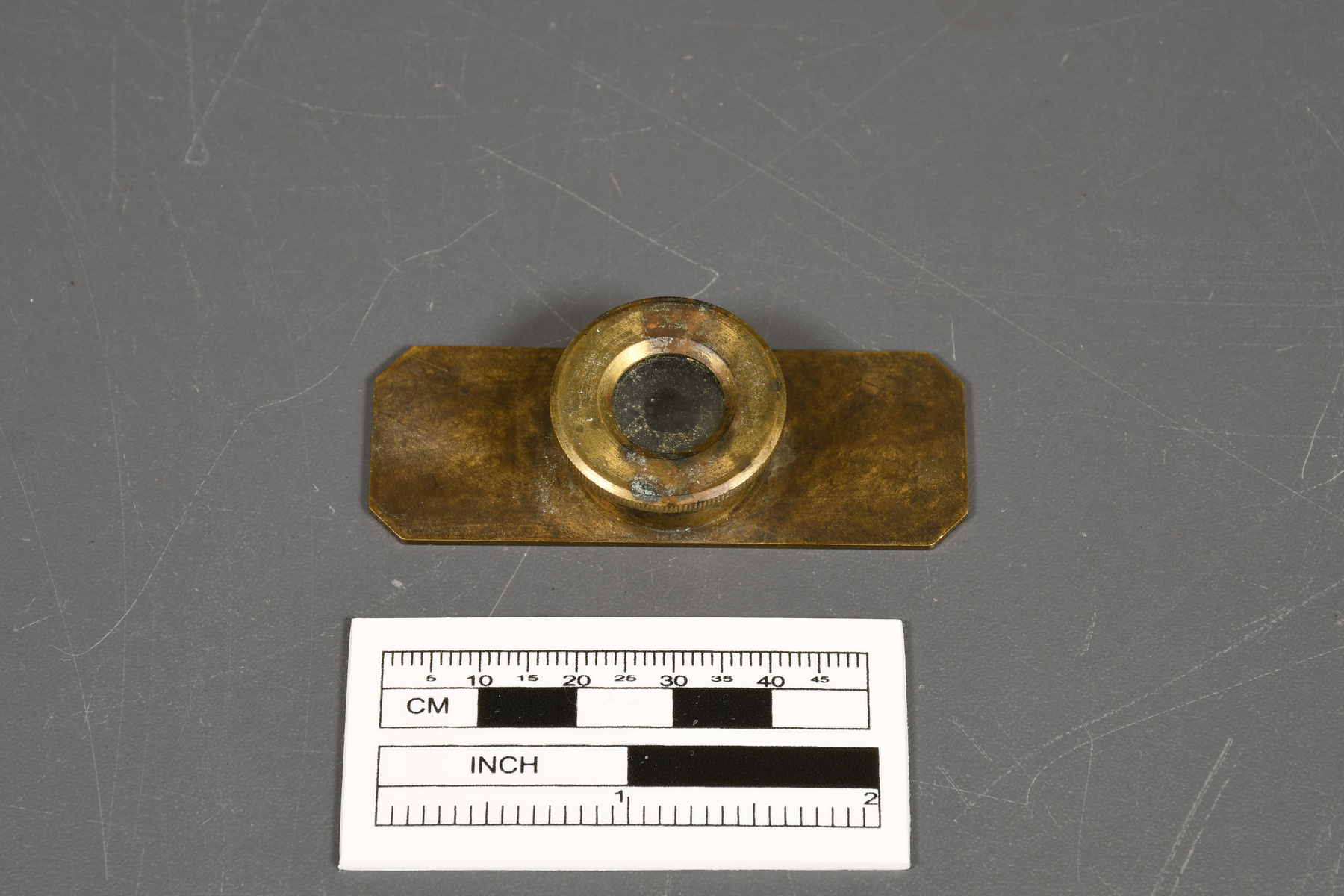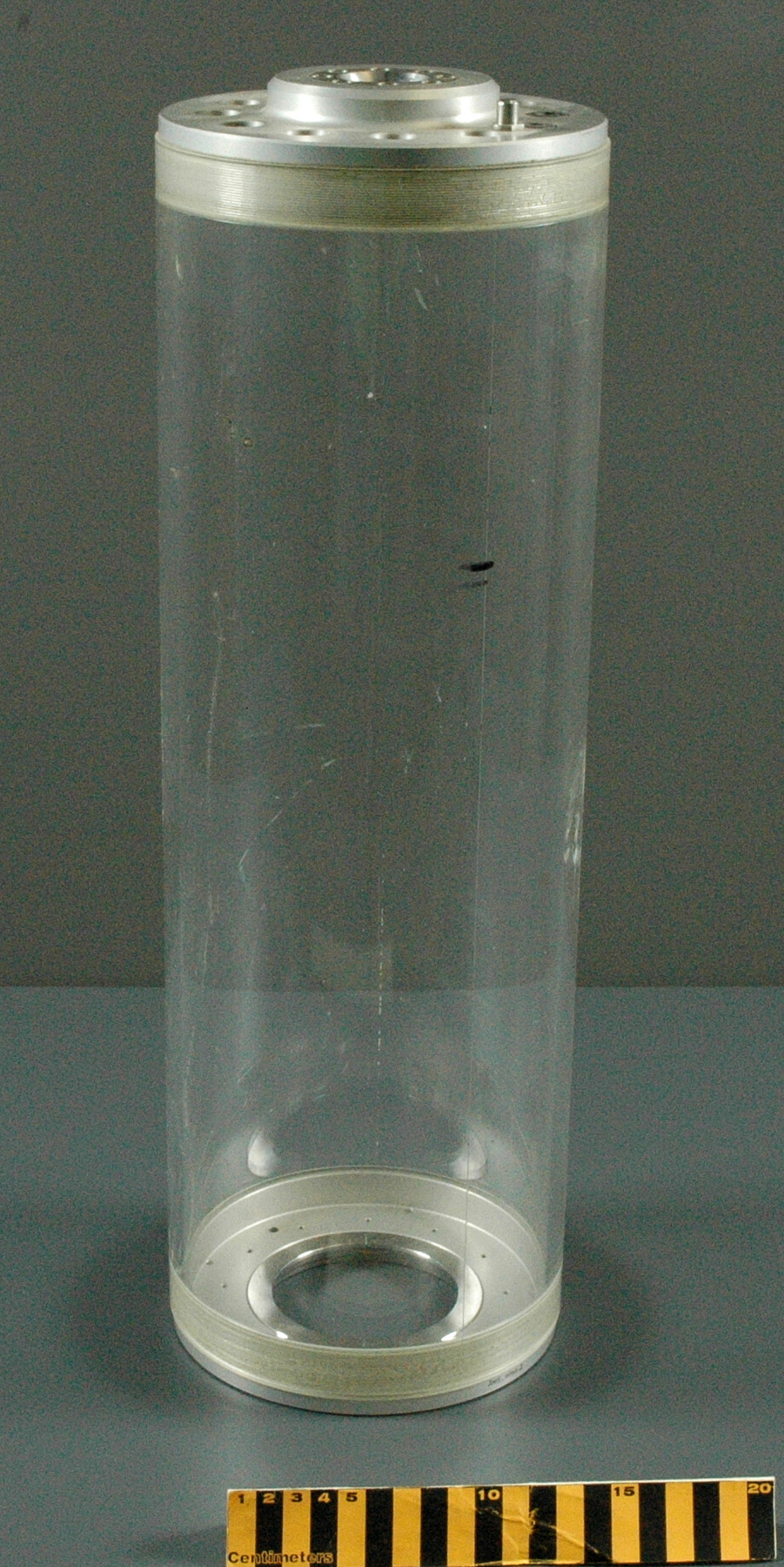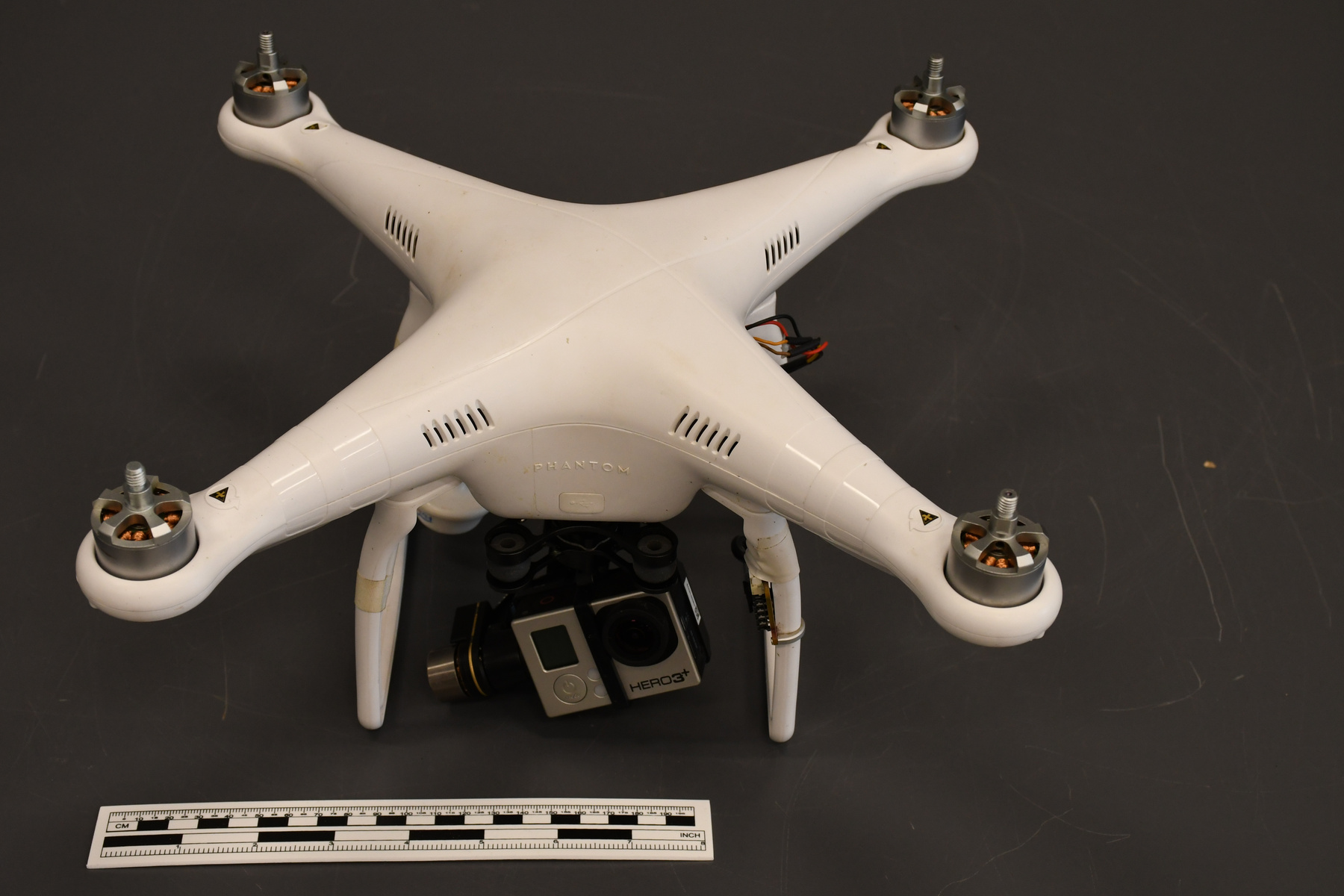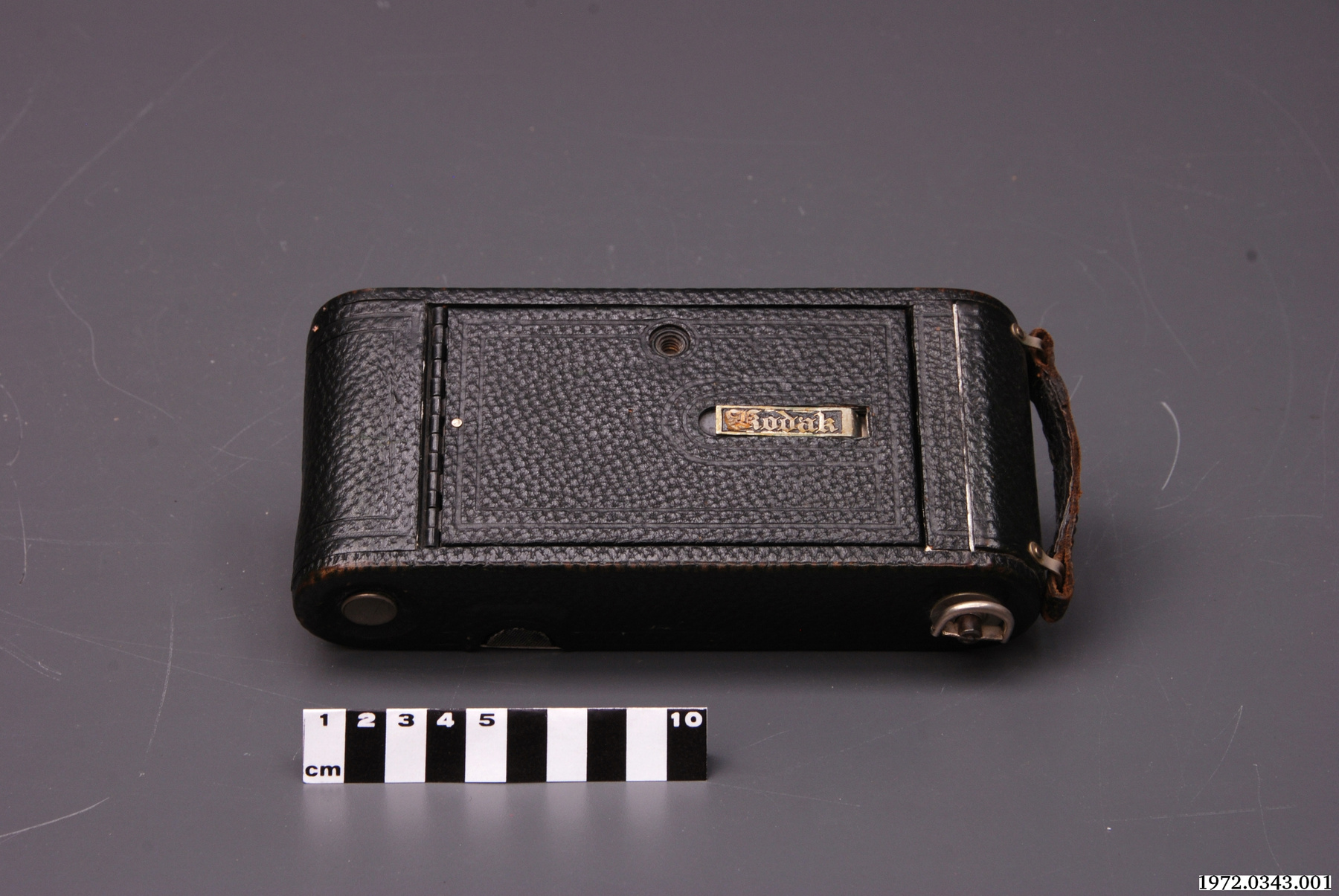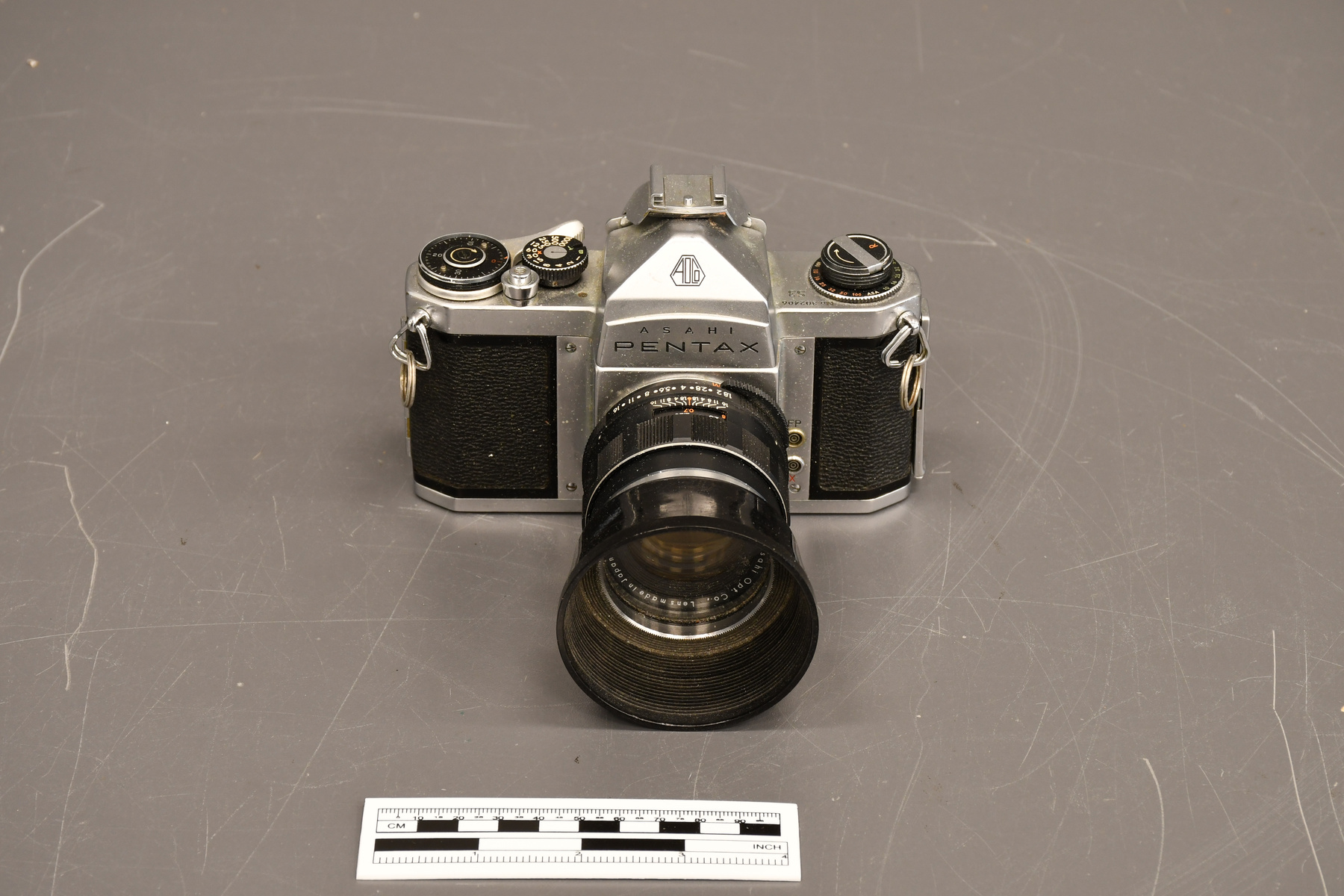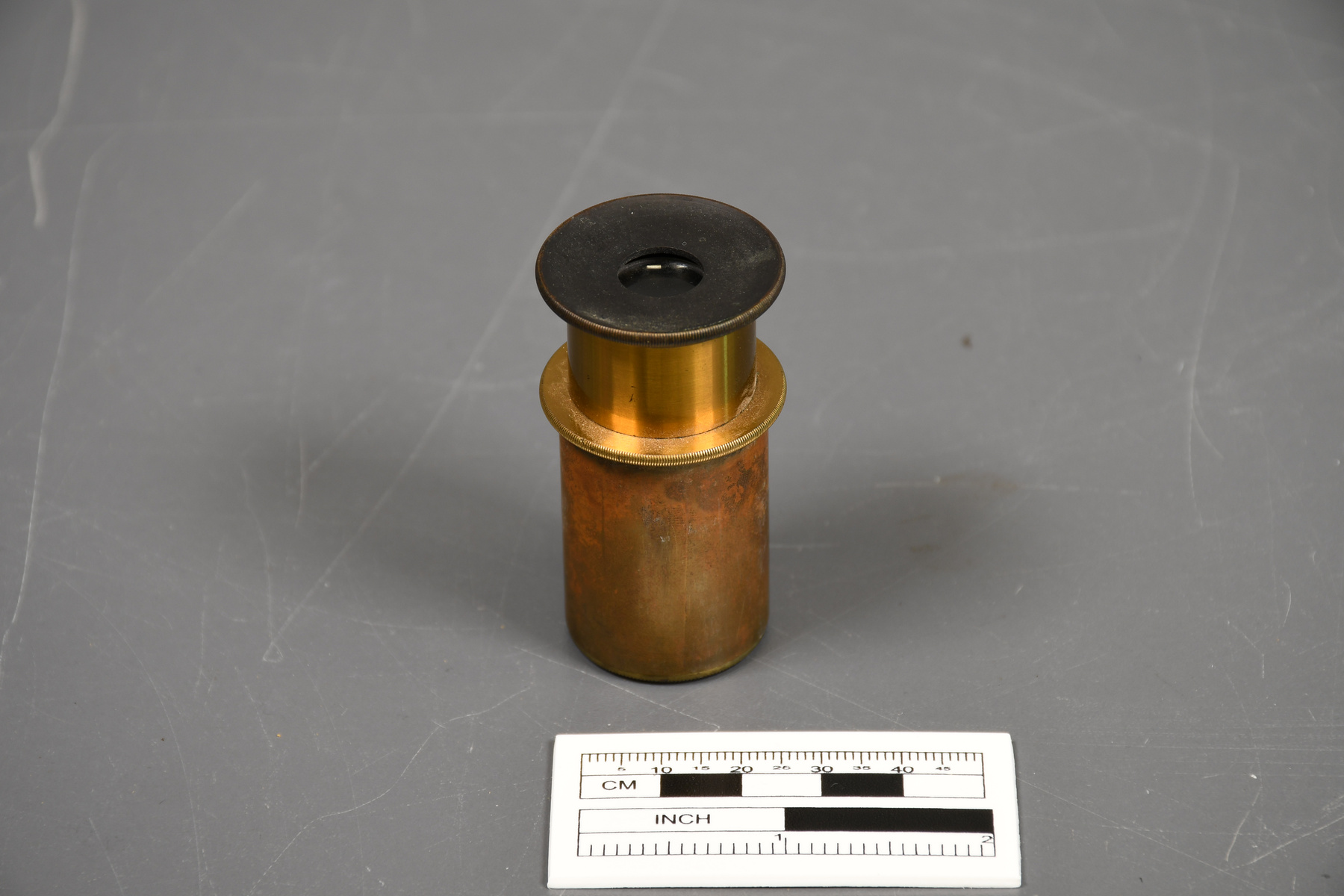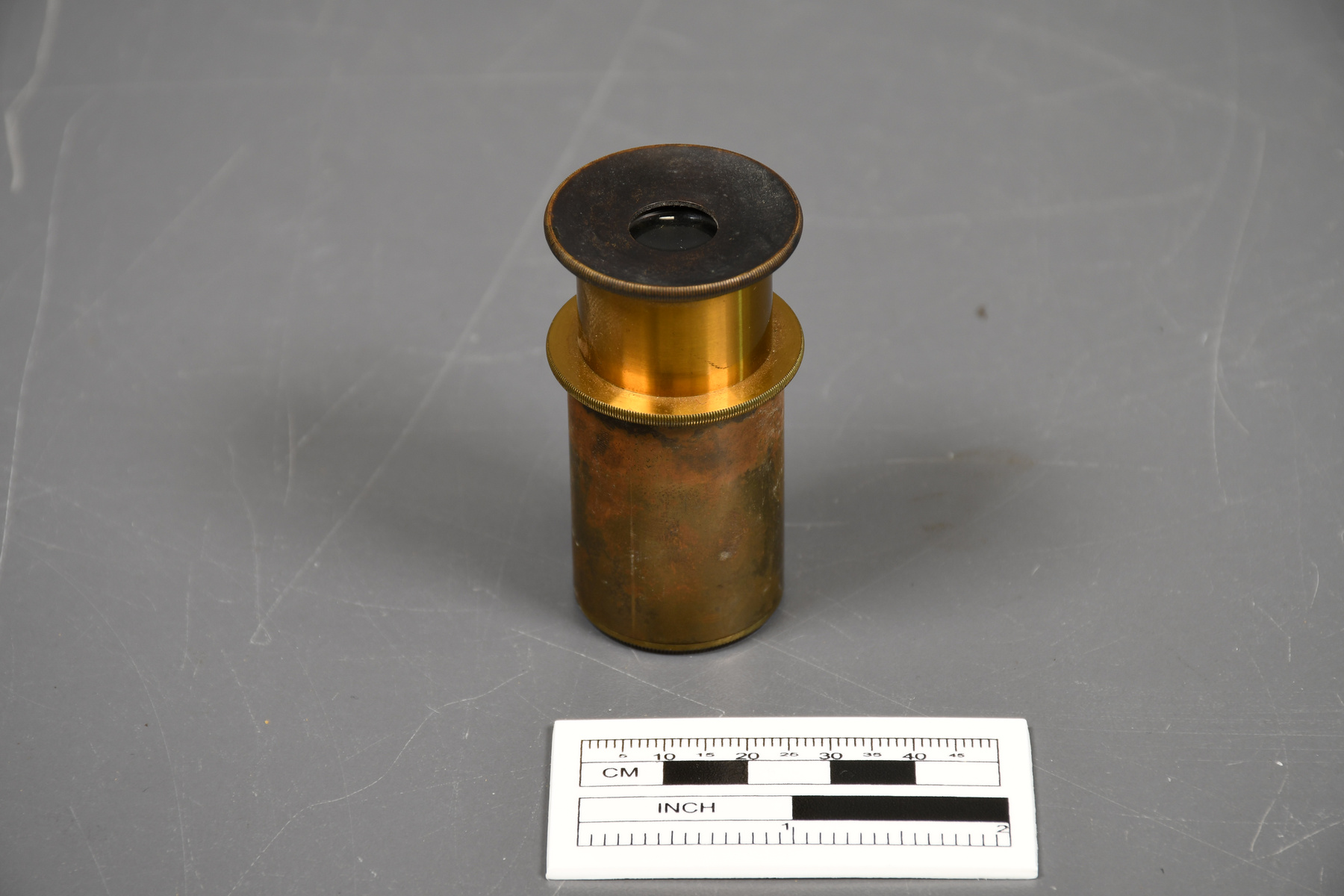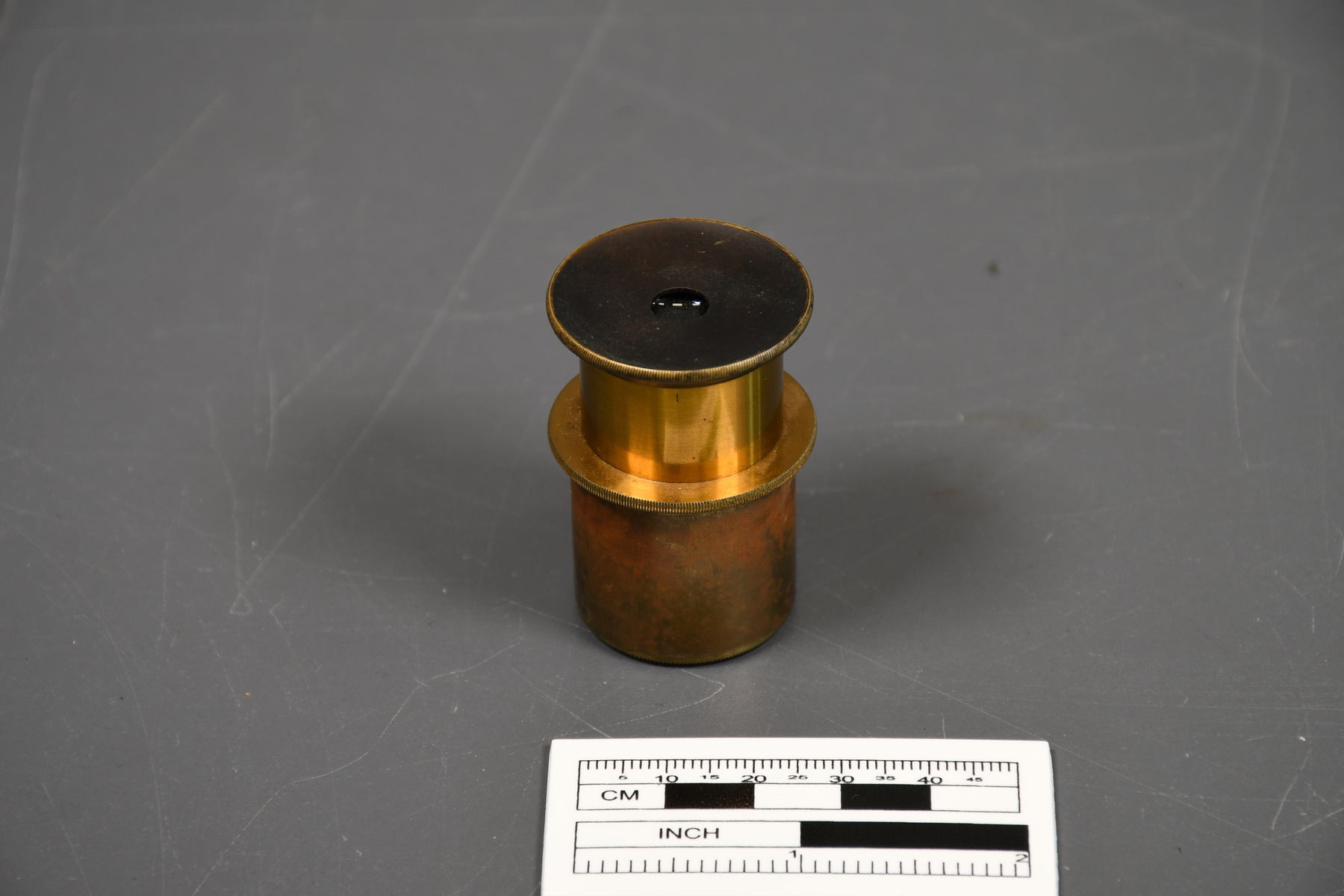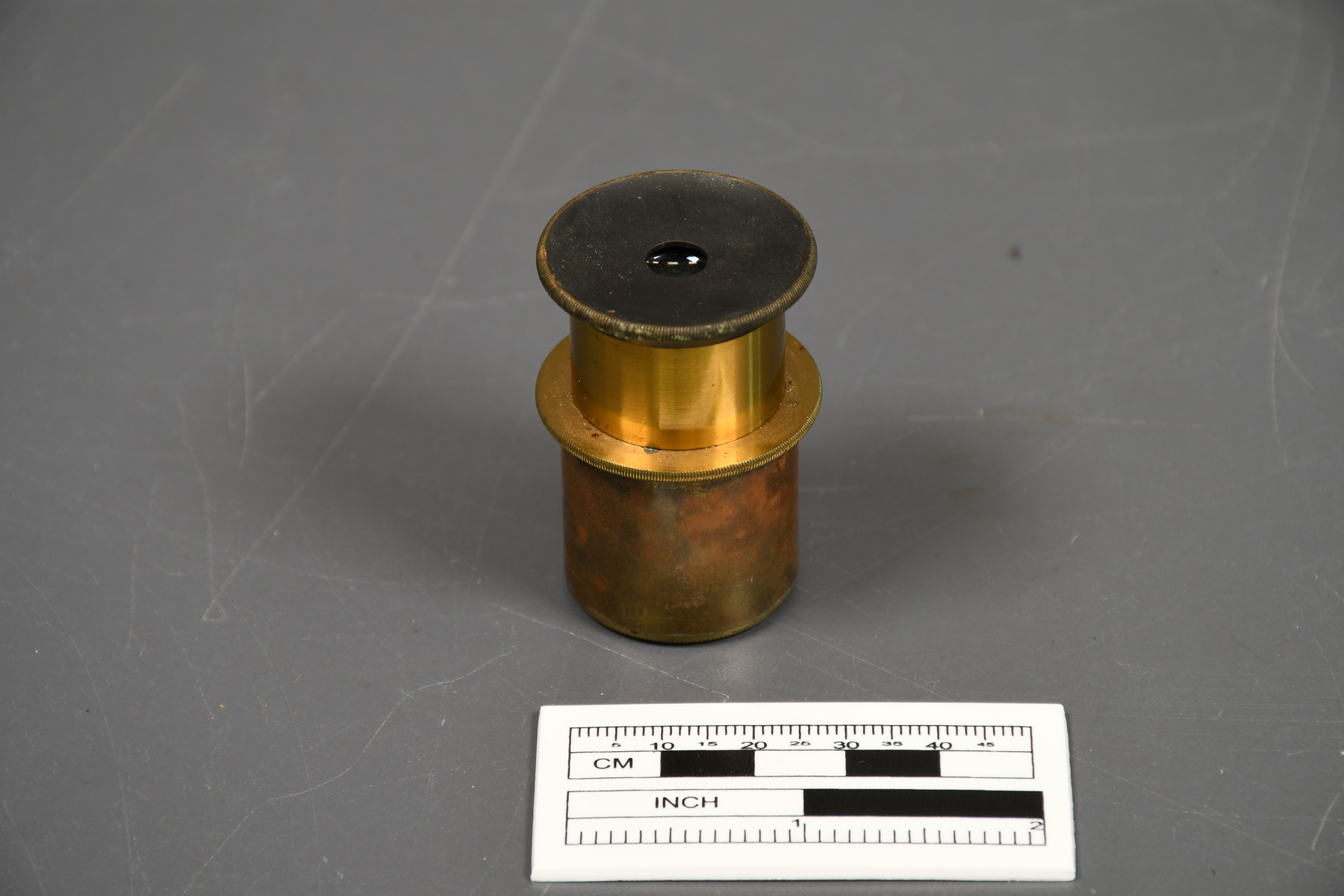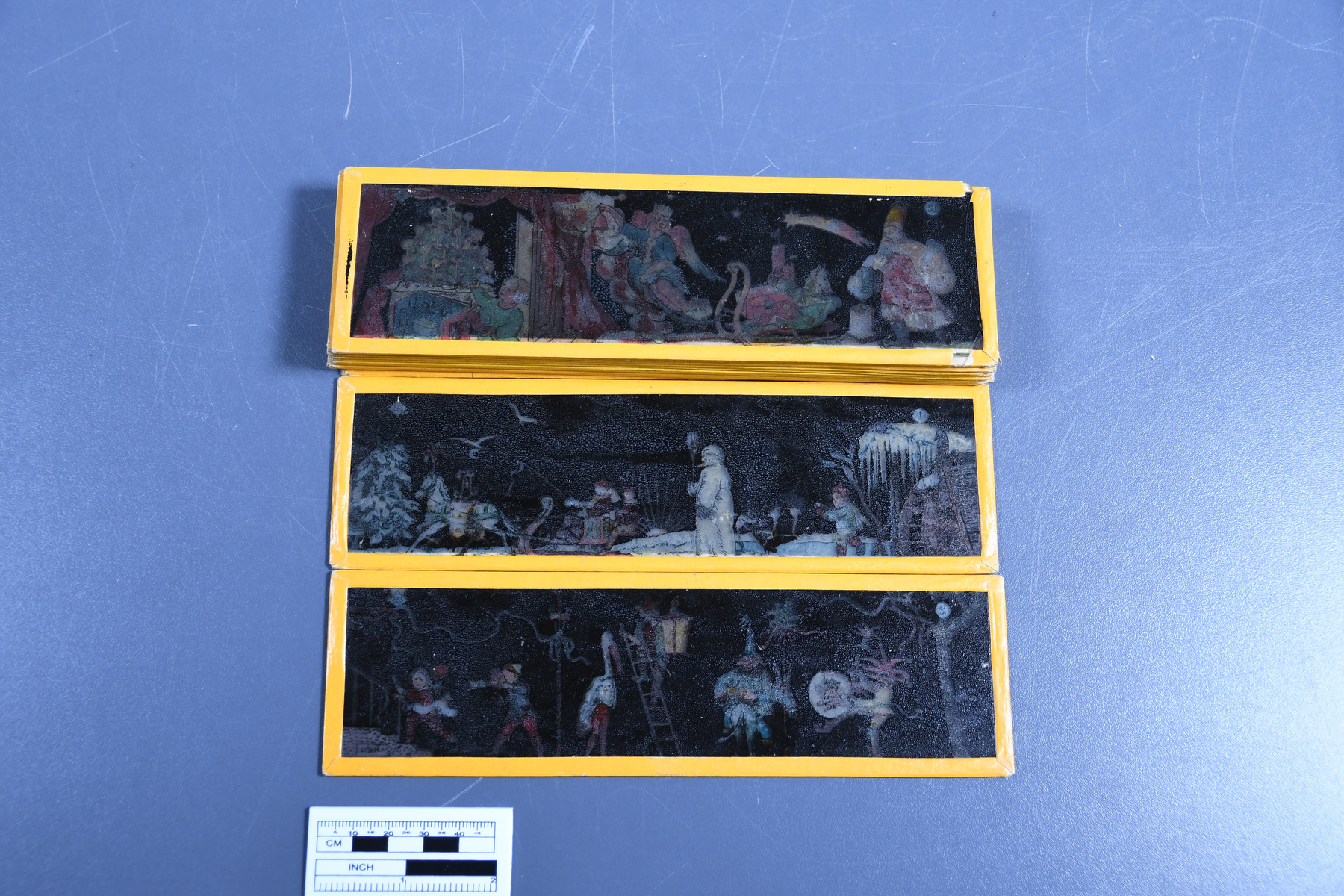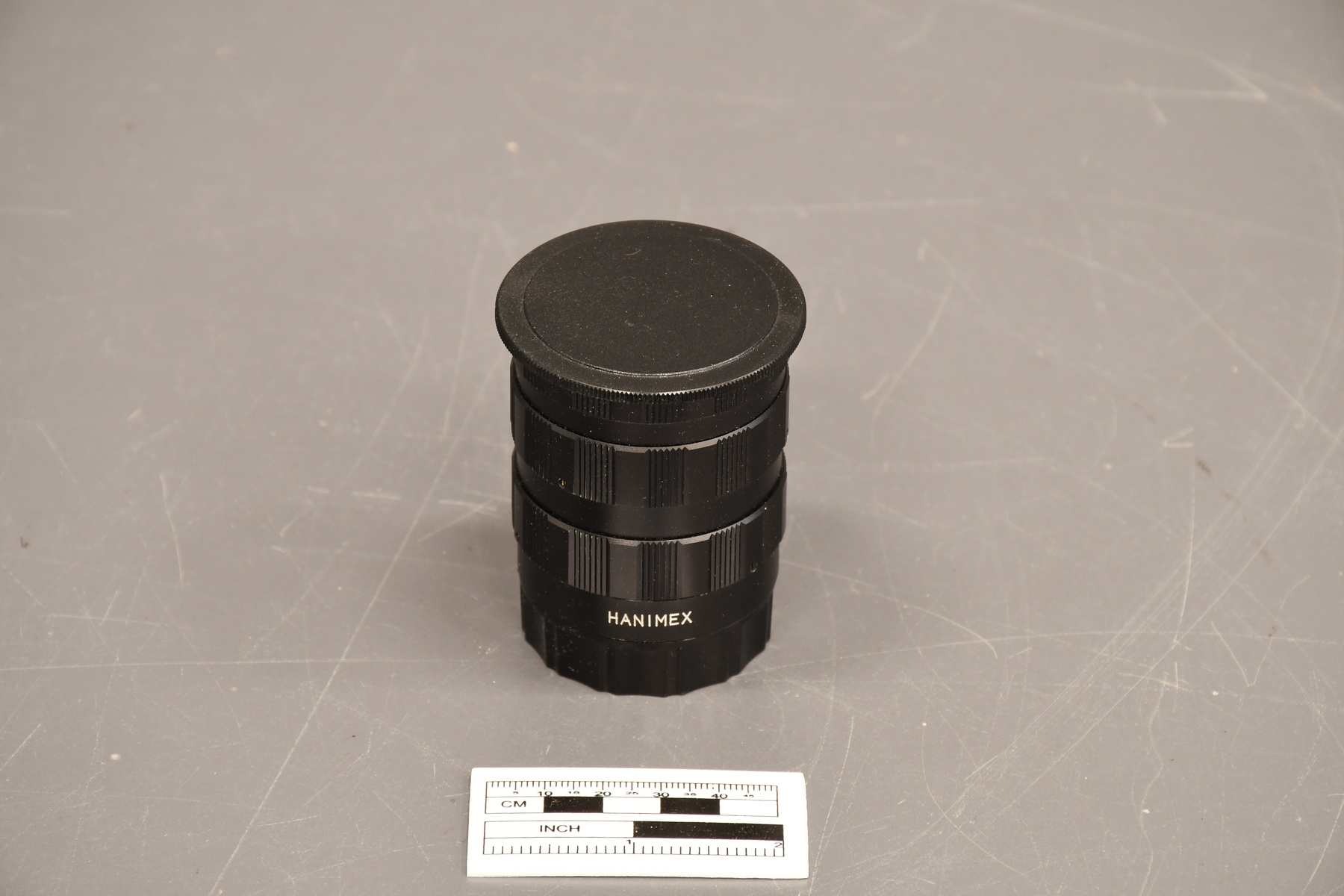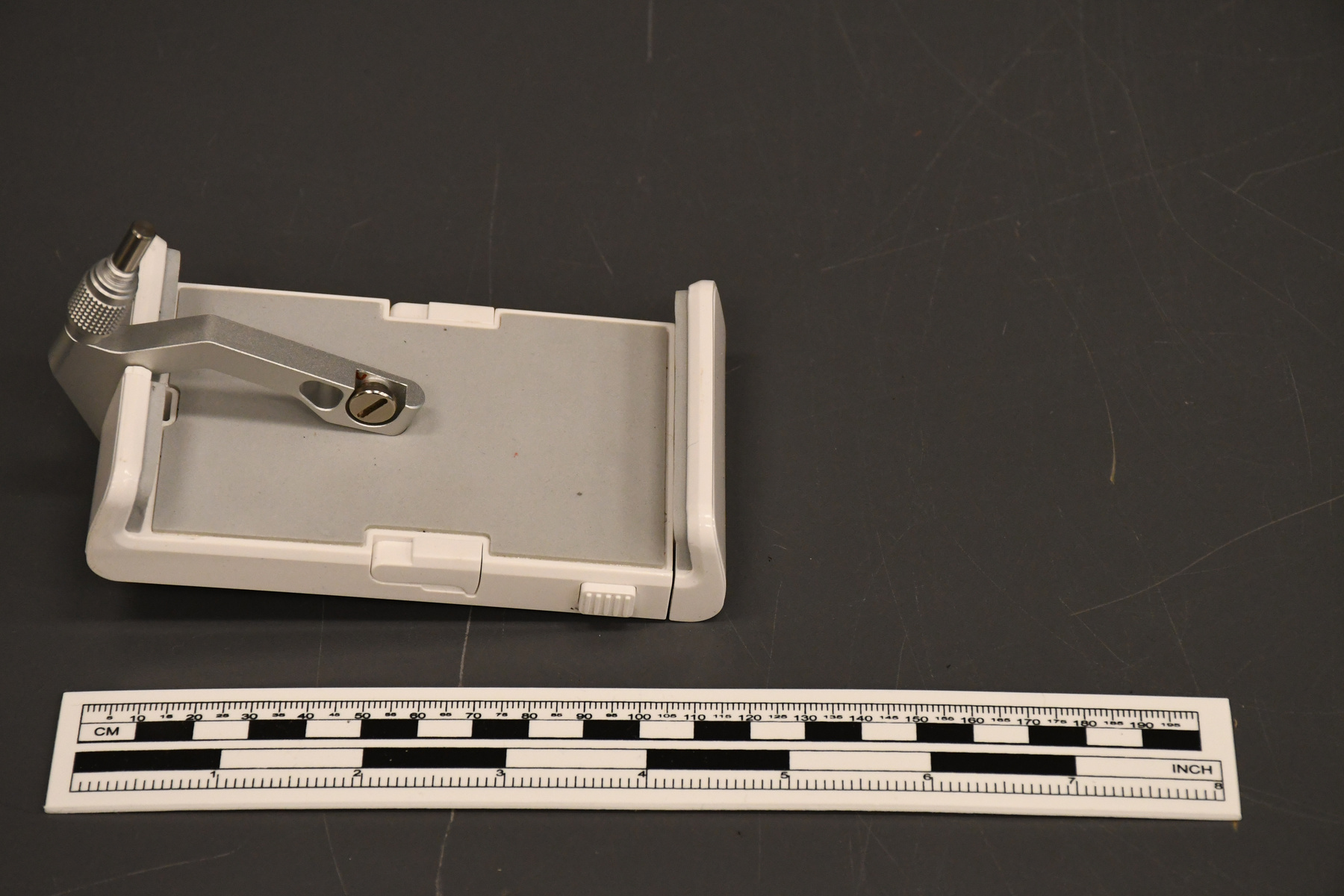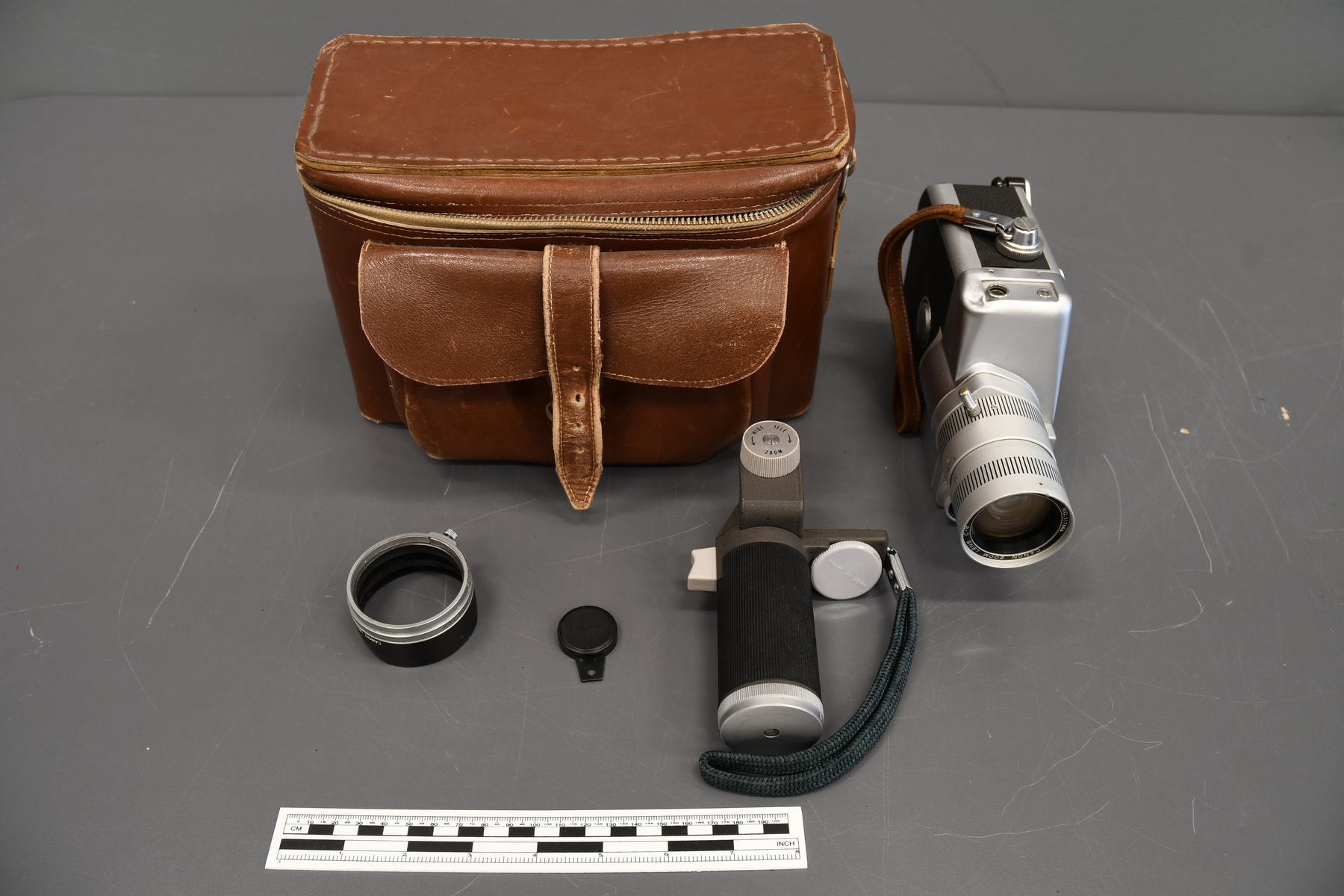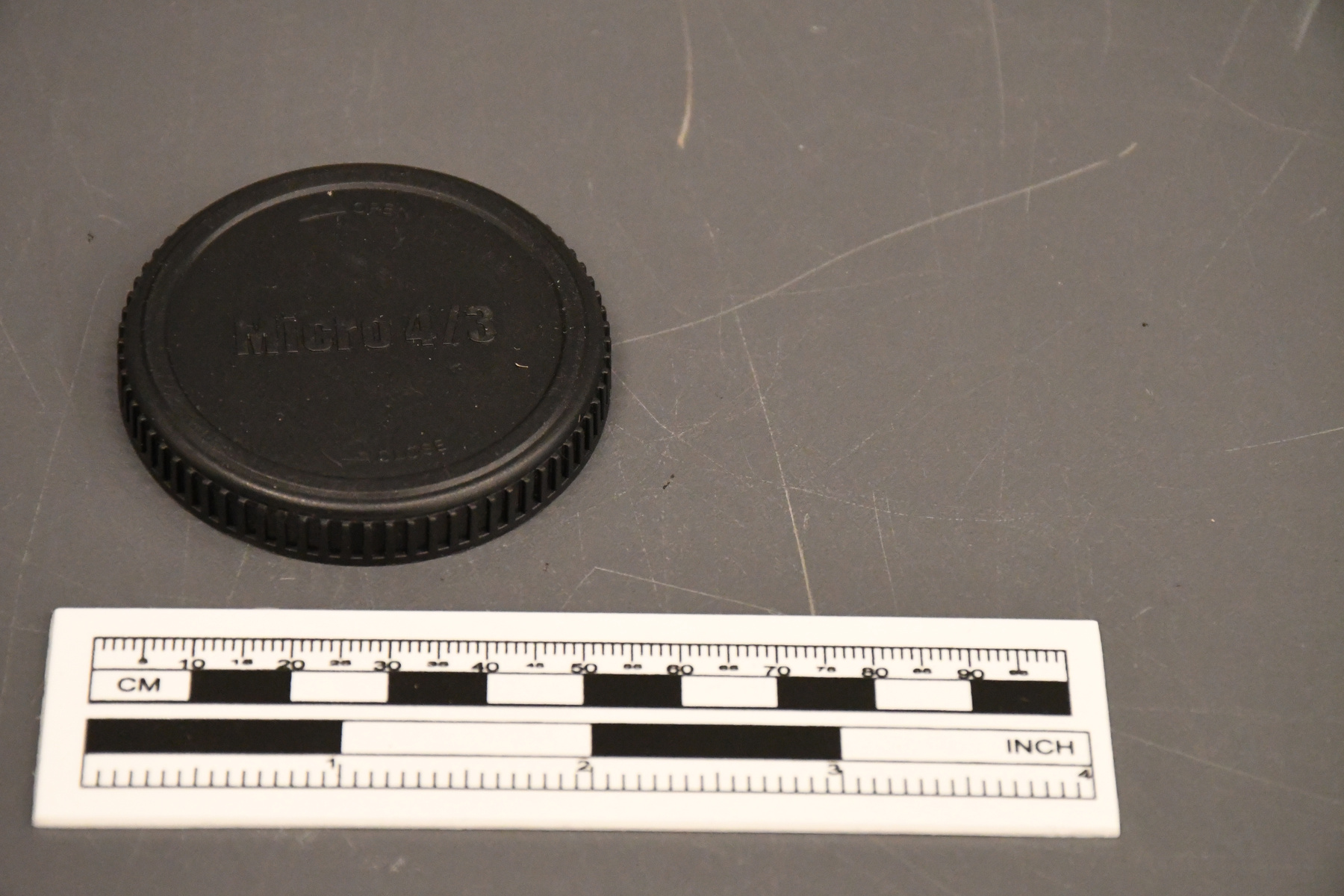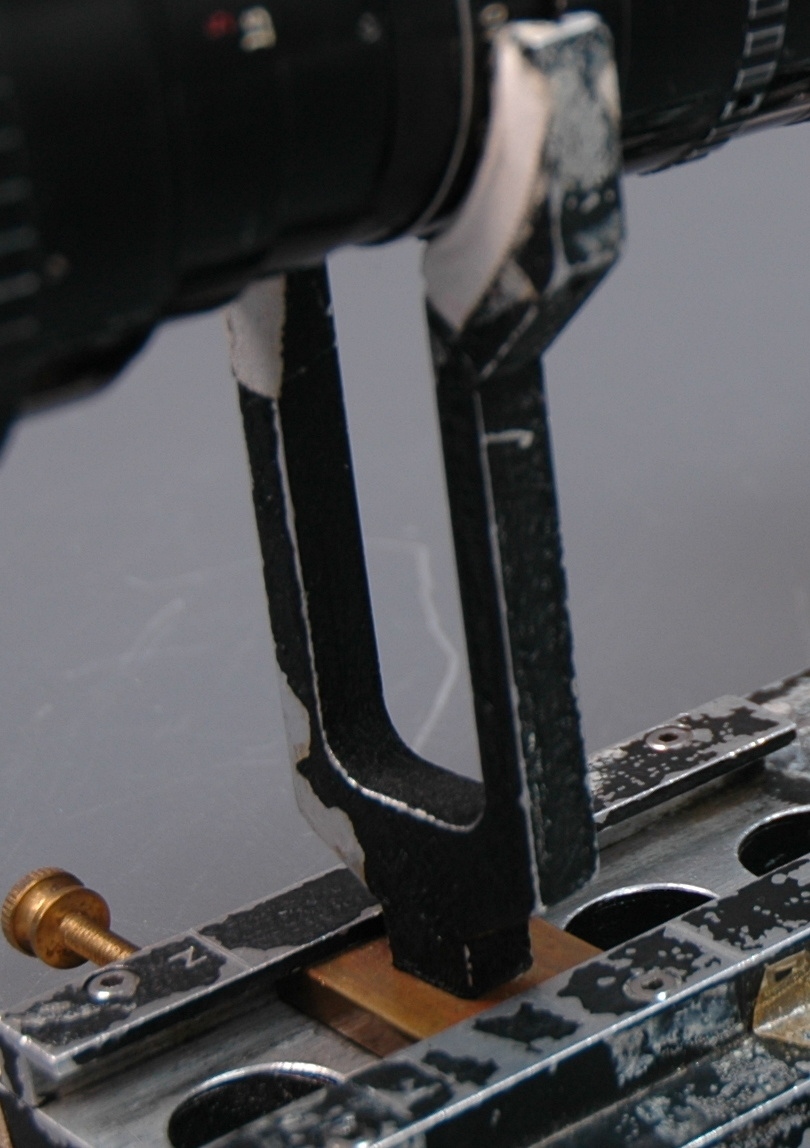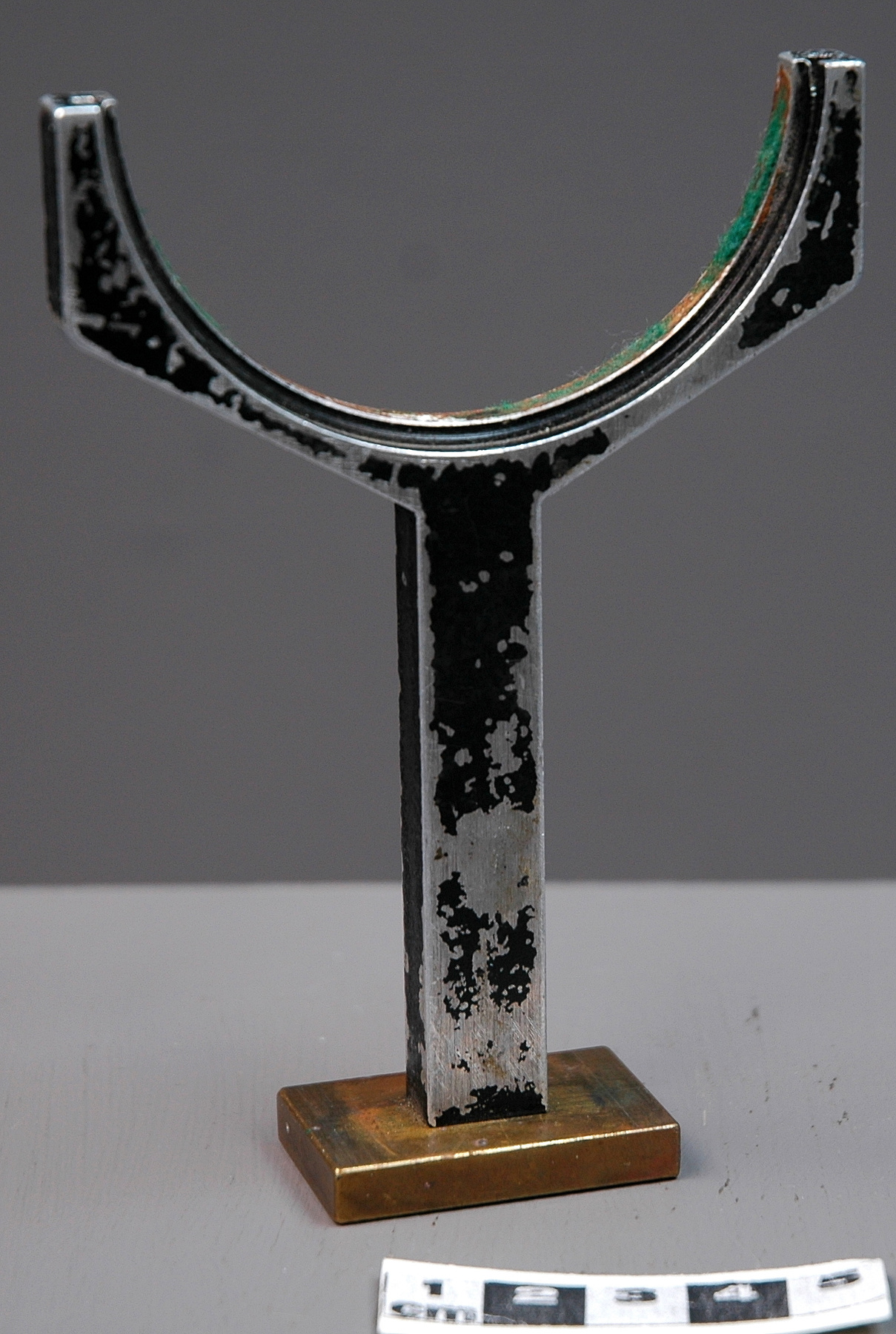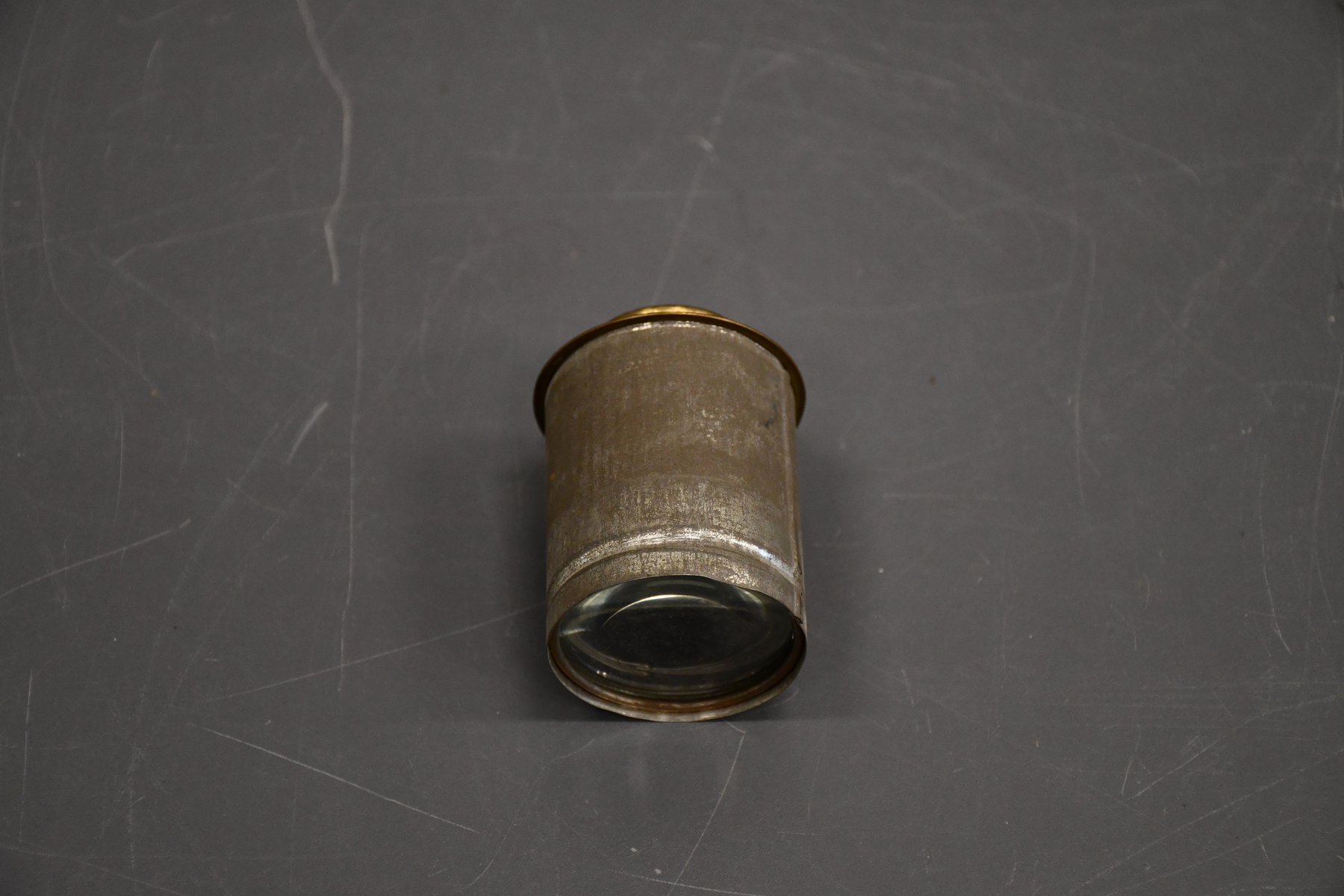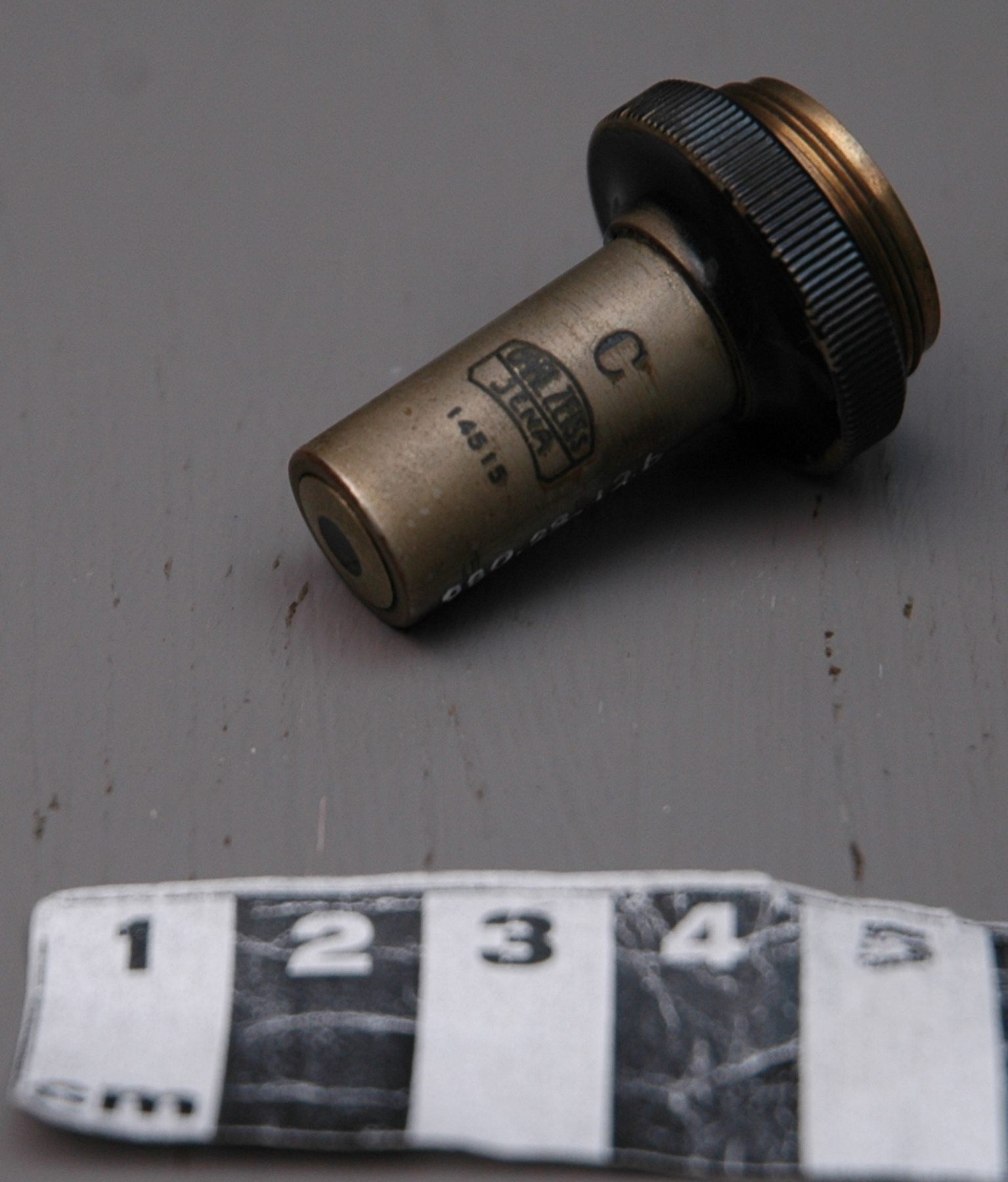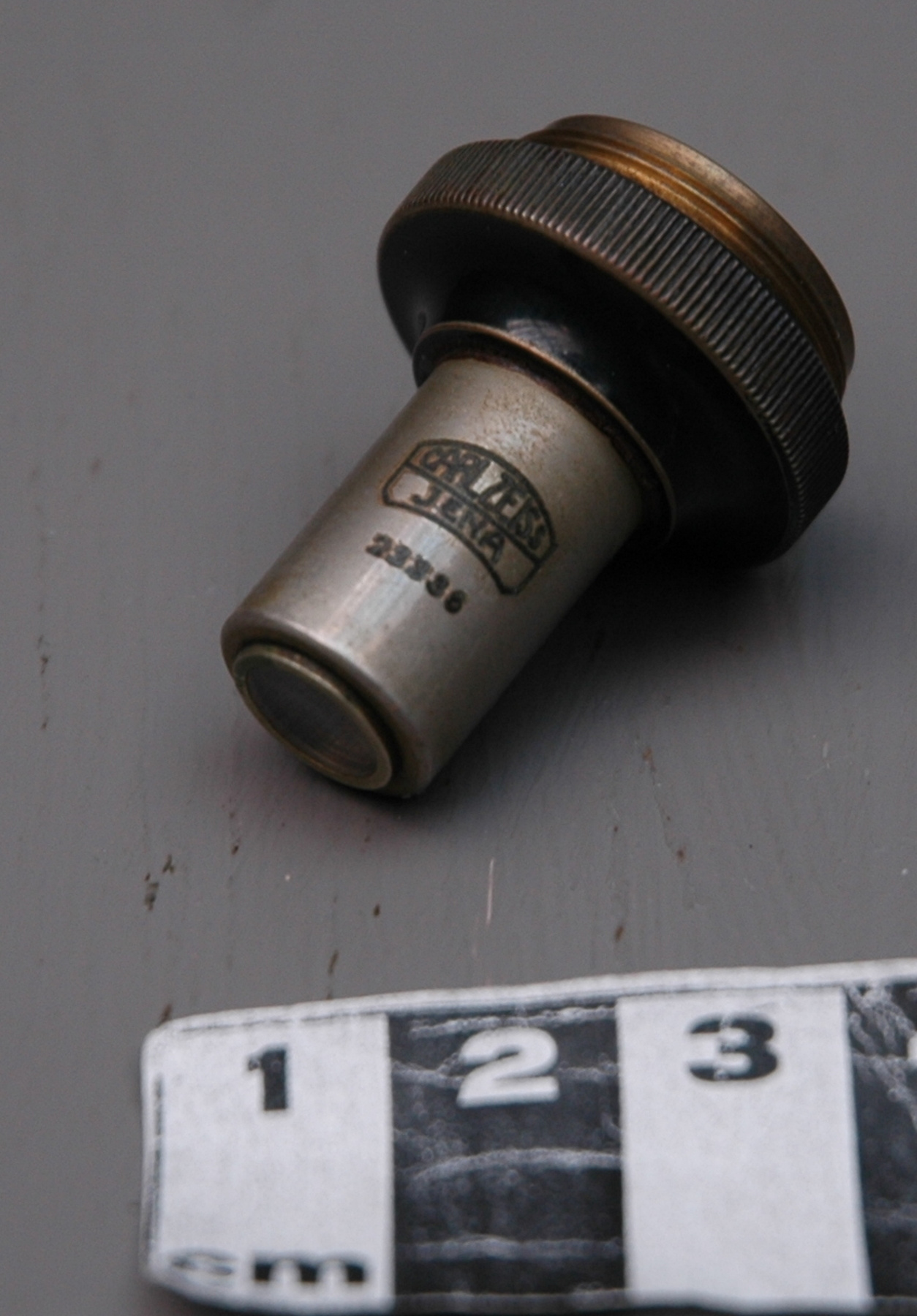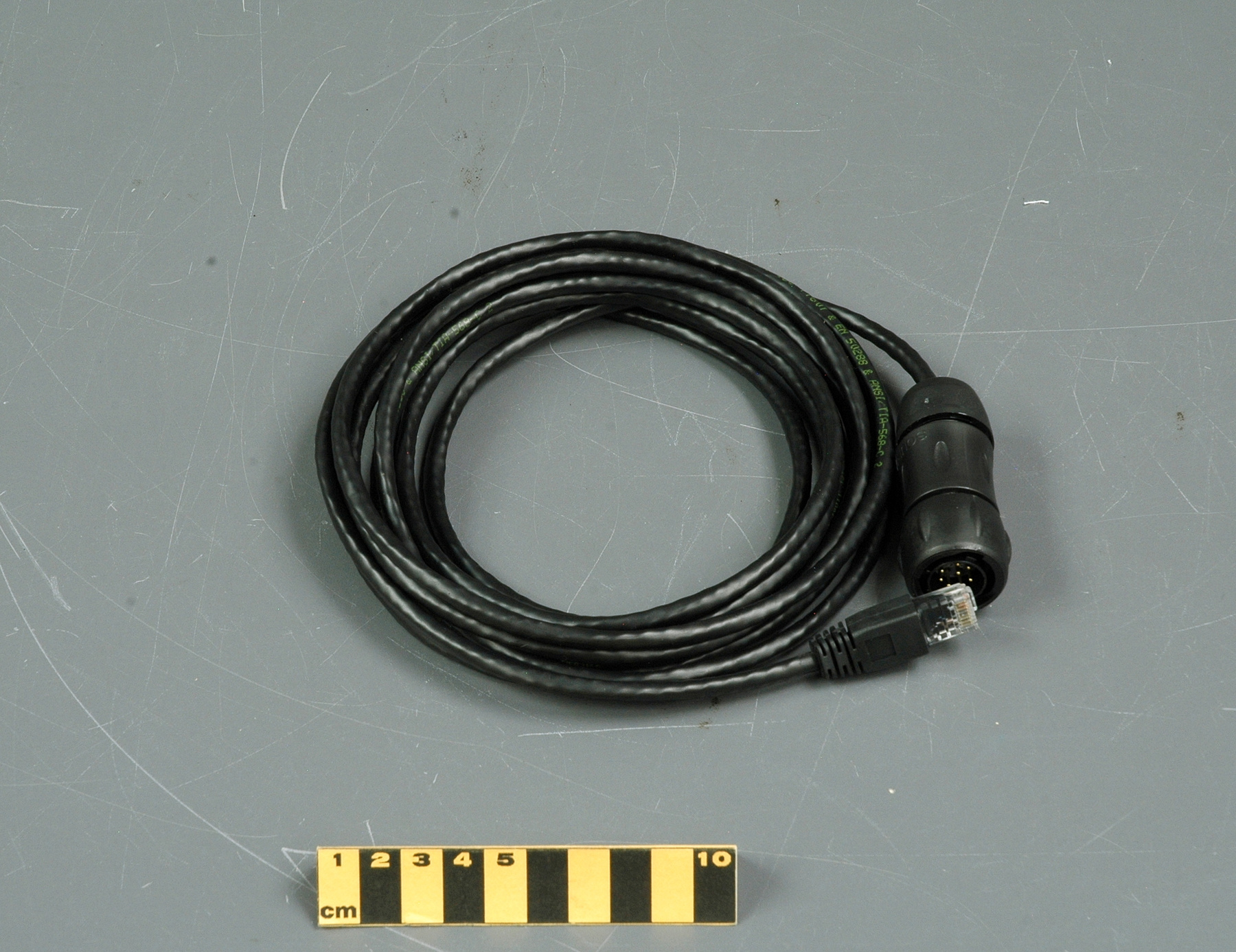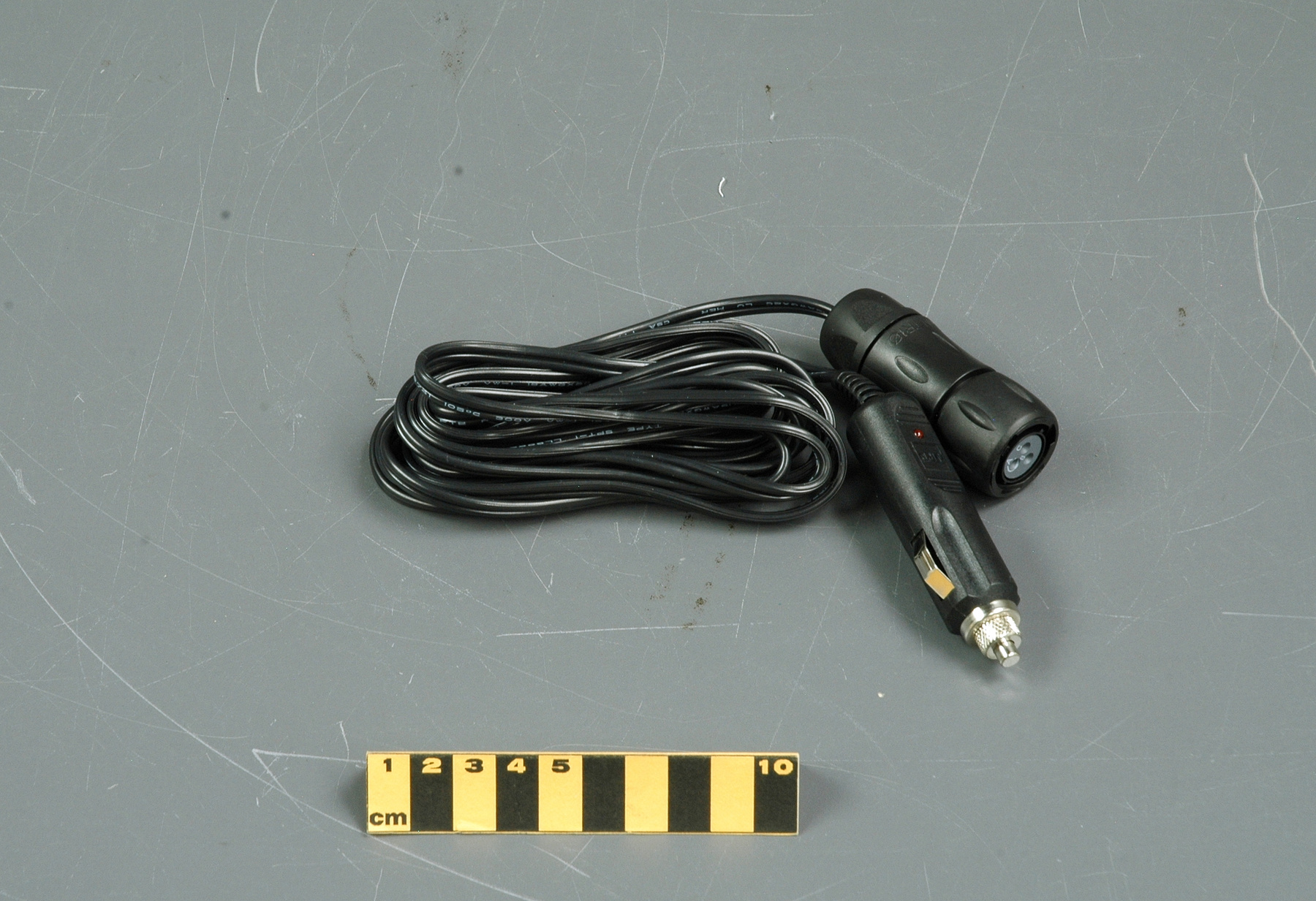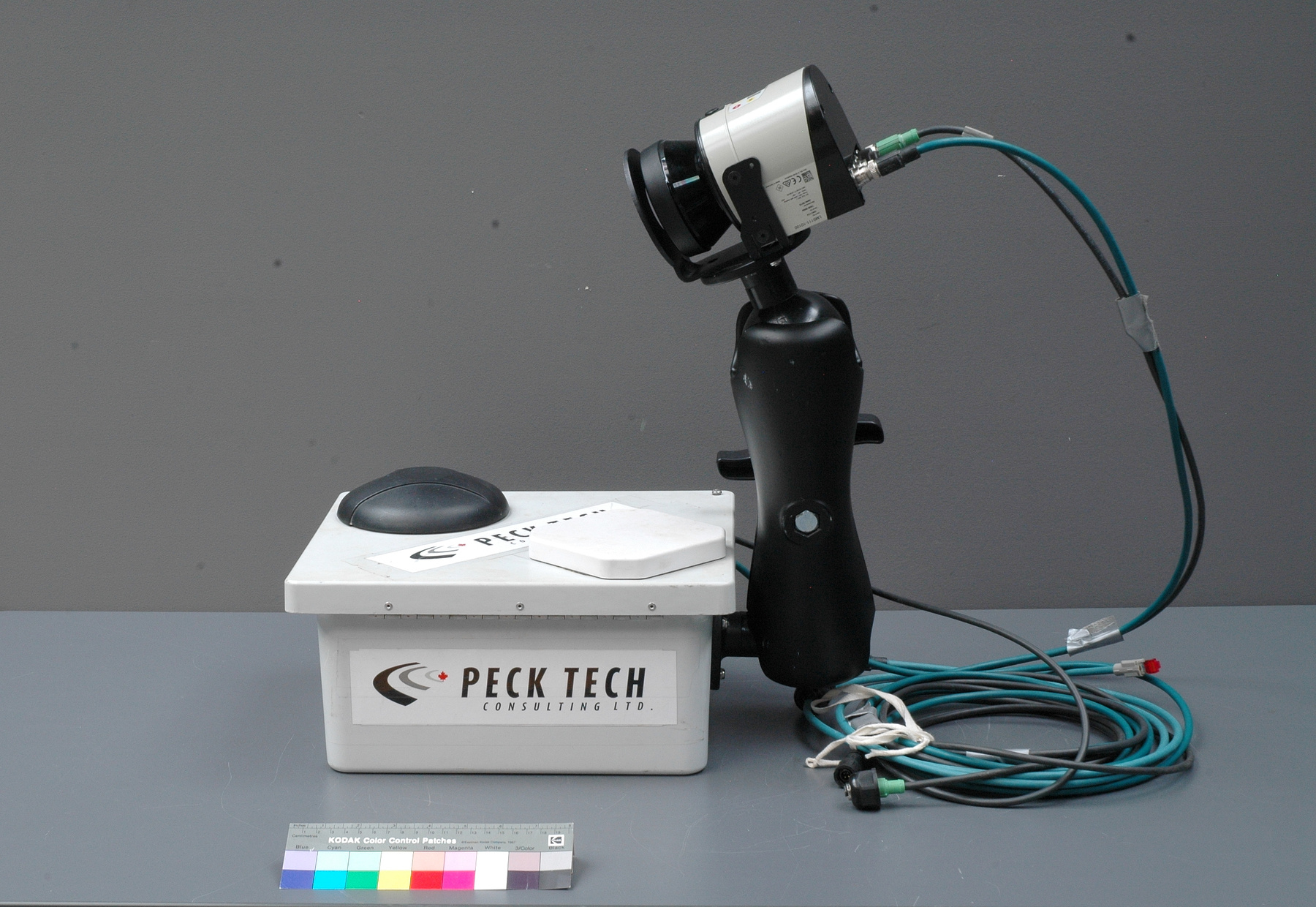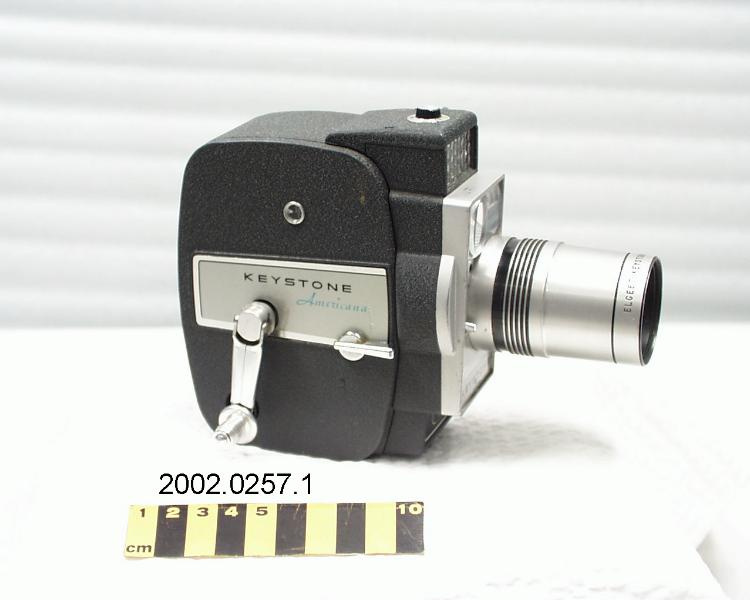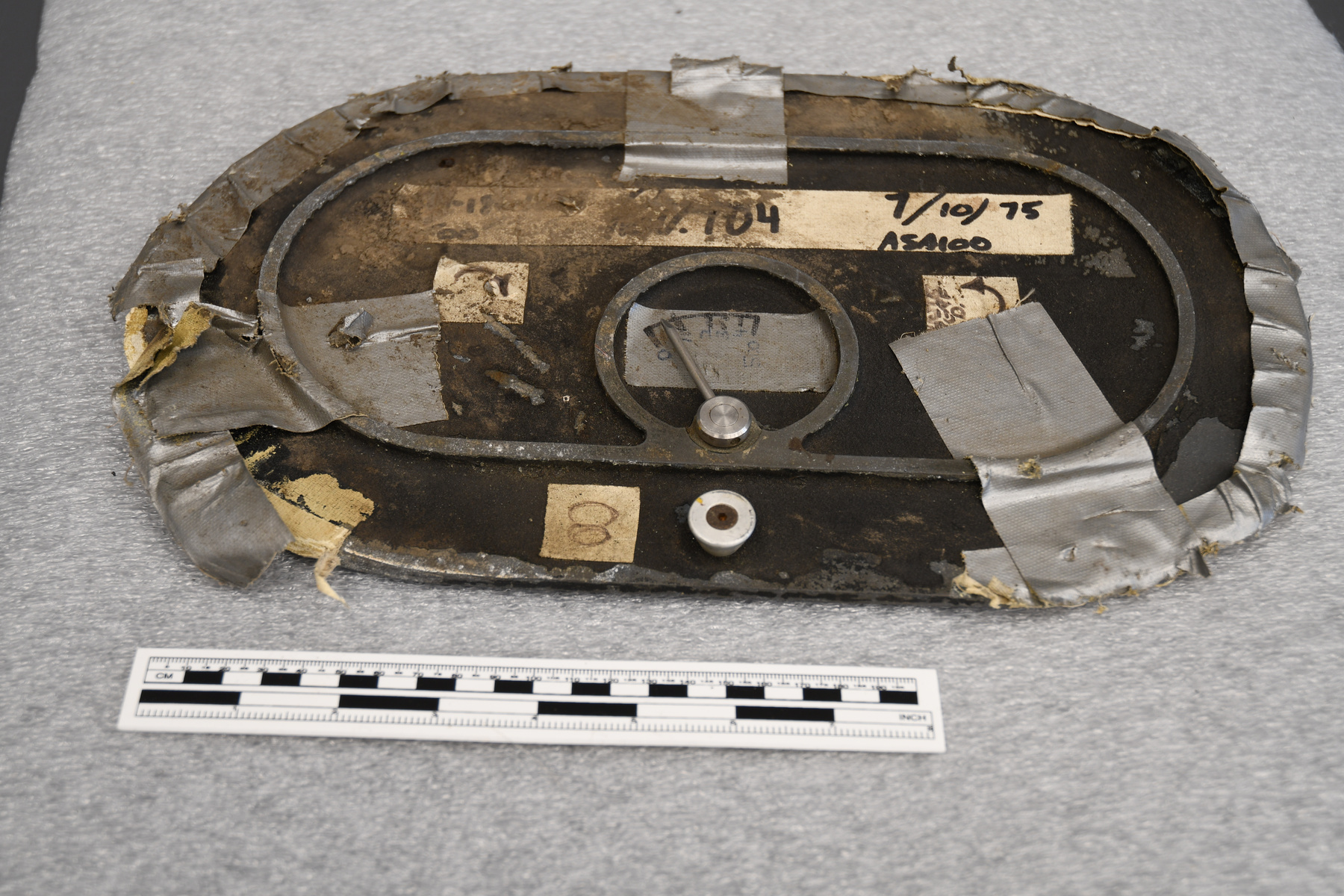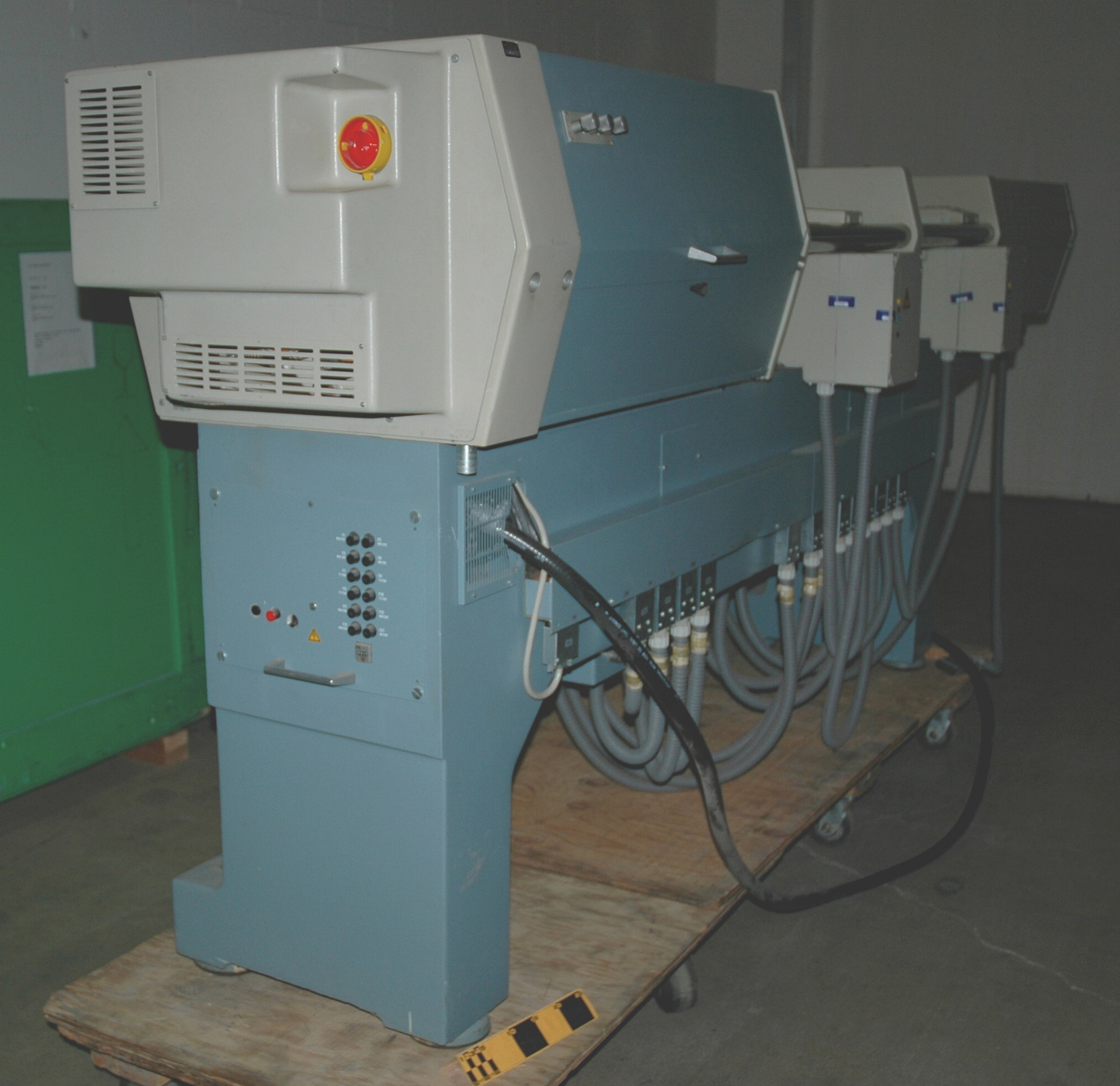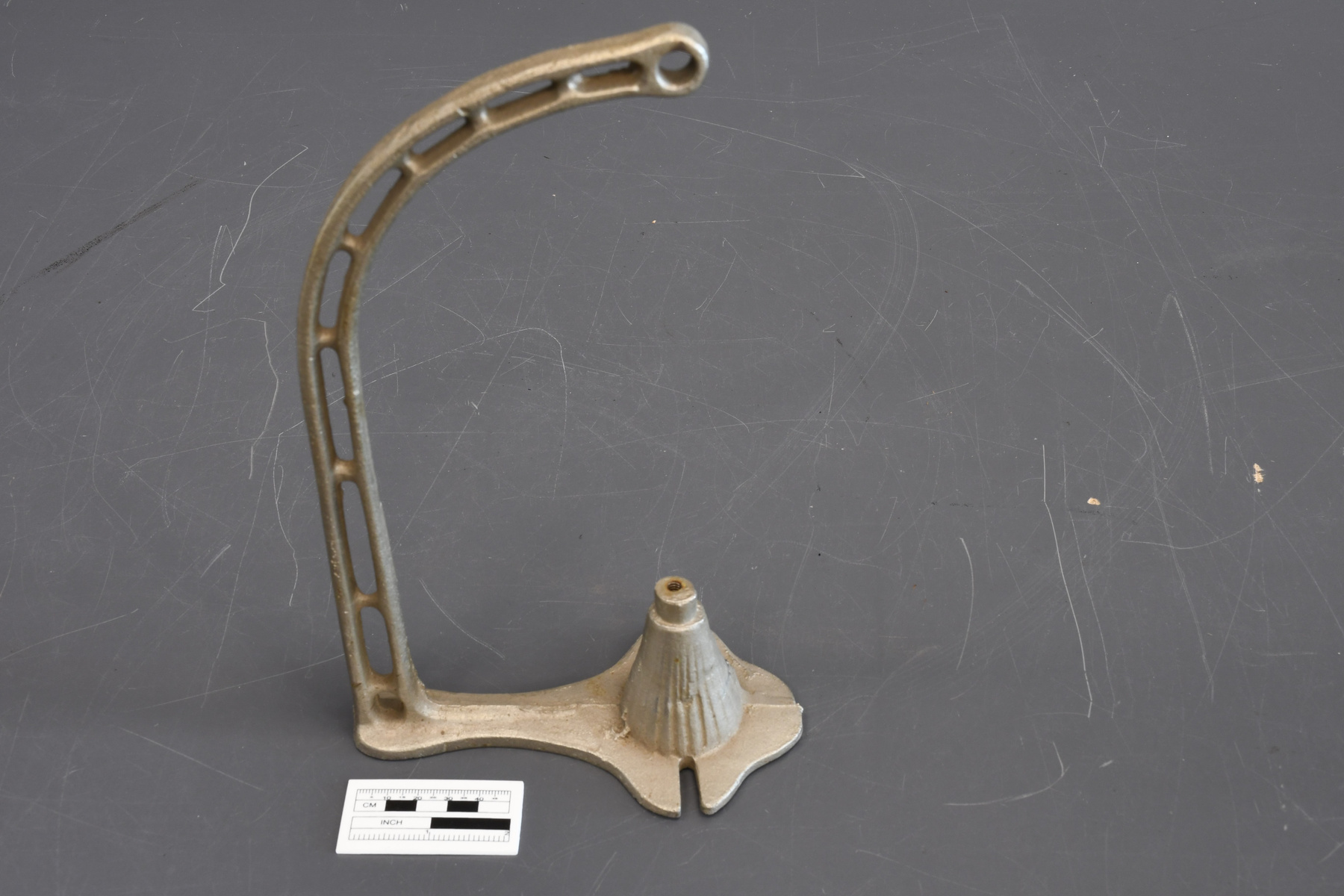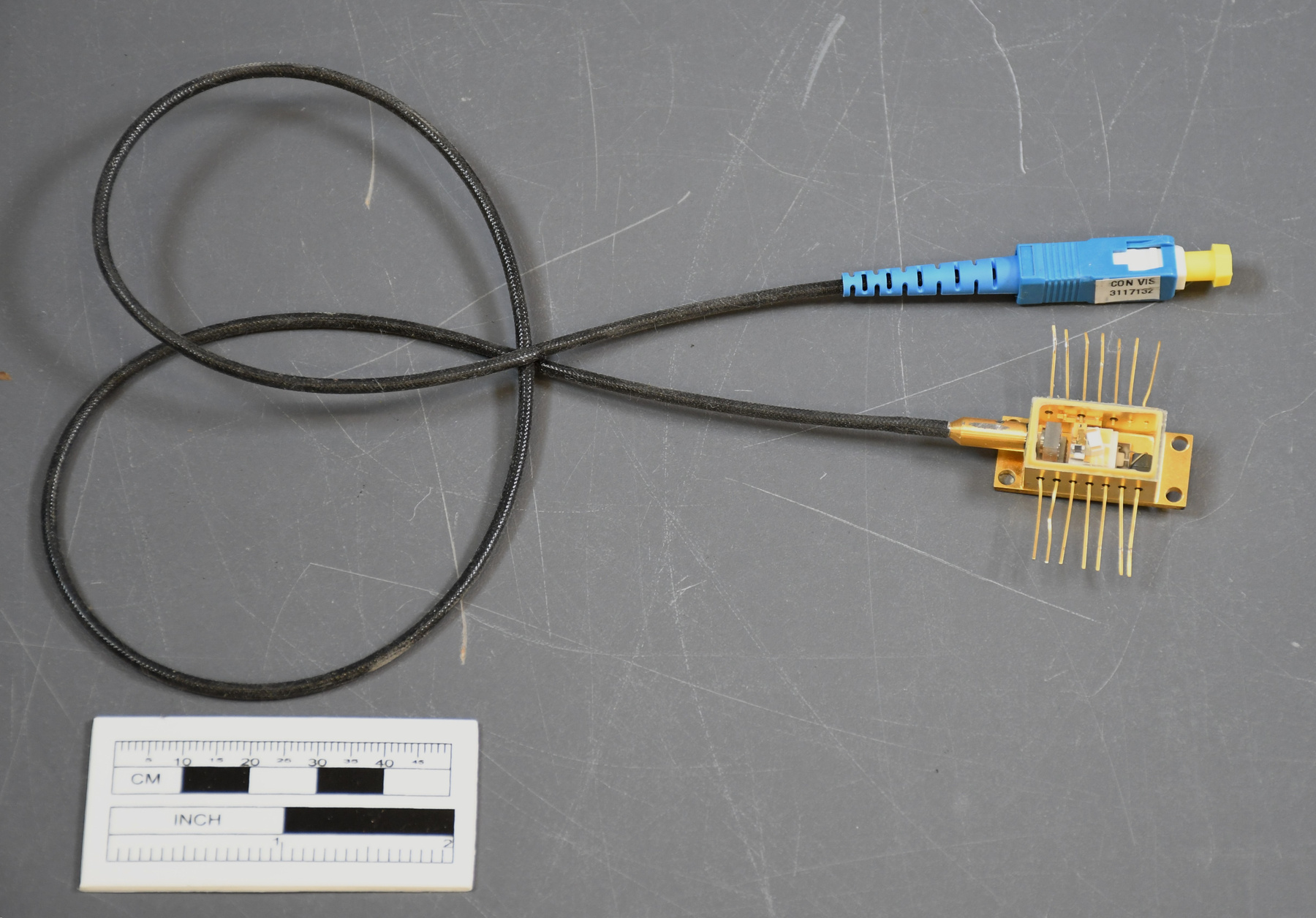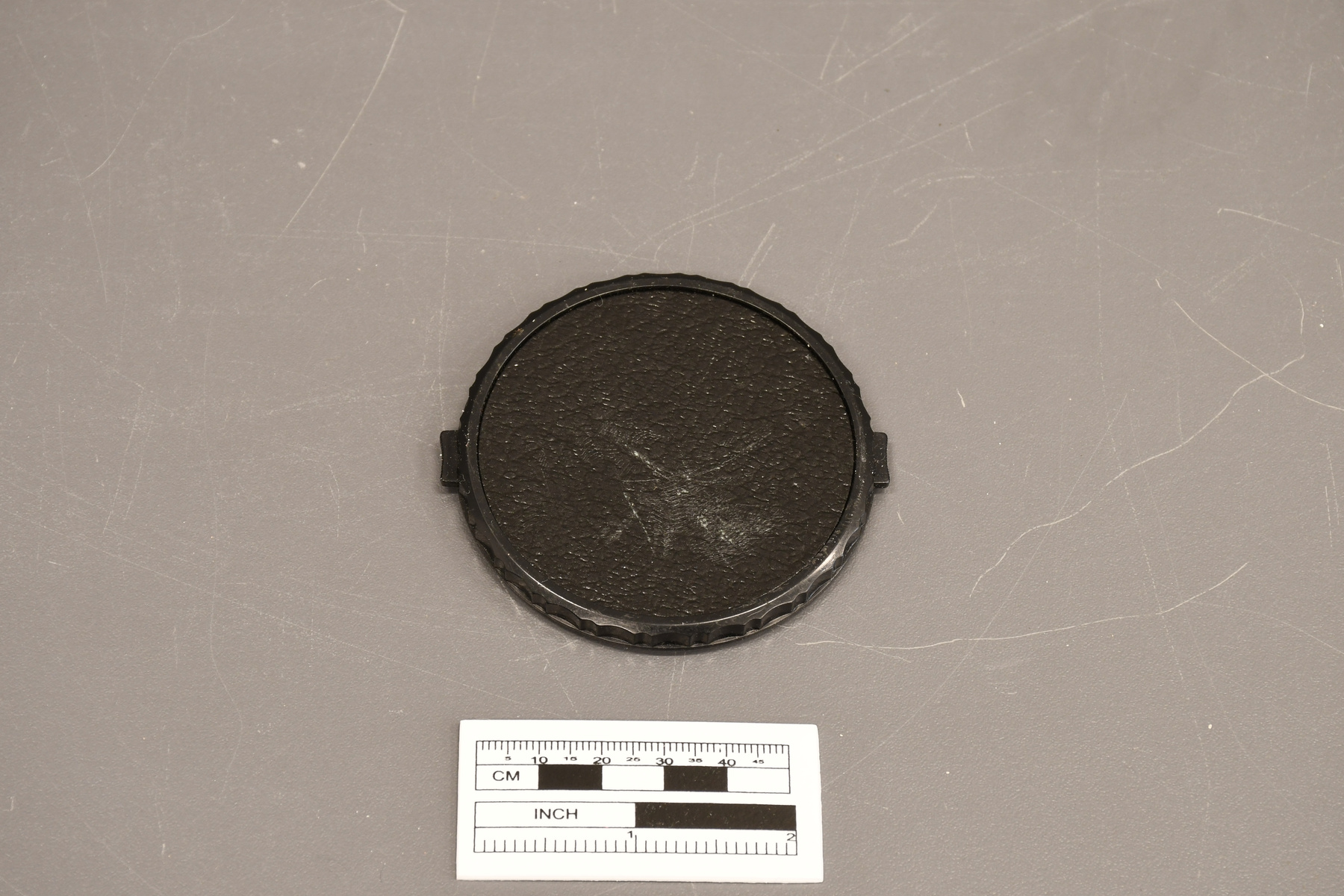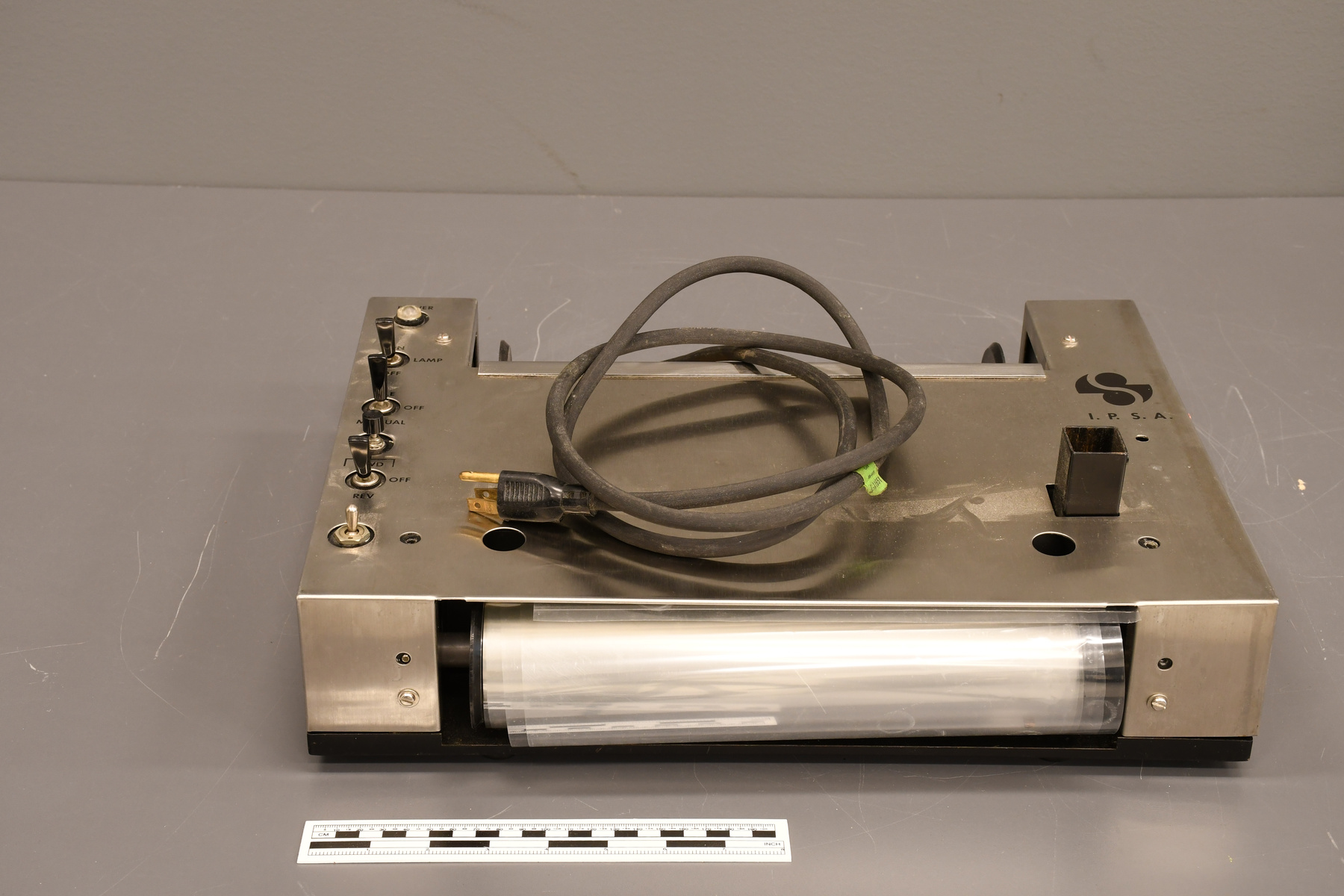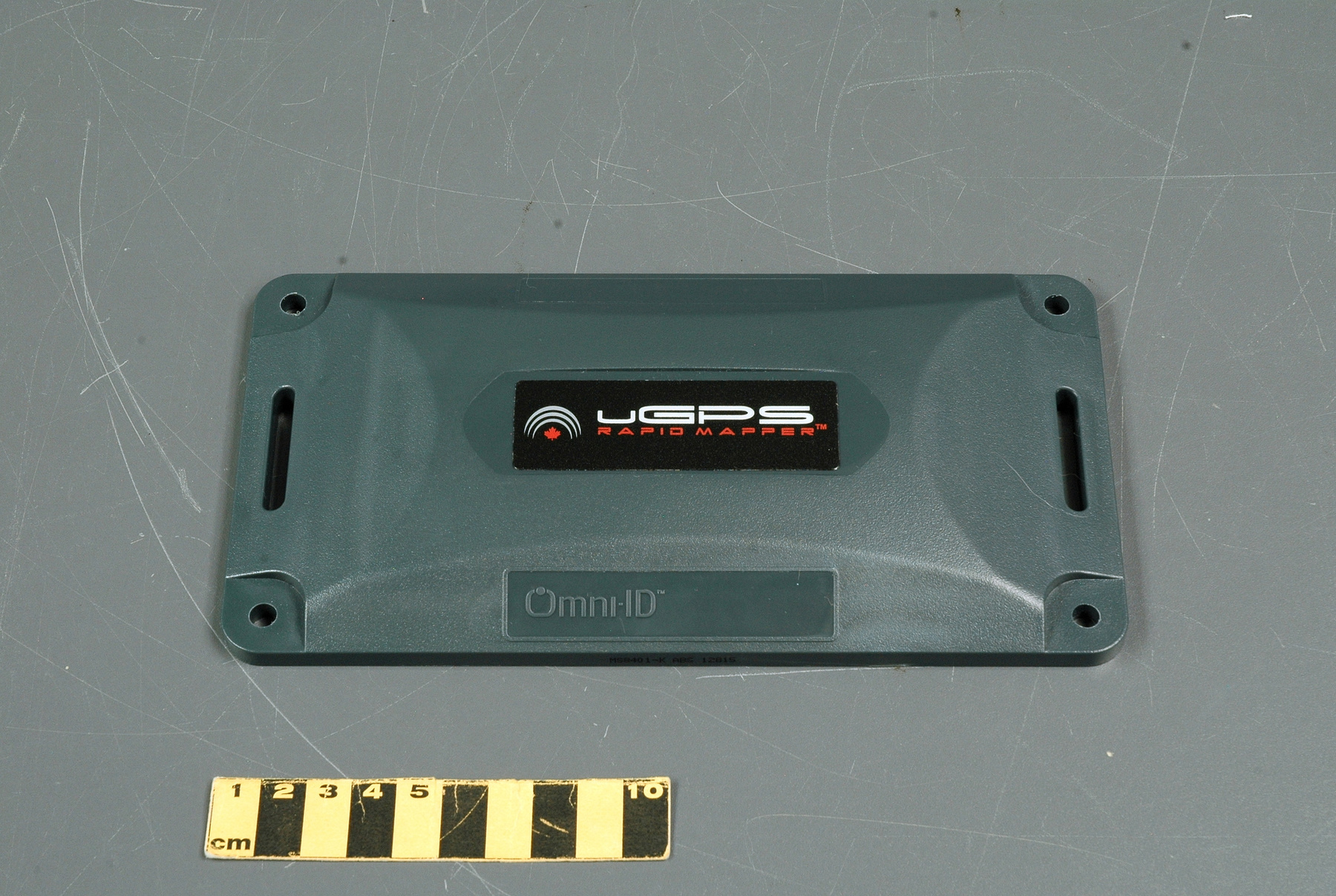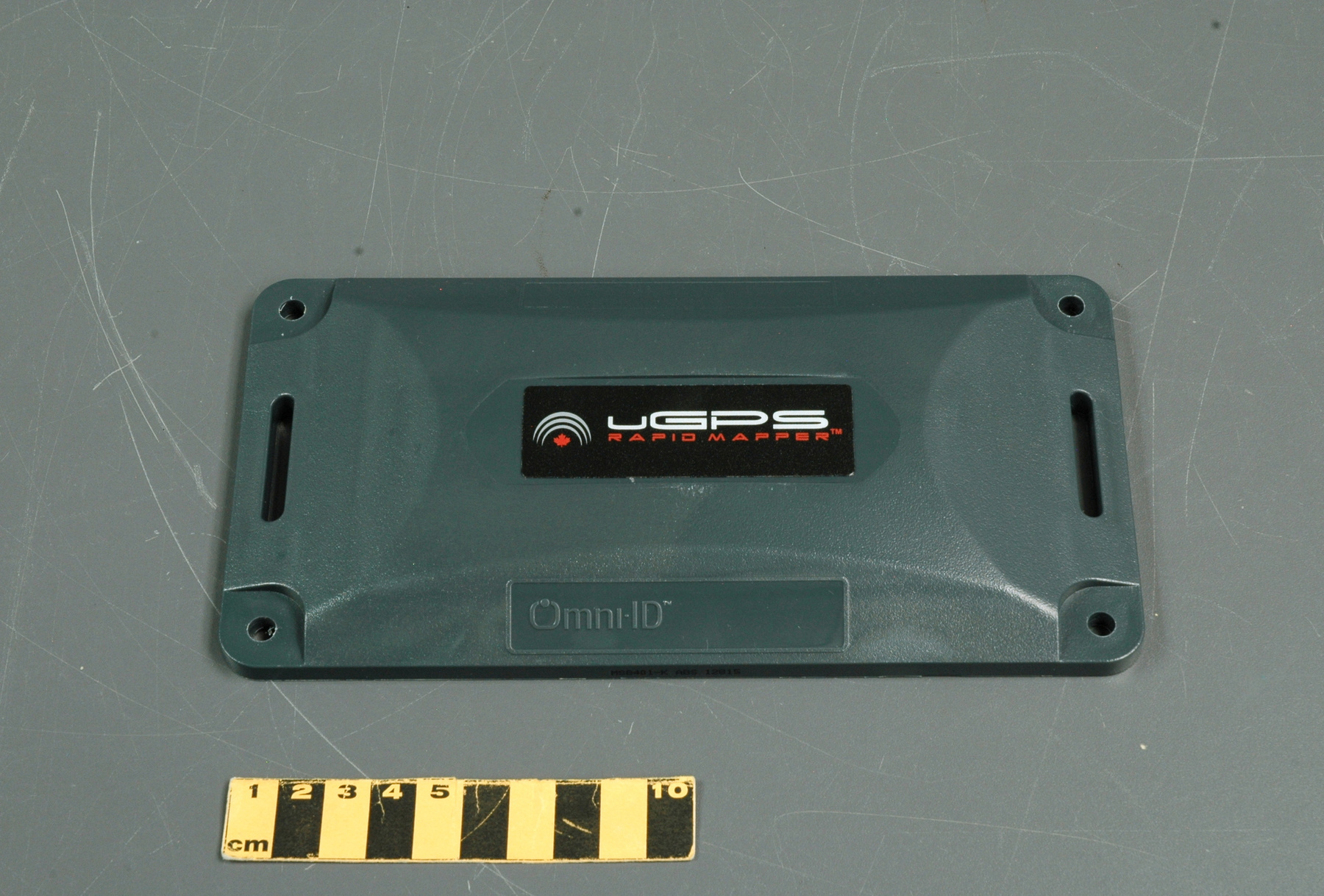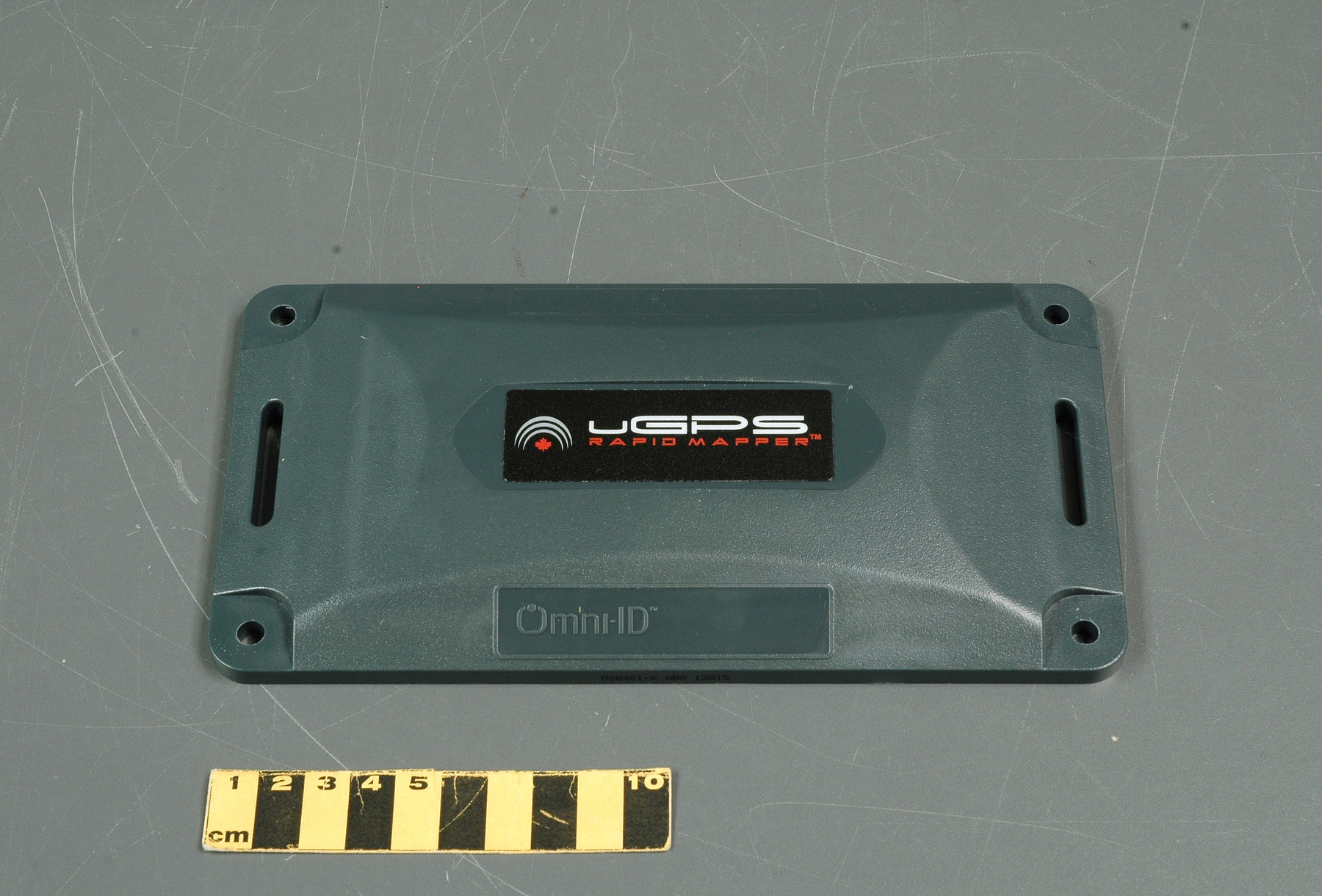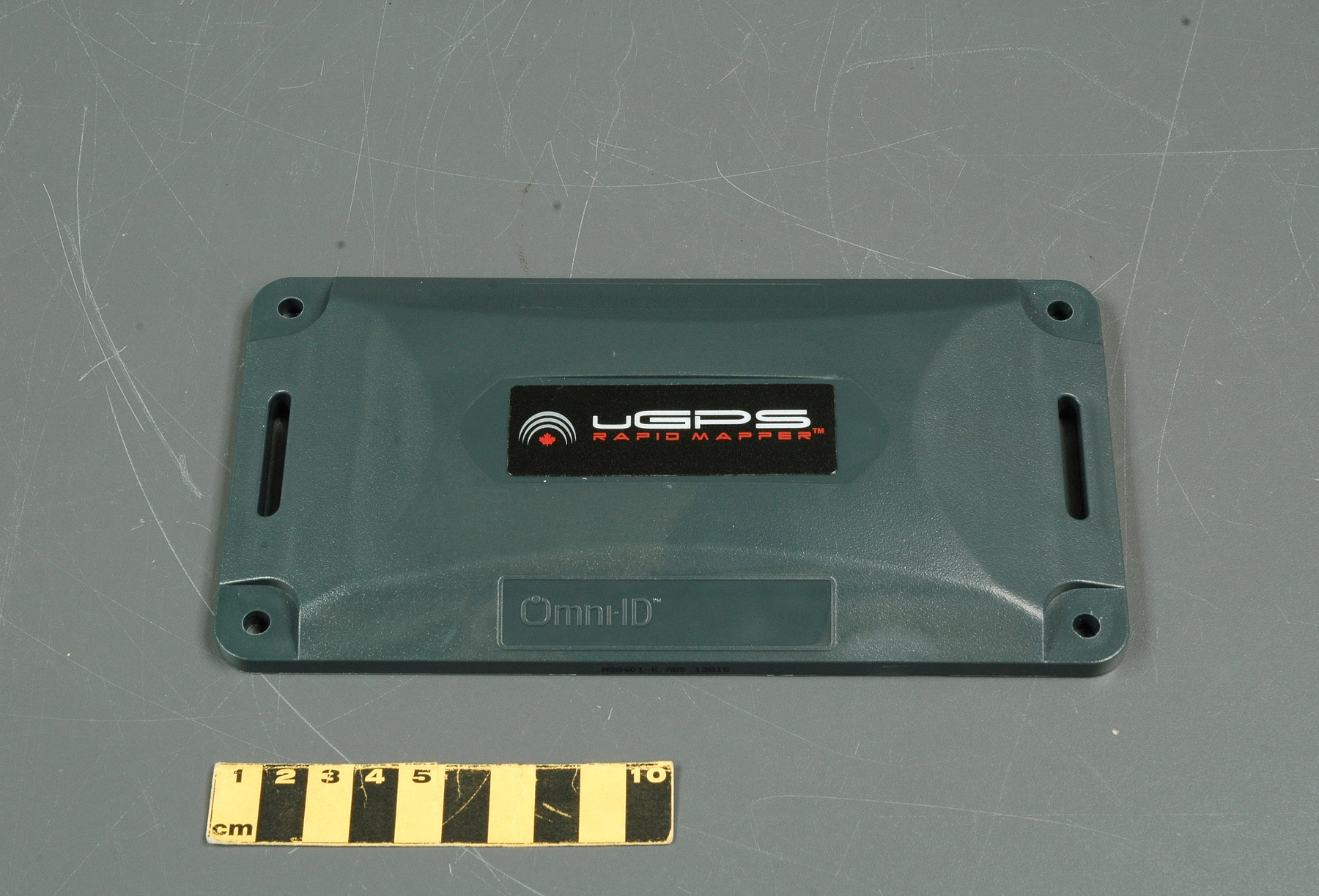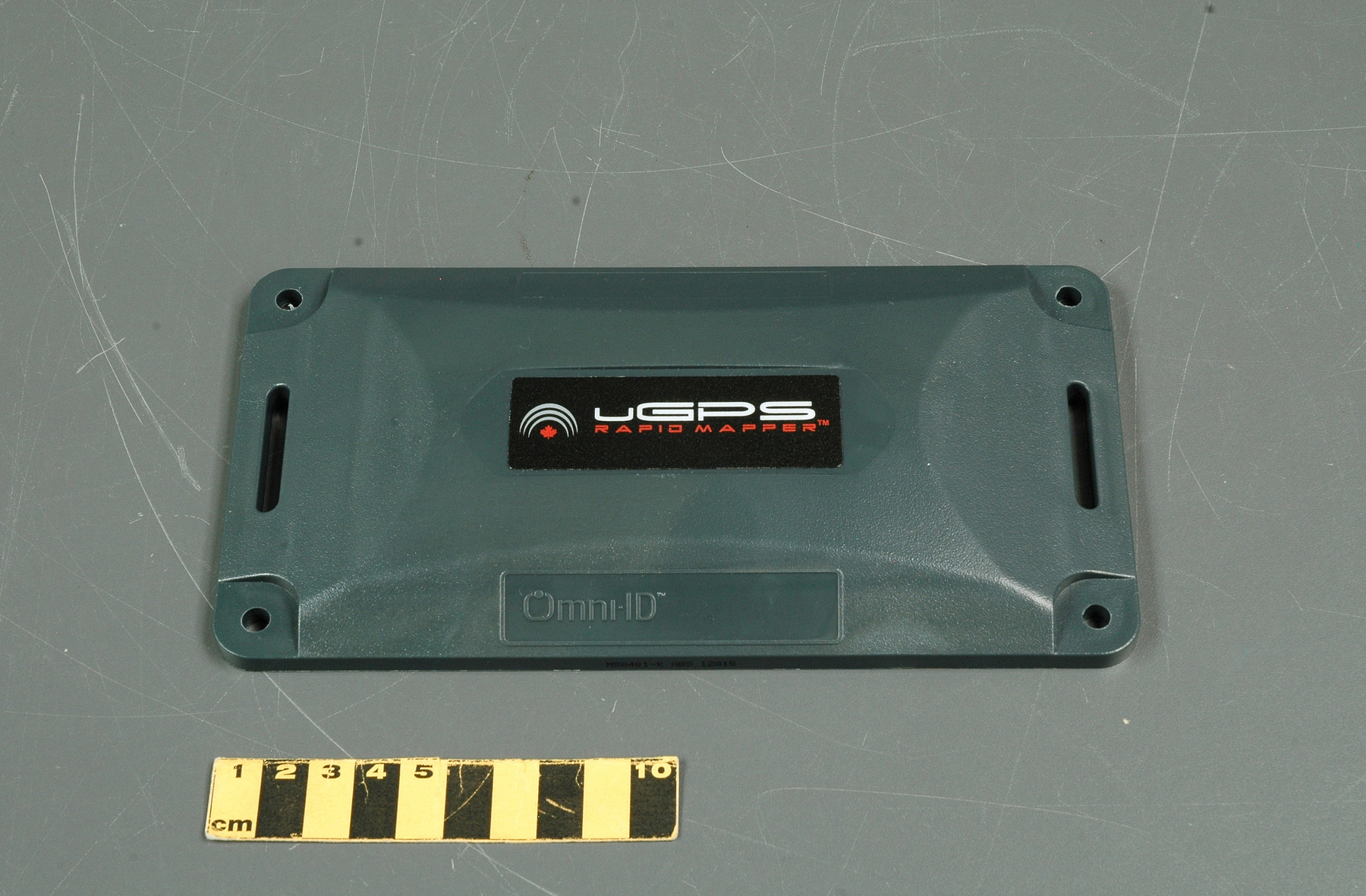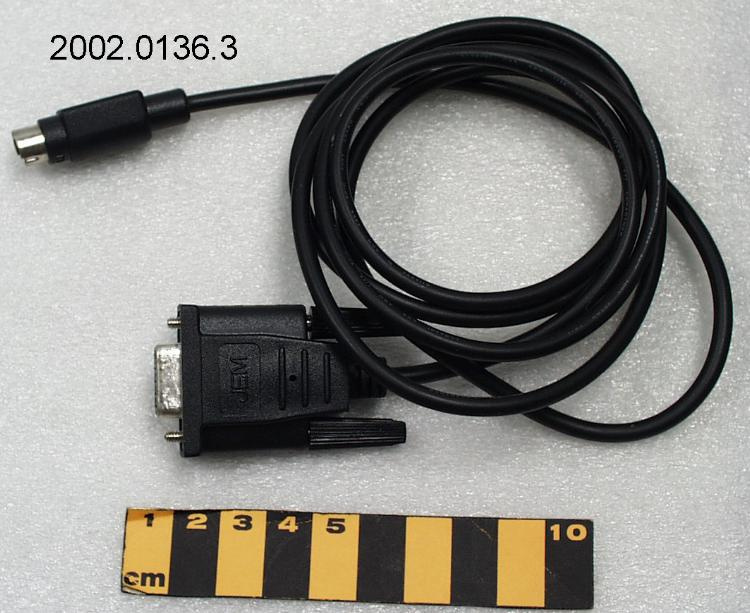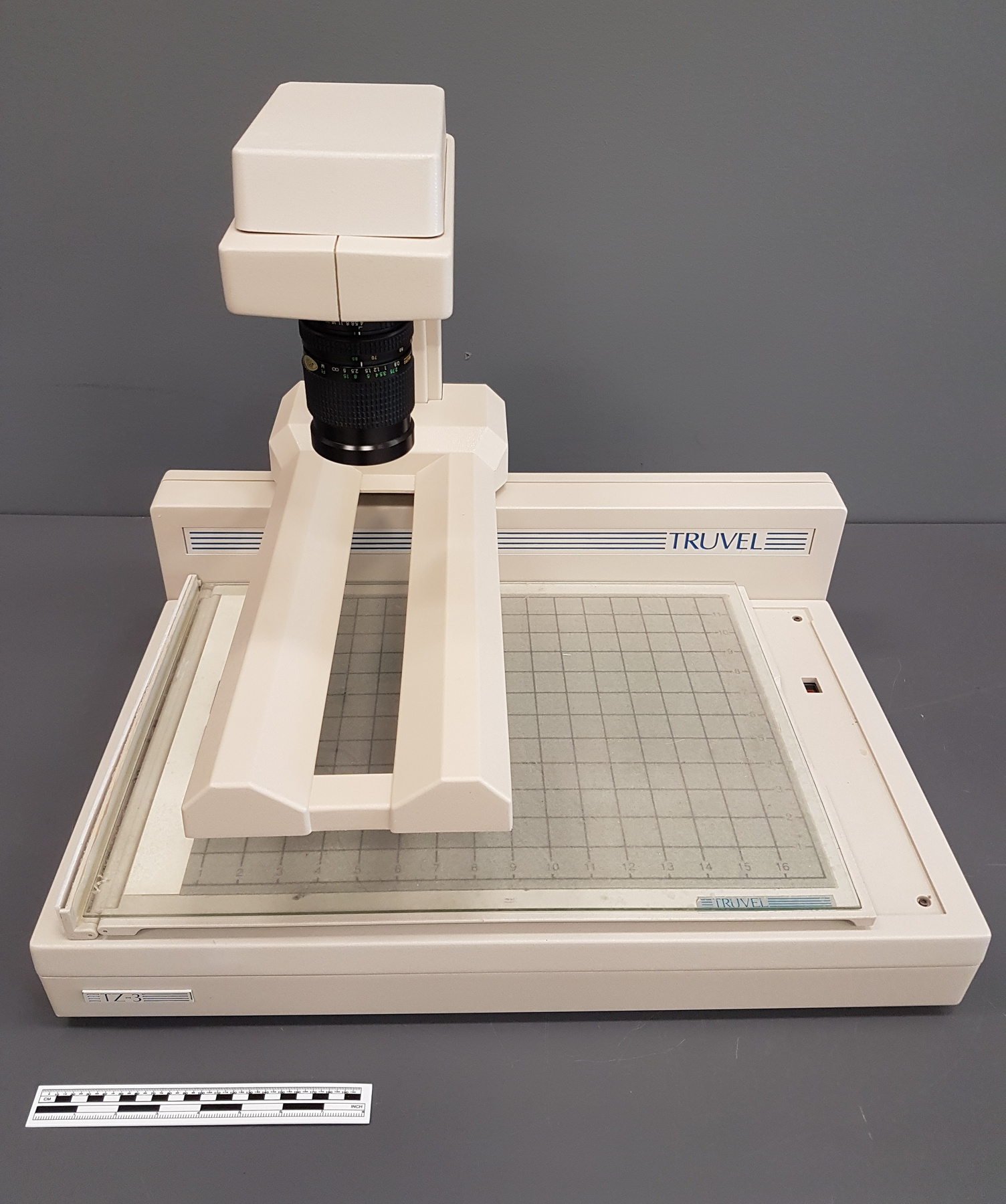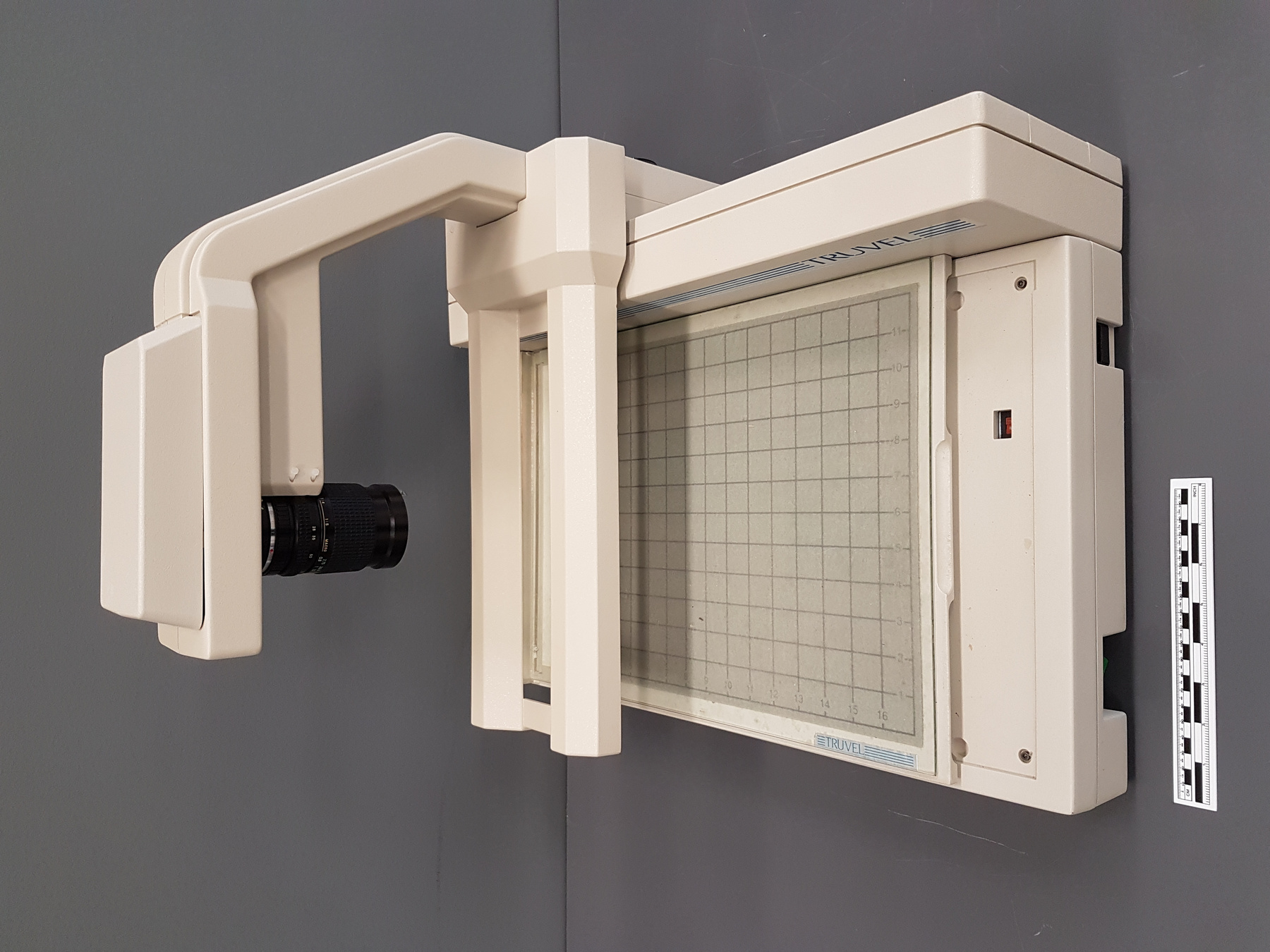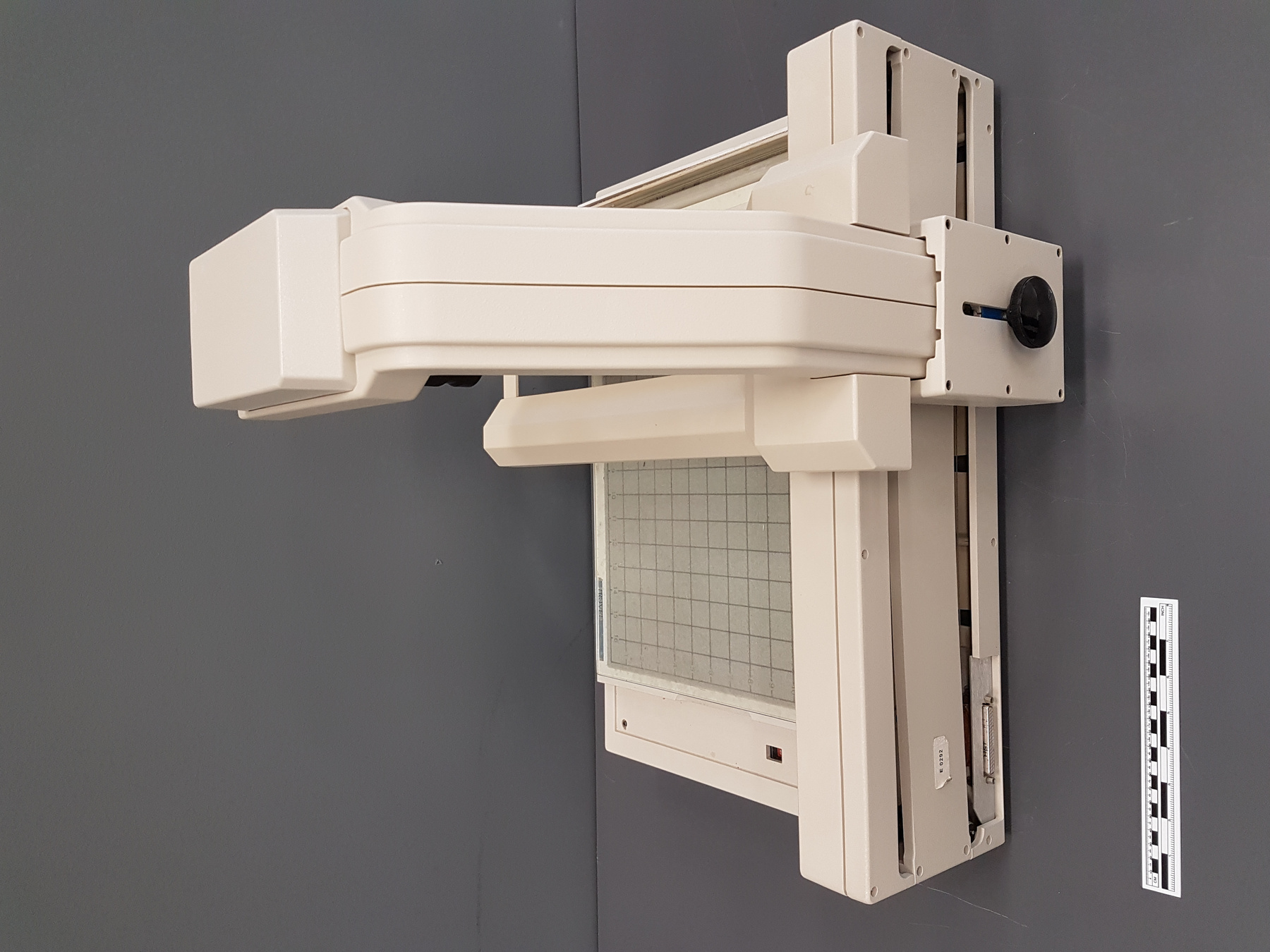Scanneur
Utiliser cette image
Puis-je réutiliser cette image sans autorisation? Oui
Les images sur le portail de la collection d’Ingenium ont la licence Creative Commons suivante :
Copyright Ingenium / CC BY-NC-ND (Attribution-NonCommercial 4.0 International (CC BY-NC 4.0)
ATTRIBUER CETTE IMAGE
Ingenium,
2014.0381.001
Permalien:
Ingenium diffuse cette image sous le cadre de licence Creative Commons et encourage son téléchargement et sa réutilisation à des fins non commerciales. Veuillez mentionner Ingenium et citer le numéro de l’artefact.
TÉLÉCHARGER L’IMAGEACHETER CETTE IMAGE
Cette image peut être utilisée gratuitement pour des fins non commerciales.
Pour un usage commercial, veuillez consulter nos frais de reproduction et communiquer avec nous pour acheter l’image.
- TYPE D’OBJET
- 3D
- DATE
- Inconnu
- NUMÉRO DE L’ARTEFACT
- 2014.0381.001
- FABRICANT
- Inconnu
- MODÈLE
- TZ-3
- EMPLACEMENT
- Inconnu
Plus d’information
Renseignements généraux
- Nº de série
- 11693
- Nº de partie
- 1
- Nombre total de parties
- 3
- Ou
- S/O
- Brevets
- S/O
- Description générale
- Beige synthetic 3-dimension scanner with zoom lens.
Dimensions
Remarque : Cette information reflète la taille générale pour l’entreposage et ne représente pas nécessairement les véritables dimensions de l’objet.
- Longueur
- 49,0 cm
- Largeur
- 60,0 cm
- Hauteur
- 54,0 cm
- Épaisseur
- S/O
- Poids
- S/O
- Diamètre
- S/O
- Volume
- S/O
Lexique
- Groupe
- Technologie informatique
- Catégorie
- S/O
- Sous-catégorie
- S/O
Fabricant
- Ou
- Inconnu
- Pays
- Inconnu
- État/province
- Inconnu
- Ville
- Inconnu
Contexte
- Pays
- Canada
- État/province
- Ontario
- Période
- Inconnu
- Canada
-
Early 3-Scanner developed prior to the invention of the CCD chip; It used an optical zoom lens. This model was used at the Ontario College of Art and Design (OCAD) in Toronto, Ontario. Un des premiers développements après l'invention du capteur photographique CCD. Cet appareil utilise une lentille optique. Ce modèle était utilisé à l'Université de l'École d'art et de design de l'Ontario à Toronto, en Ontario. - Fonction
-
Scanning objects in 3-D Analysé des objects en trois dimensions. - Technique
-
In the timelines of computer scanning history, the Truvel TZ3 is often mentioned as the first scanner with zoom lens. The scanner was introduced in 1989 at the CeBIT and production started in 1990. The donor purchased the scanner around 2005 from OCAD (Toronto) with the idea of making it into an art object. They had purchased newer scanner equipment and deemed this scanner to be obsolete. They probably purchased it directly from MacKenzie Brown who used to be the sole distributor in Canada. Dans l'histoire des analyseurs numérique, le Truvel TZ3 est souvent reconnu comme étant le premier analyseur avec une lentille zoom. Cet analyseur a été introduit en 1989 au CeBIT (salon des technologies de l'information et de la bureautique) en Allemagne et la production a débuté en 1990. Le donateur a acheté l'analyseur vers 2005 de l'Université de l'École d'art et de design de l'Ontario avec l'idée de l'utiliser comme objet d'art. L'université avait déjà acheté des analyseurs plus récents et ce modèle était considéré obsolète. Ils l'ont probablement acheté directement de MacKenzie Brown, qui était le seul distributeur d'analyseur au Canada. - Notes sur la région
-
Inconnu
Détails
- Marques
- Under the arm feature: " TRUVEL " At the bottom of the front of the scanner: " TZ-3 " On the left side of the scanner there is a small green plate with discoloured writing with the numbers " 30176 " On the back of the scanner there is a white sticker: " E292 " On the outside of the zoom lens, from the top to the bottom: " 4 5 6 8 11 16 22 /. 28 35 50 70 85 /. 1:4 1:5 MACRO 0.8 1 1.2 1.5 2.5 5 M /. 2.75 3.5 4 5 8 15 FT /. PASSED /. JCII 81 /. C/D JMDC. "
- Manque
- None apparent
- Fini
- Beige textured synthetic scanner. On the bottom half of the scanner there is a glass plate with a numbered grid underneath to place the objects to be scanned. On the top portion of the scanner there is a black zoom lens attached to an arm feature of the scanner. This arm feature has the ability to move from side to side and cover the entire surface area of the glass plate below. Under the arm feature, there is the blue and white logo of the manufacturer. Behind the arm feature there is a black circular knob. On the back of the scanner there is a wide grey adaptor. On the right side of the scanner, there is a small black adapter.The scanner is held up by four black rubber pegs underneath. On the right side of the scanner there is a green synthetic on and off switch. Two metal screws attached near the glass plate and multiple metal silver screws attached underneath the scanner unit. Analyseur beige synthétique. Sur le bas de l'analyseur on y retrouve une surface en verre avec une grille numérotée. Vers le dessus de l'analyseur on y retrouve une lentille zoom noir attaché à un bras. Ce bras a l'abilité de glisser d'un coté à l'autre et recouvrir la surface entière du verre dessous. Sous le bras on y retrouve un logo bleu blanc du manufacturier. Derrière le bras on y retrouve un bouton noir circulaire. Sur le derrière de l'analyseur on y retrouve un adaptateur gris. Sur le côté droit, un petit adaptateur noir. L'analyseur est soutenu par quatre chevilles en caoutchouc. Sur le coté droit de l'analyseur il y a un interrupteur vert. On retrouve deux vis en métal à côté de la surface de verre et plusieurs vis en métal en dessous de l'objet.
- Décoration
- S/O
FAIRE RÉFÉRENCE À CET OBJET
Si vous souhaitez publier de l’information sur cet objet de collection, veuillez indiquer ce qui suit :
Fabricant inconnu, Scanneur, Date inconnue, Numéro de l'artefact 2014.0381, Ingenium - Musées des sciences et de l'innovation du Canada, http://collections.ingeniumcanada.org/fr/item/2014.0381.001/
RÉTROACTION
Envoyer une question ou un commentaire sur cet artefact.
Plus comme ceci
